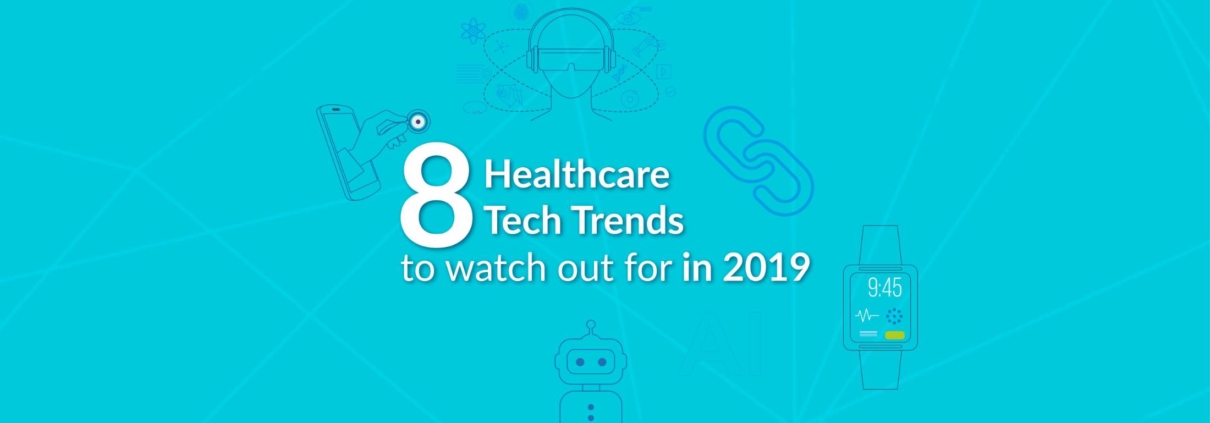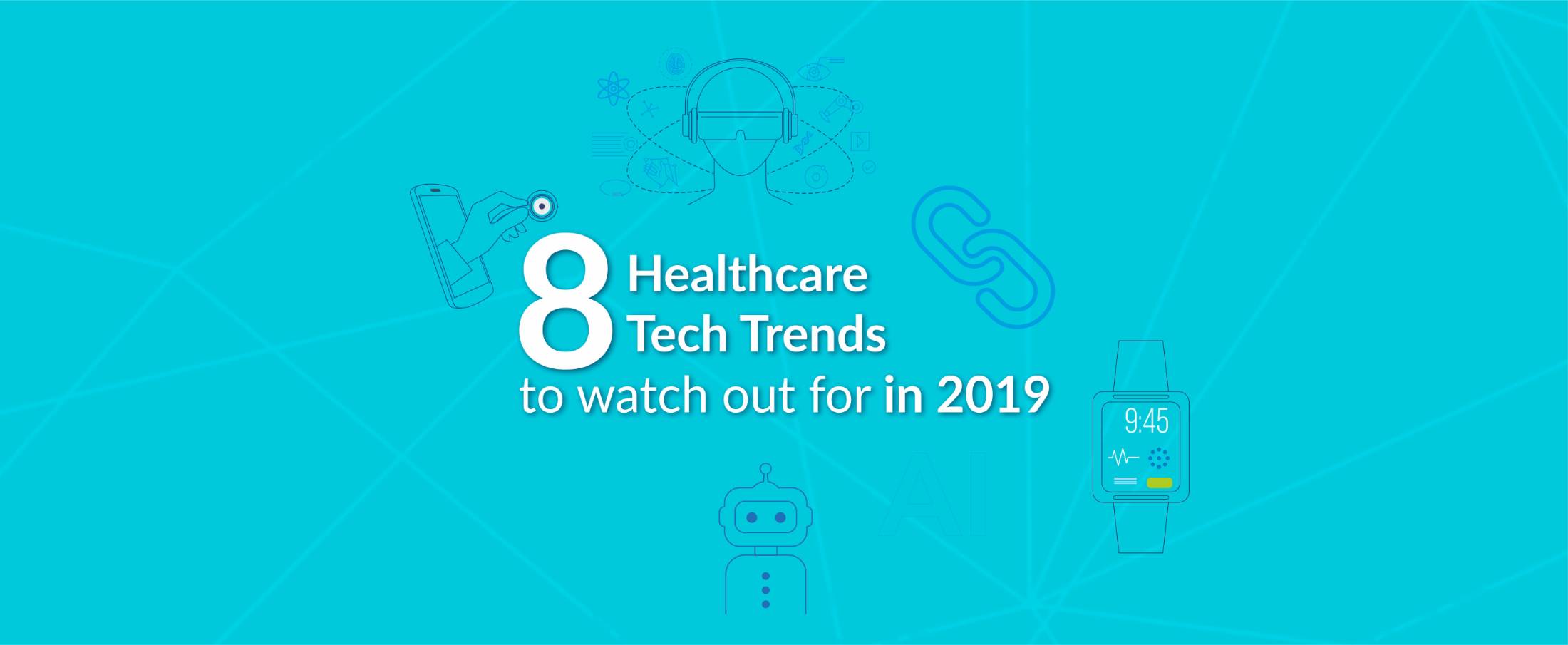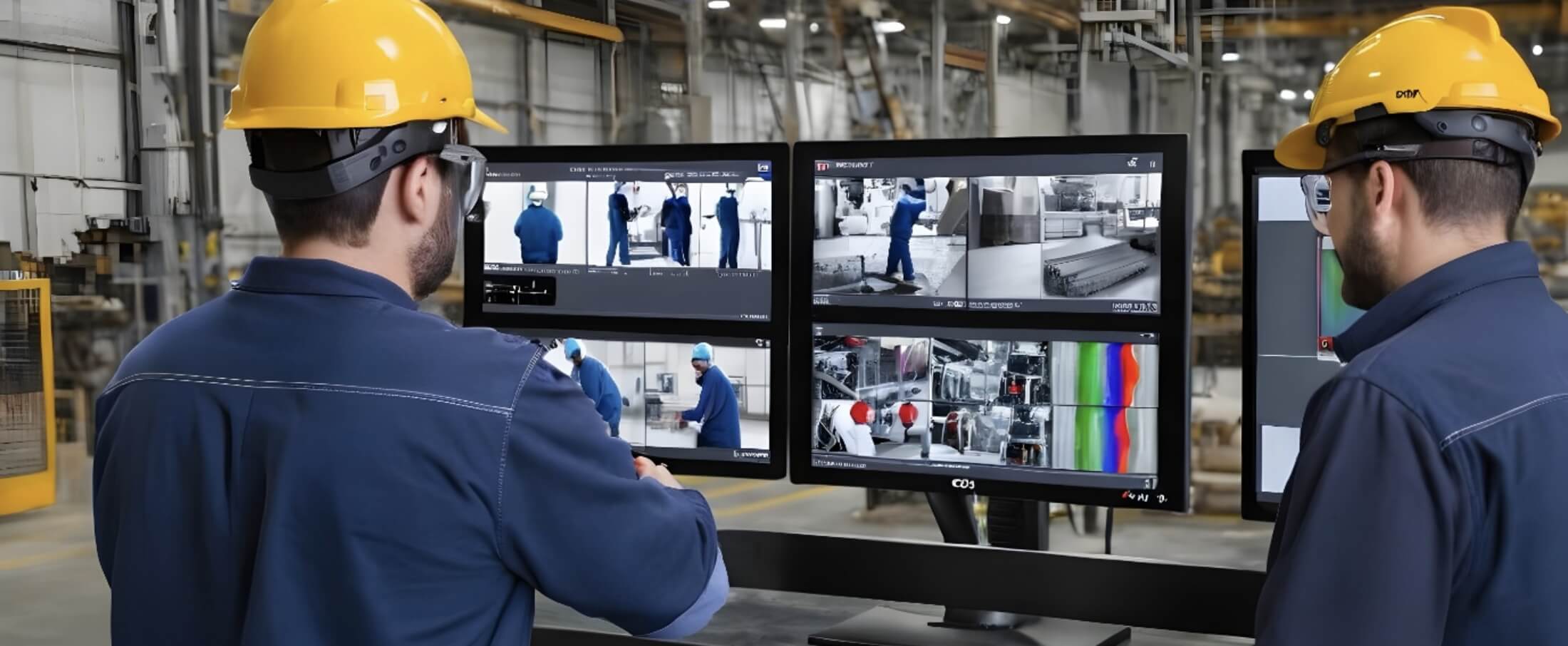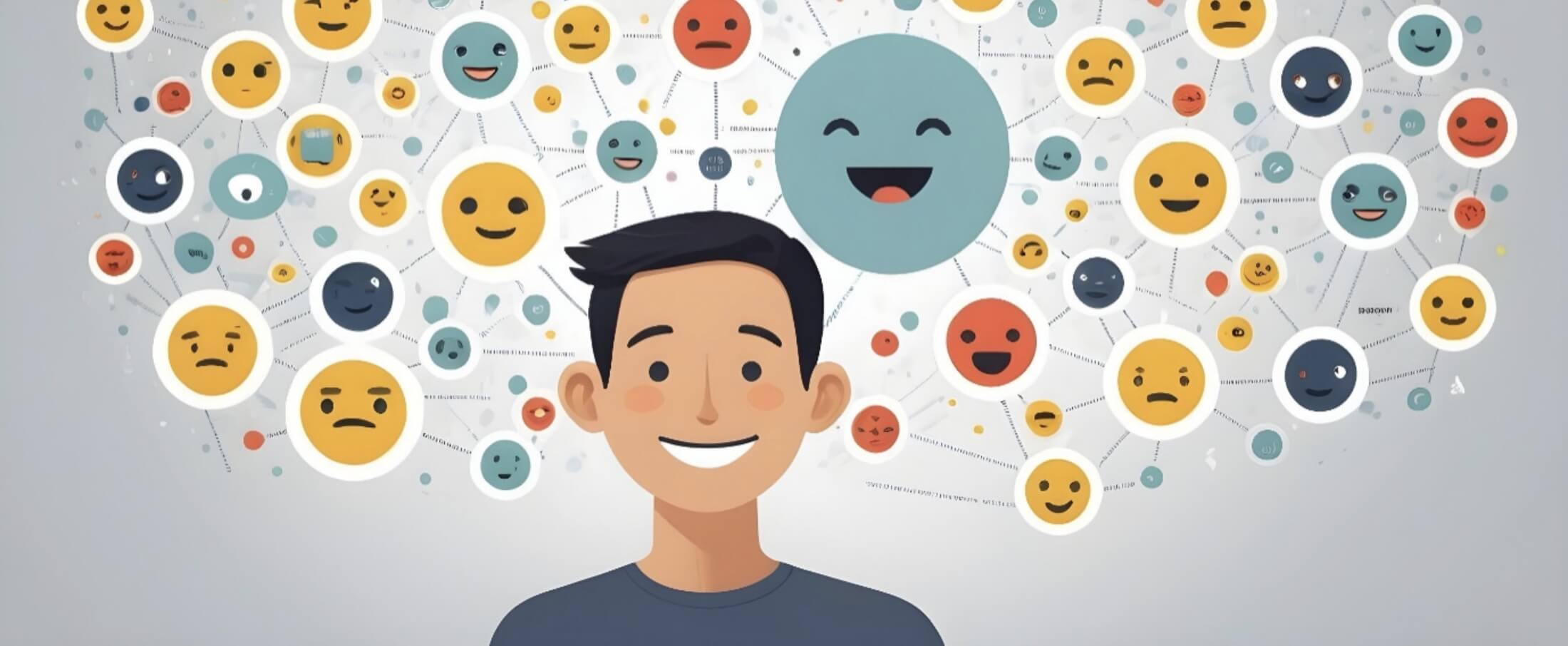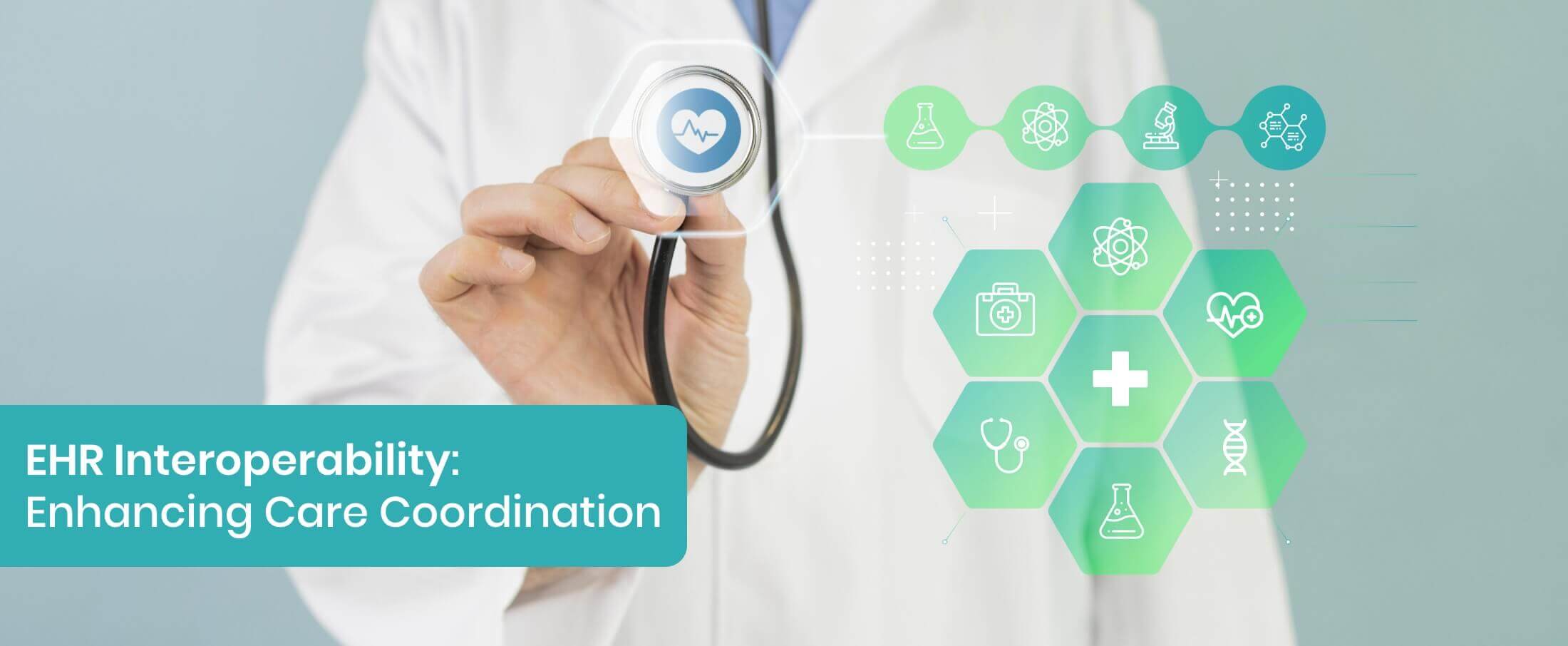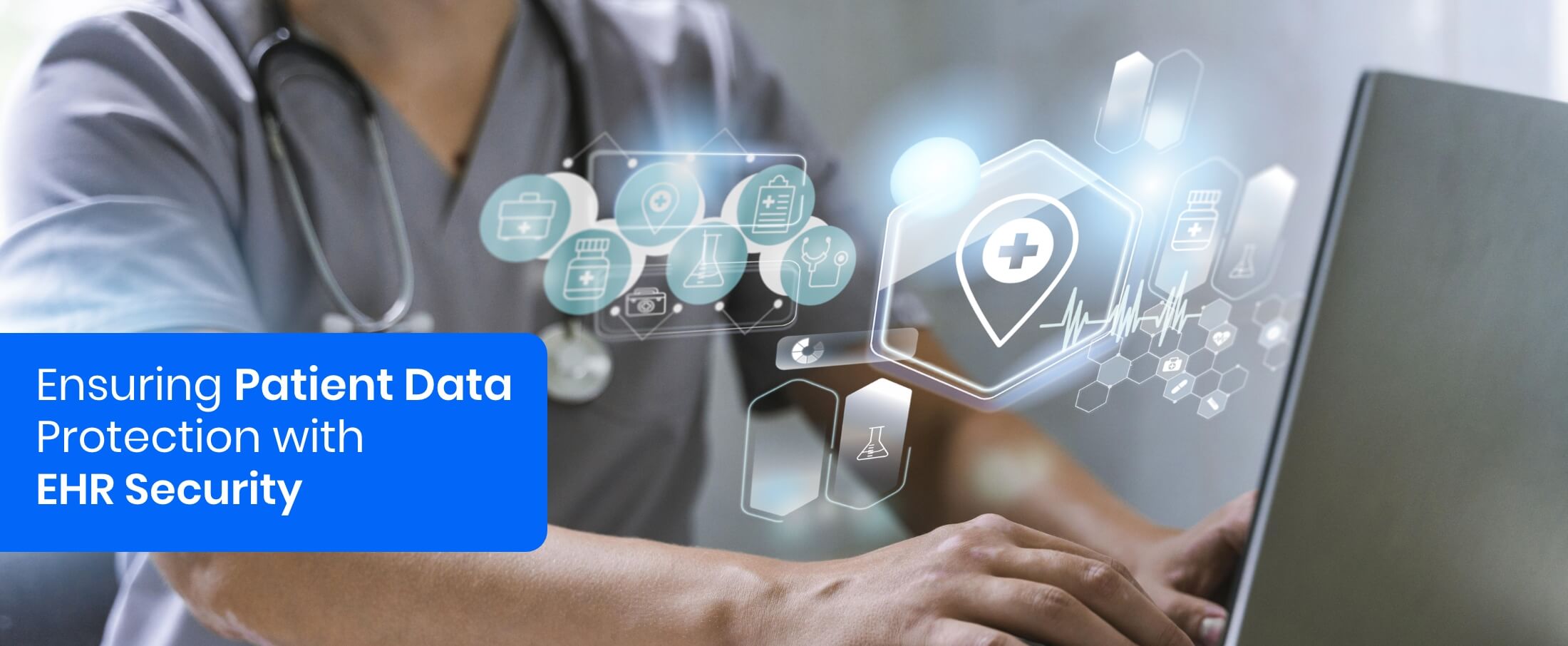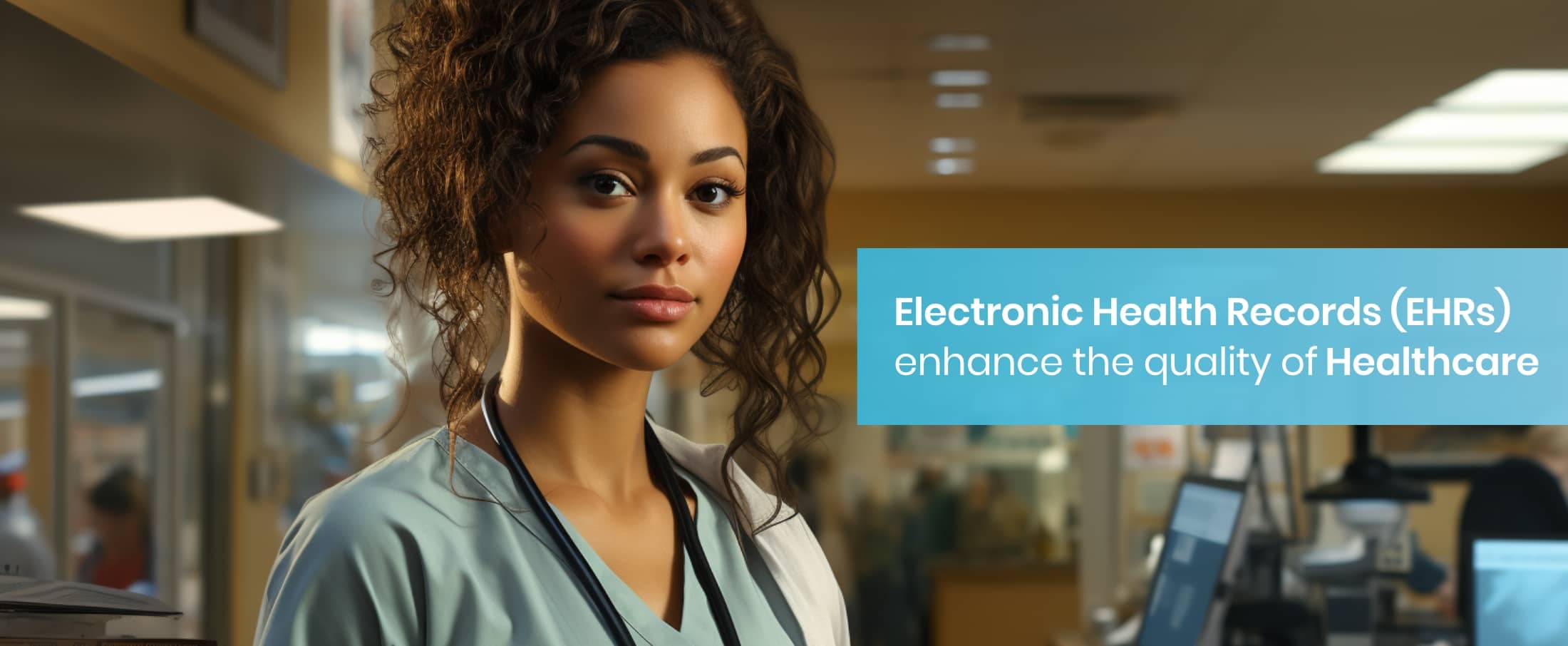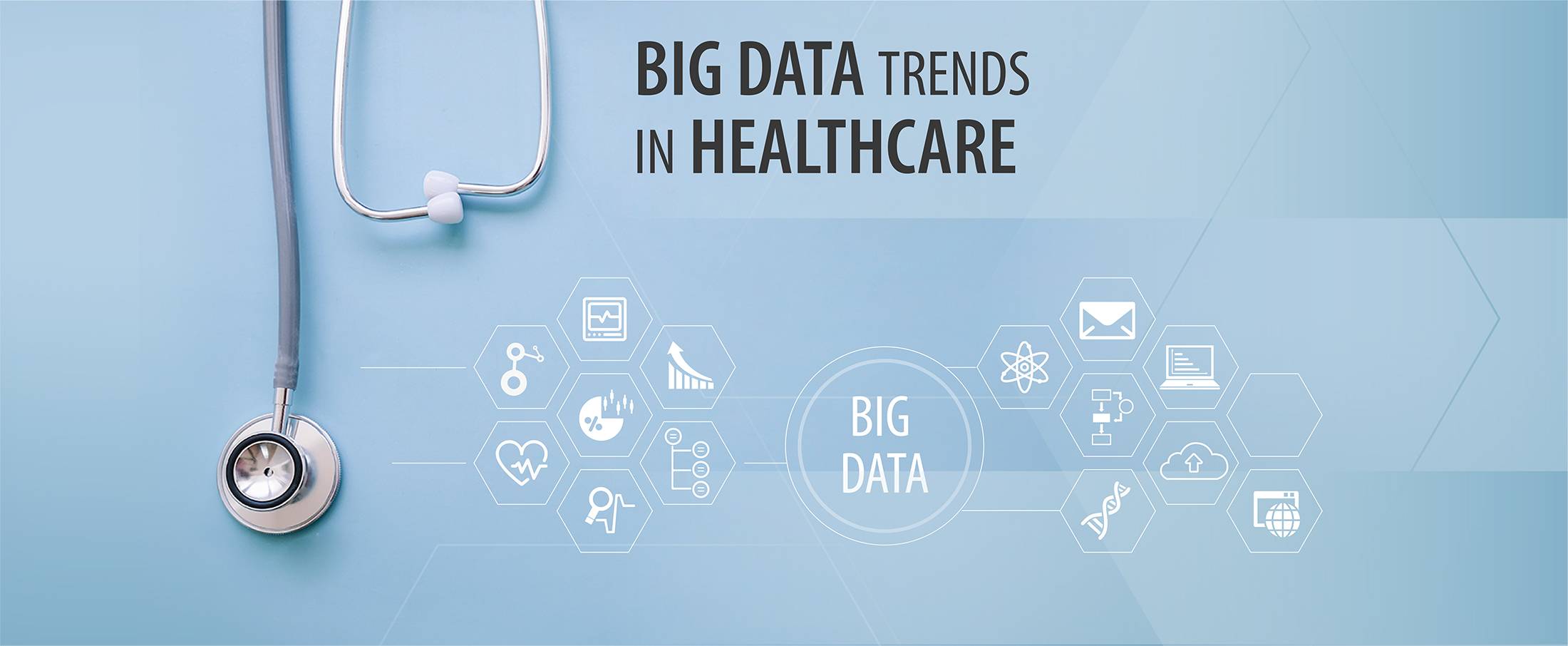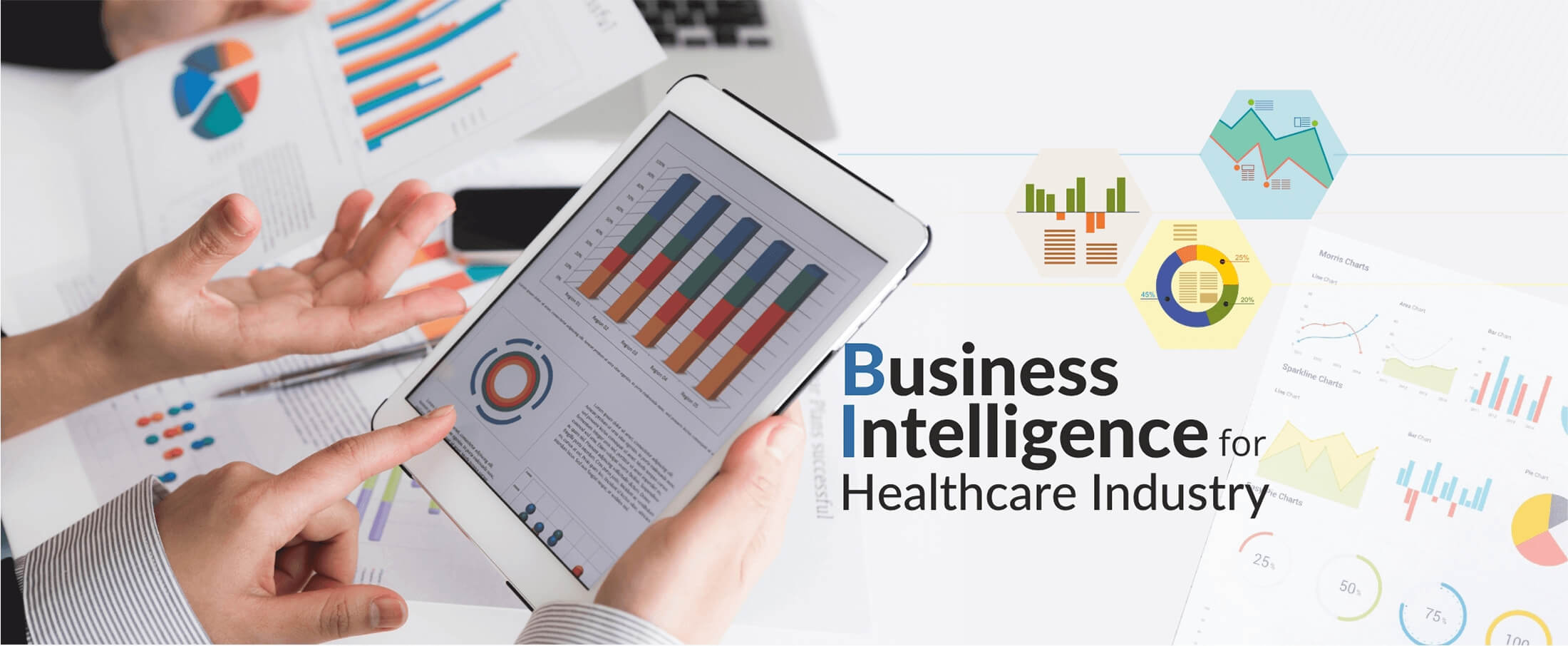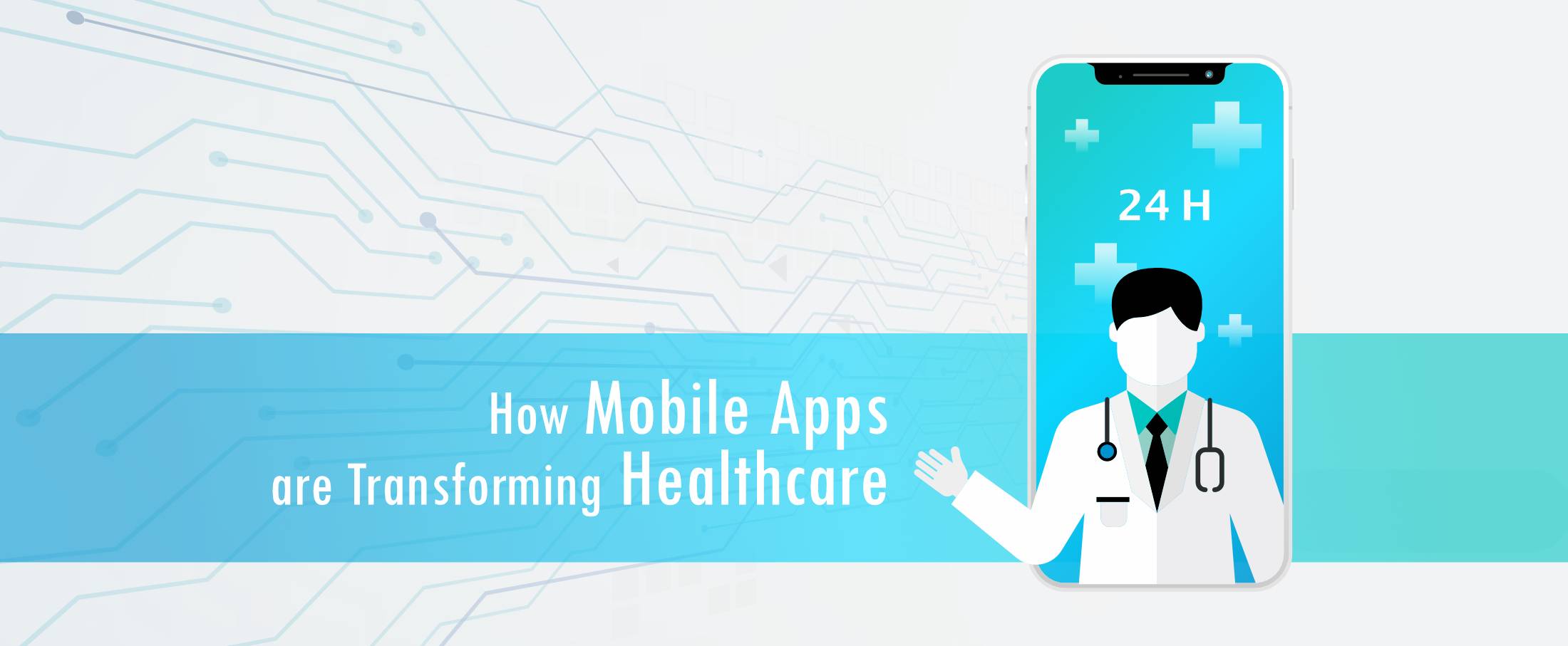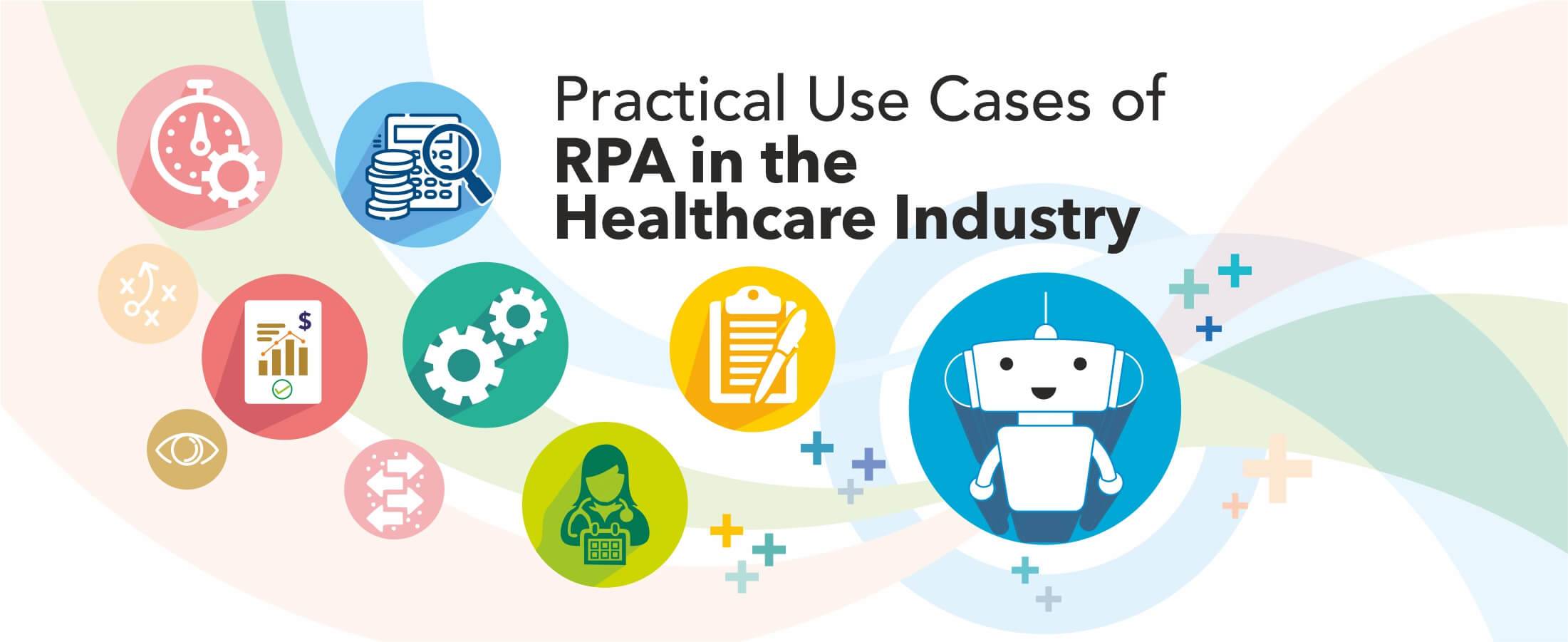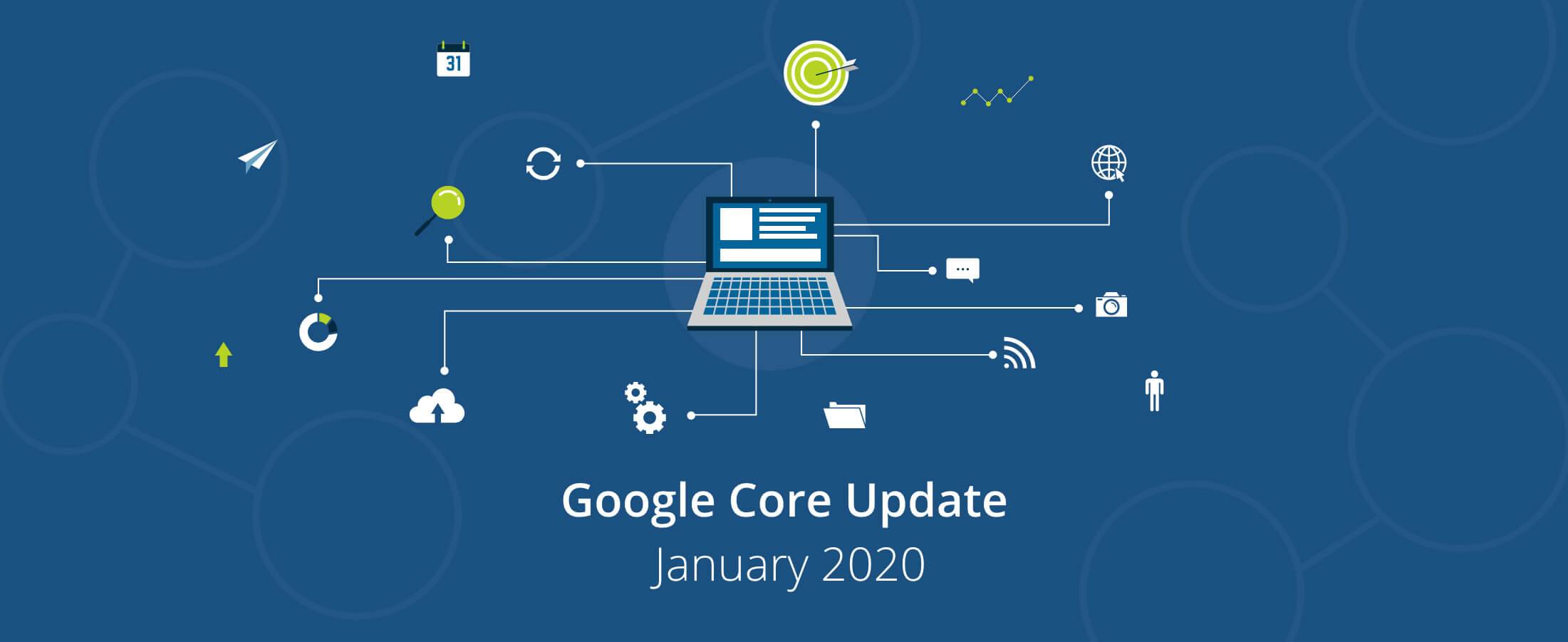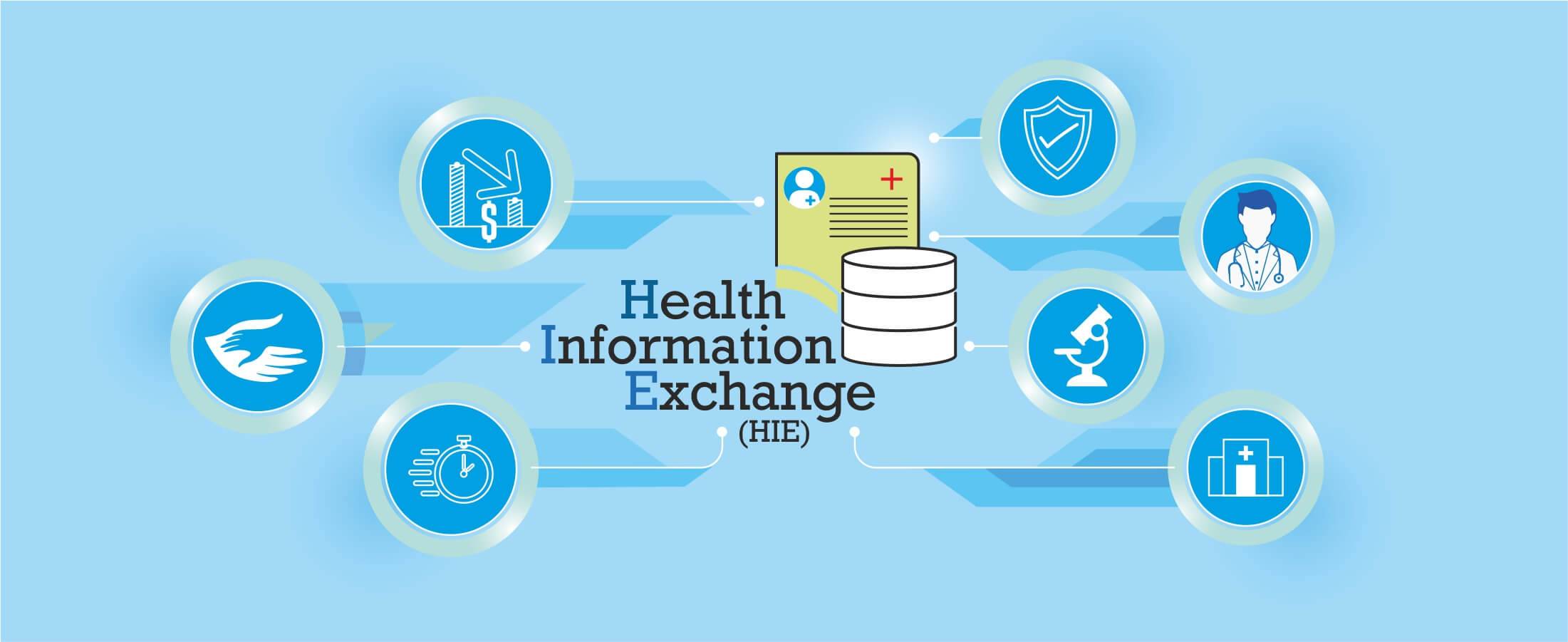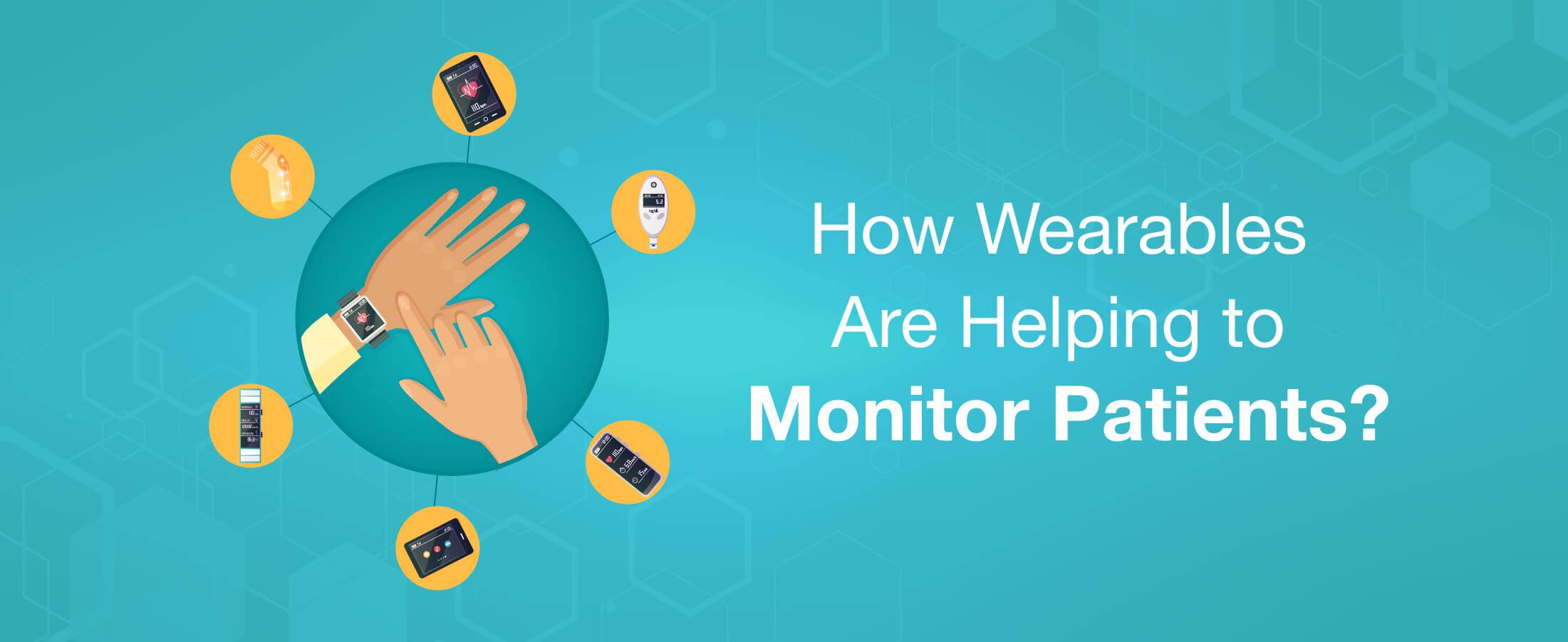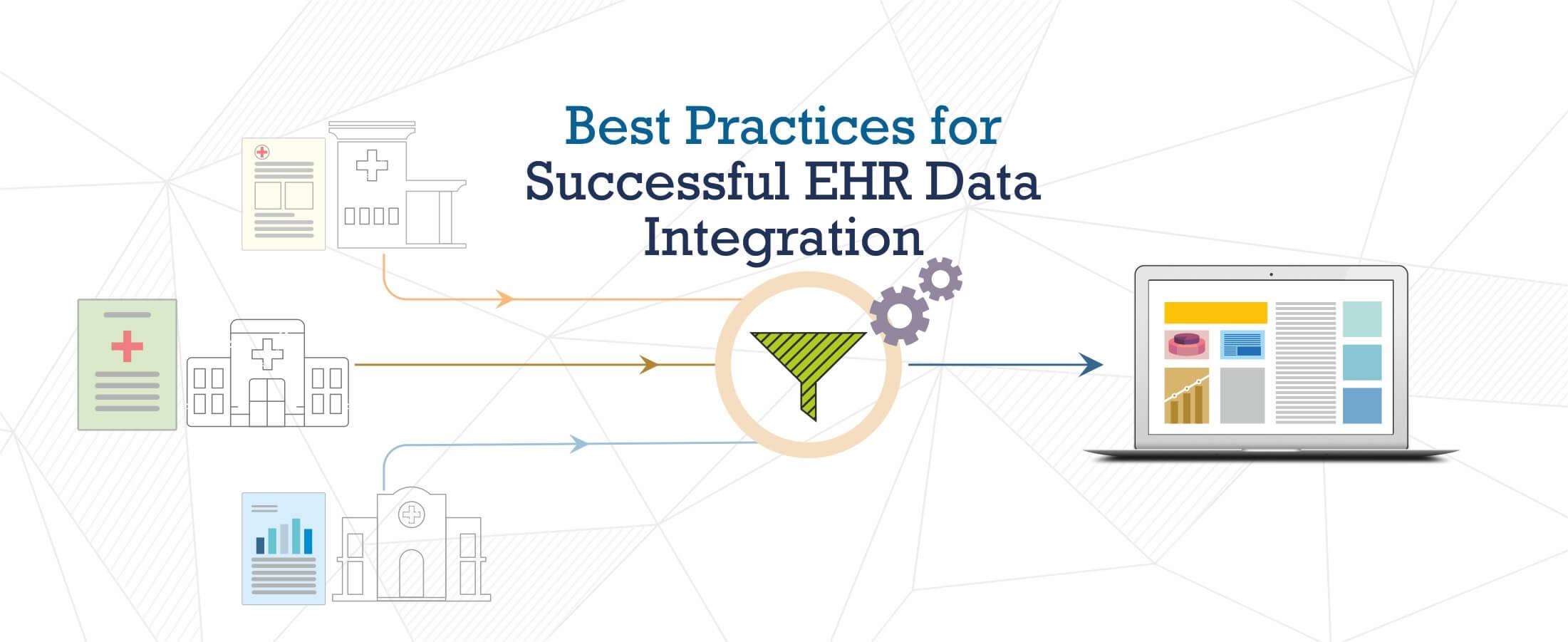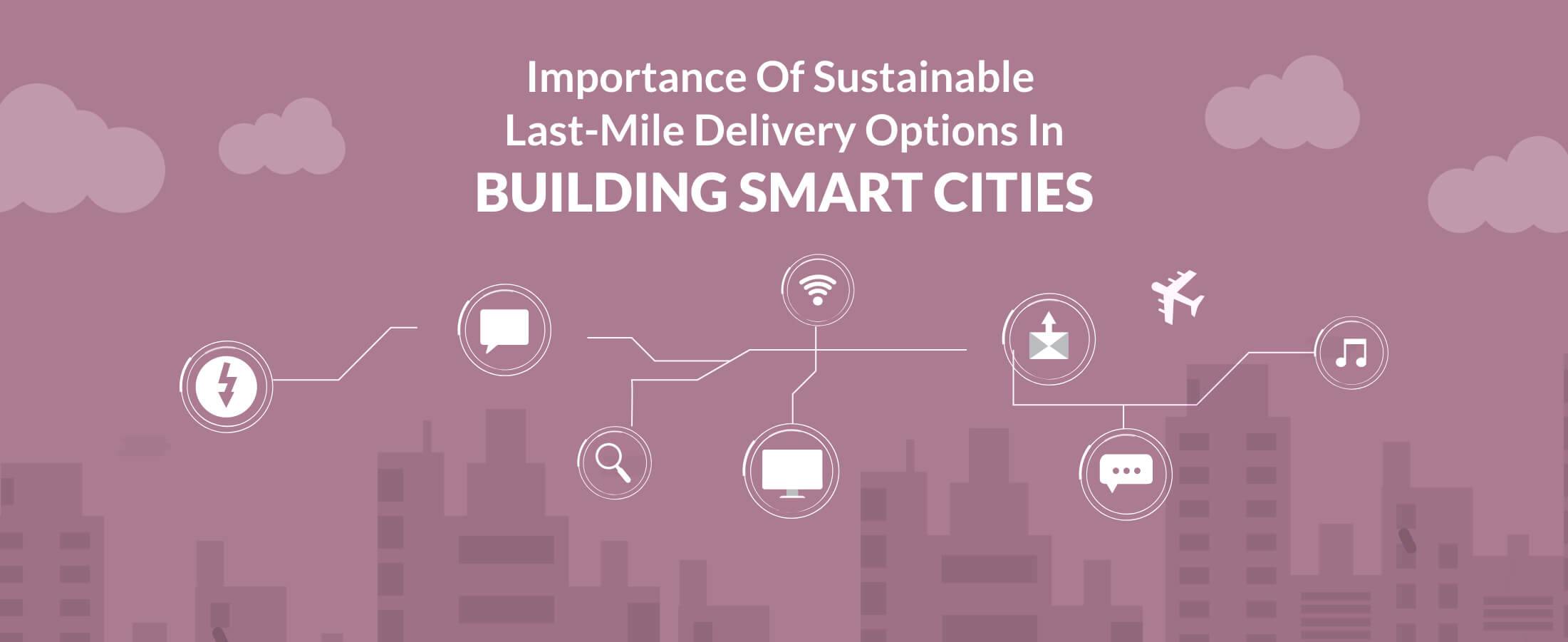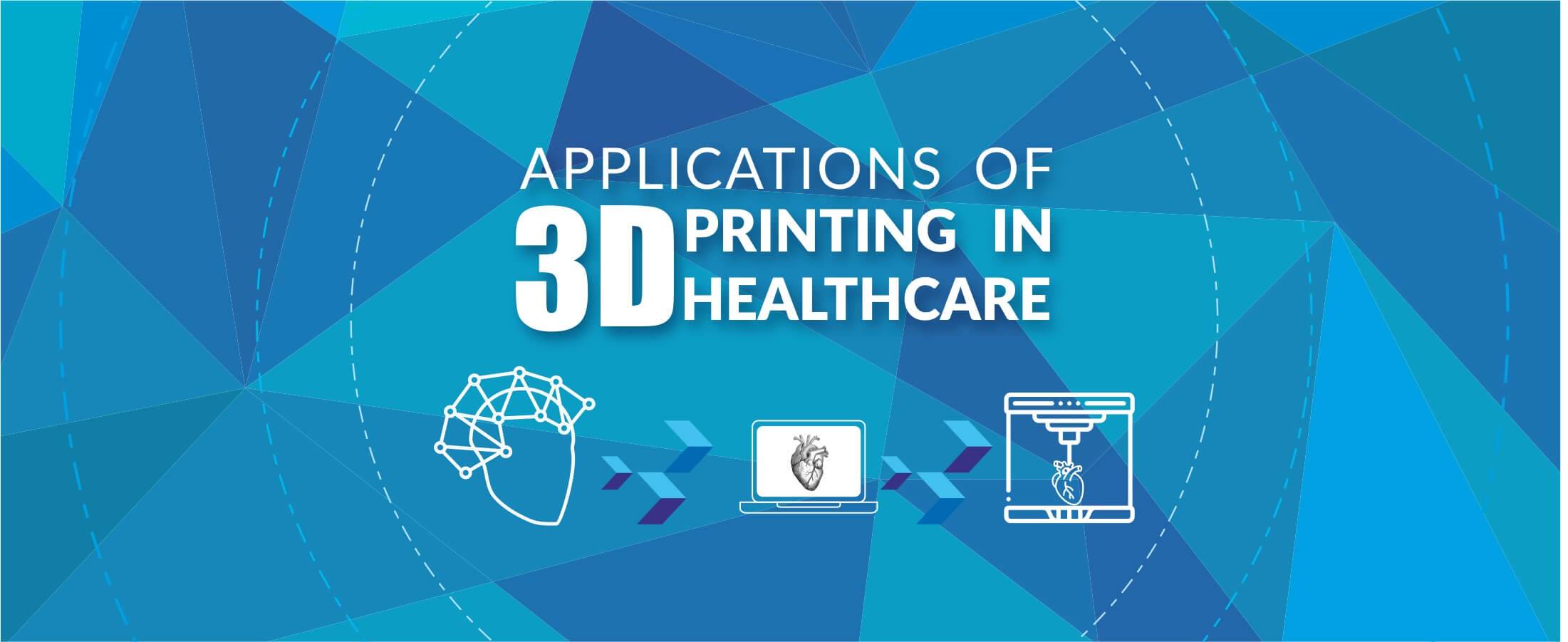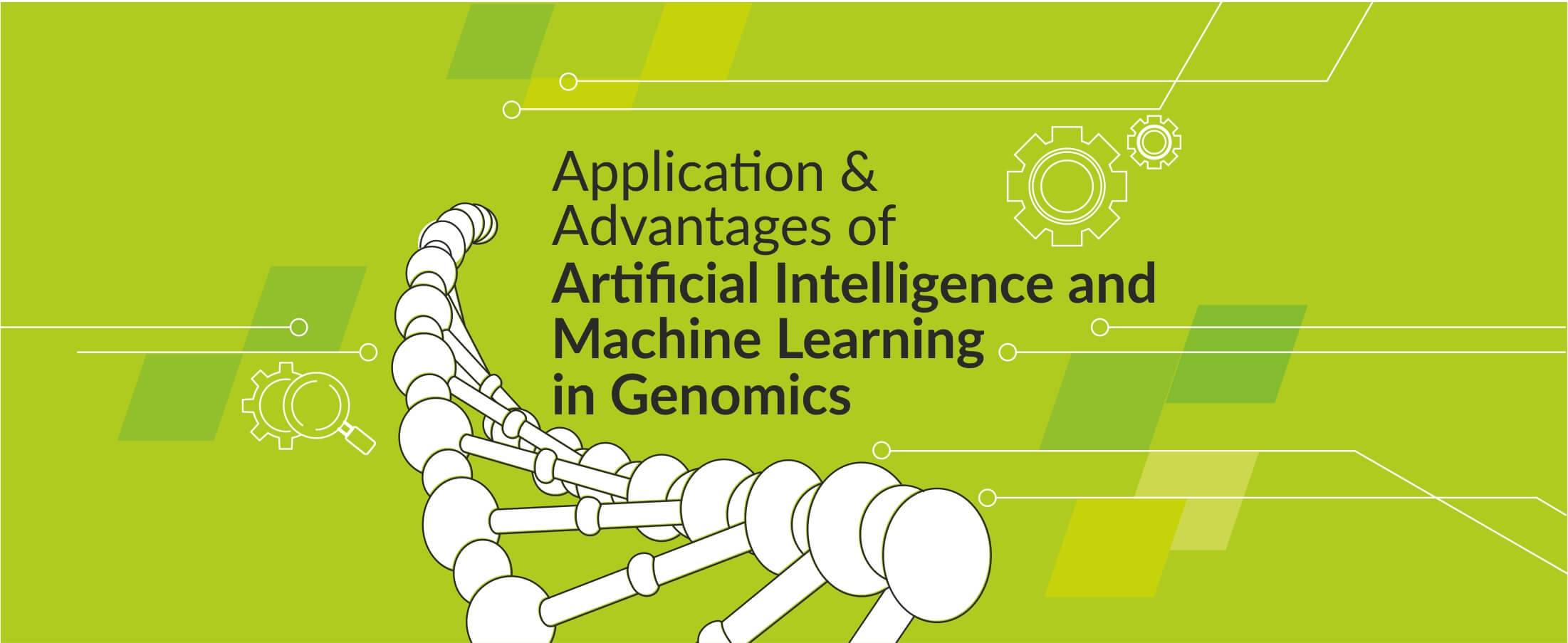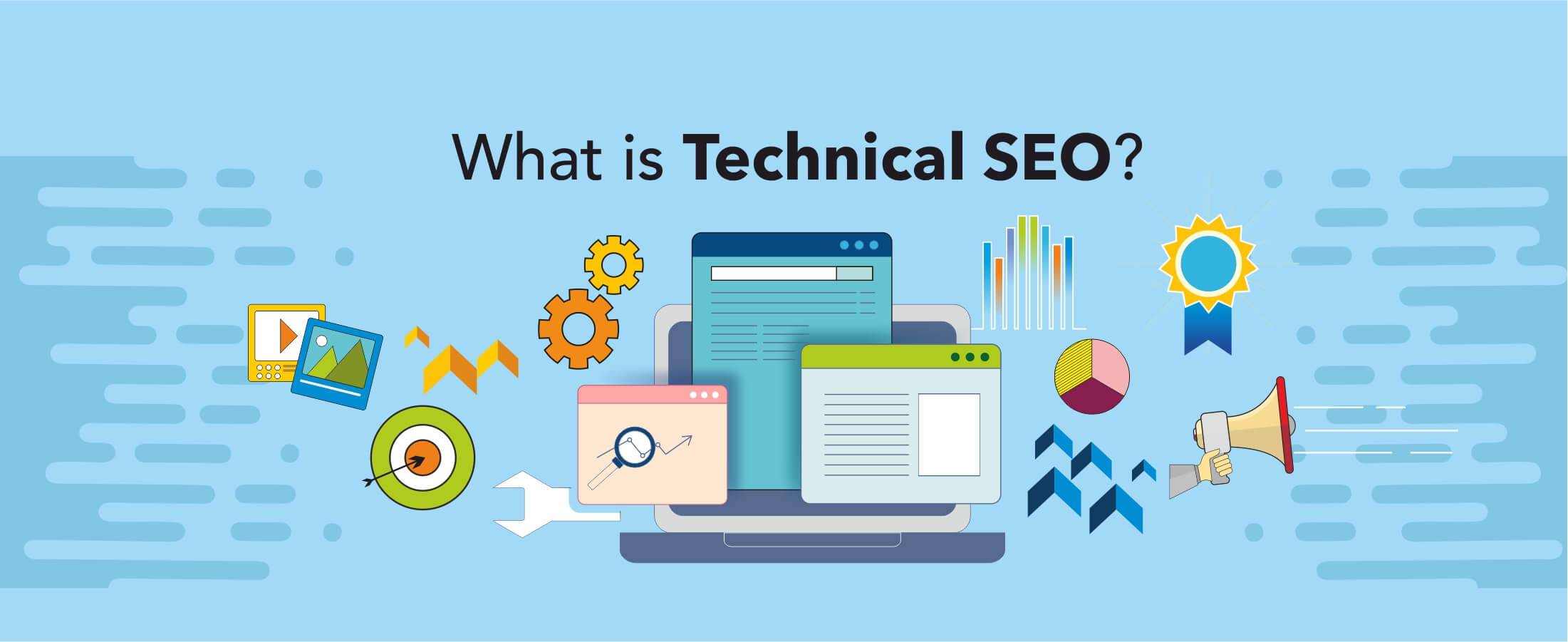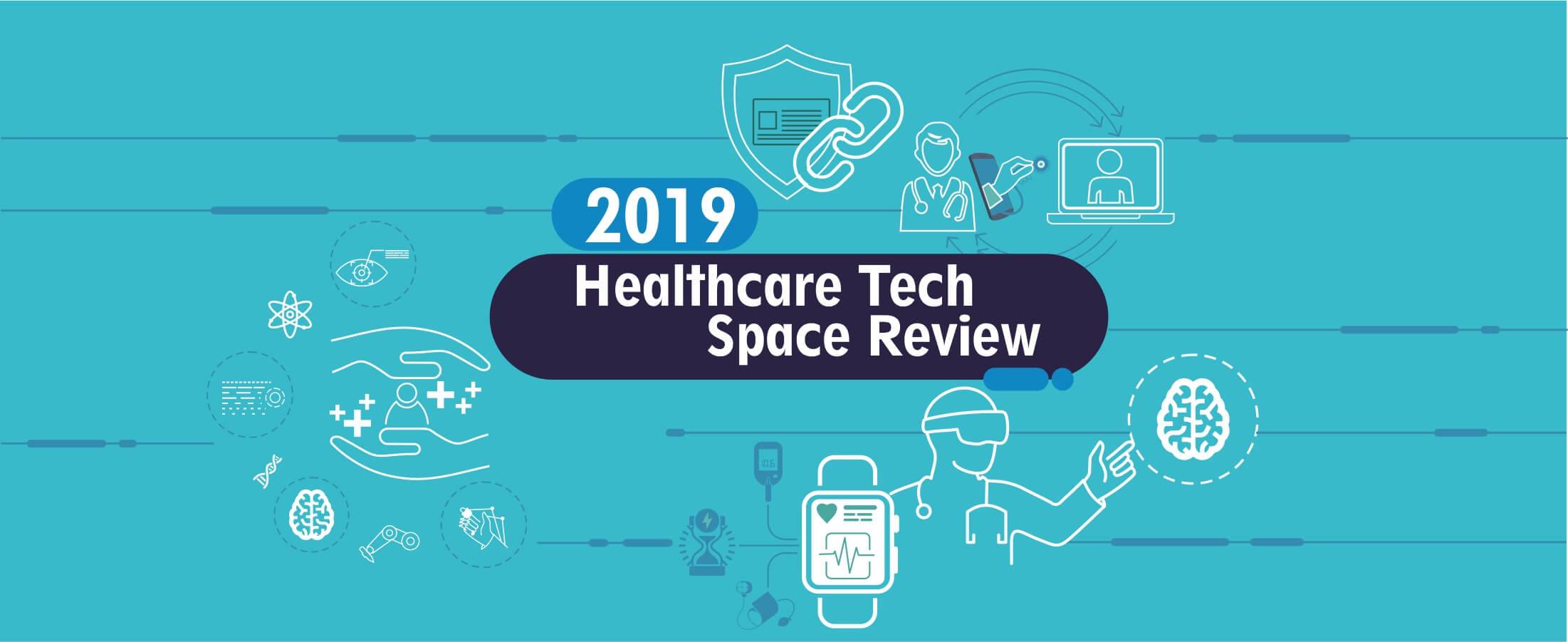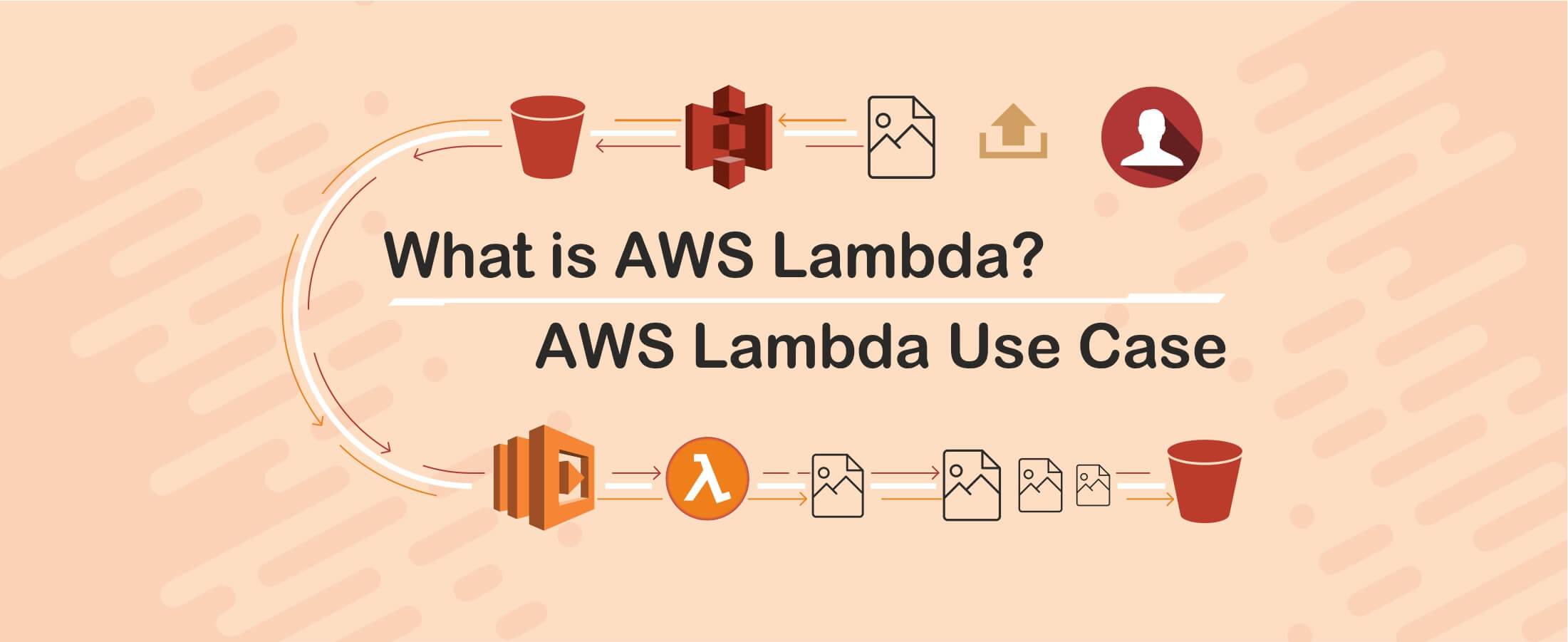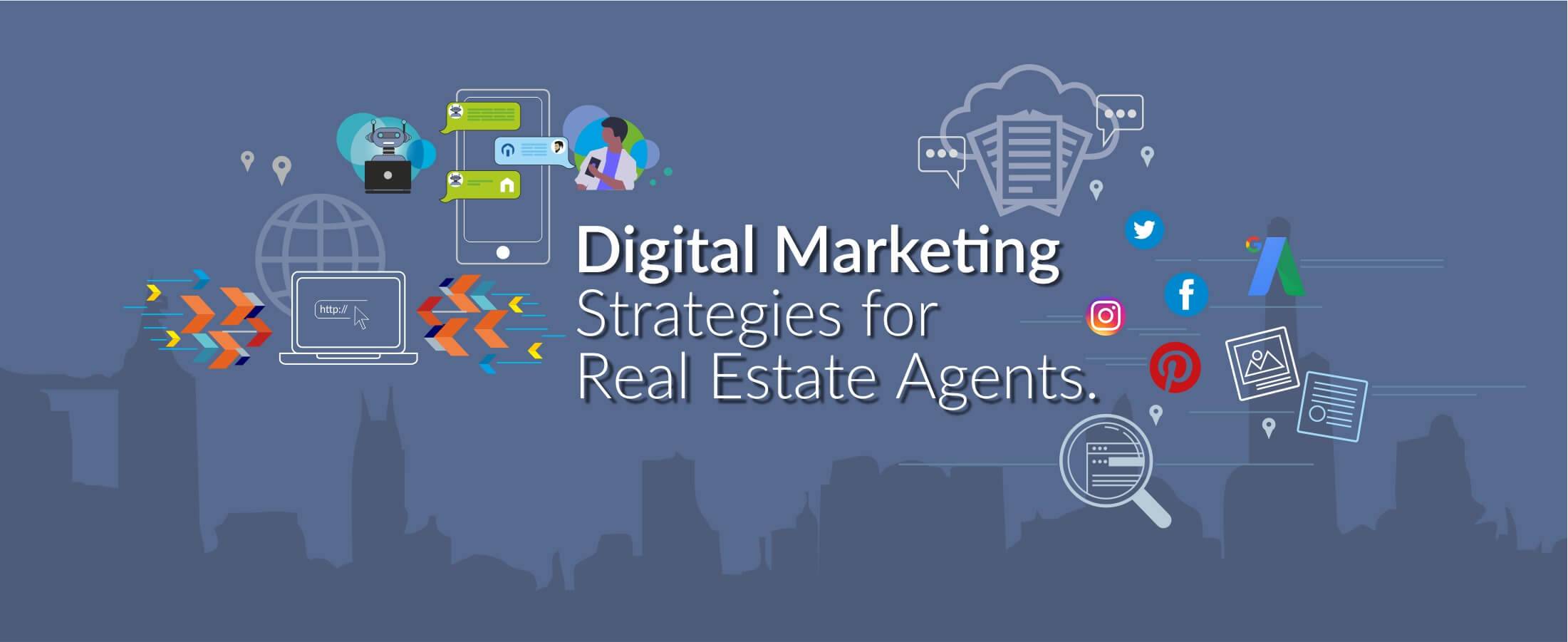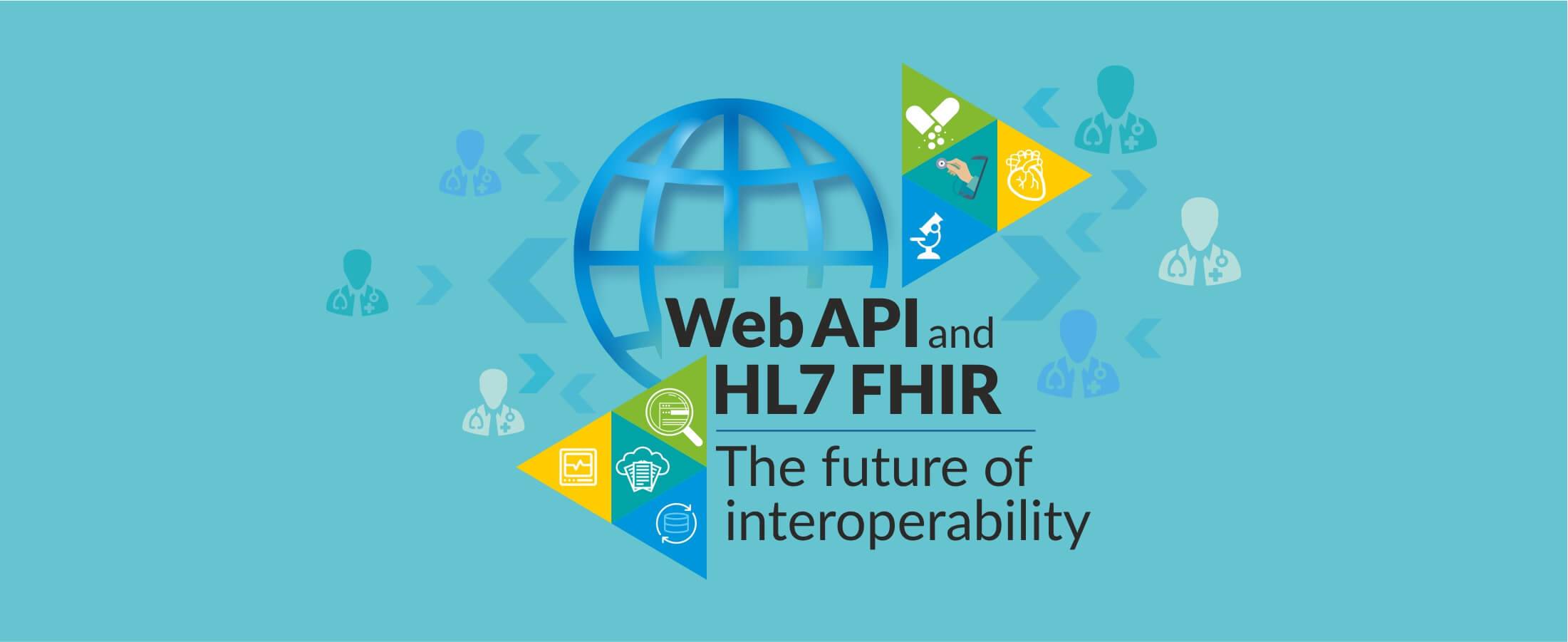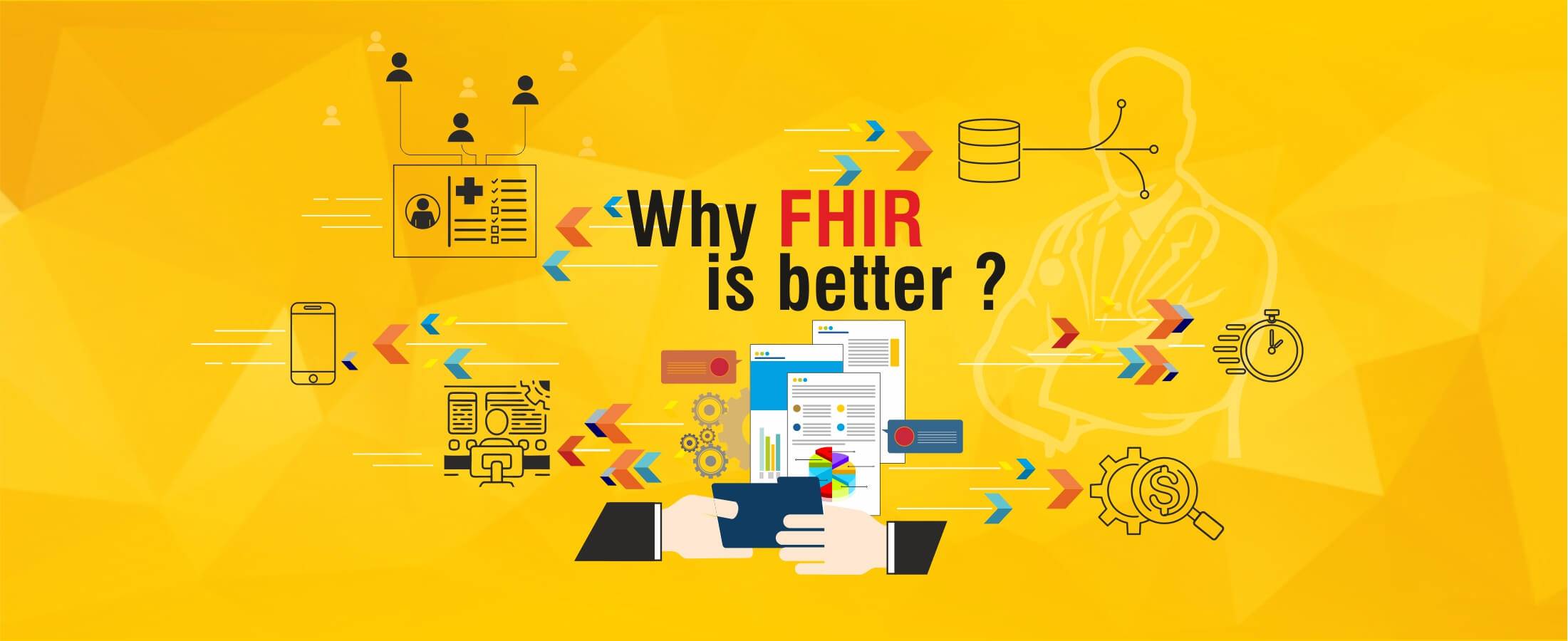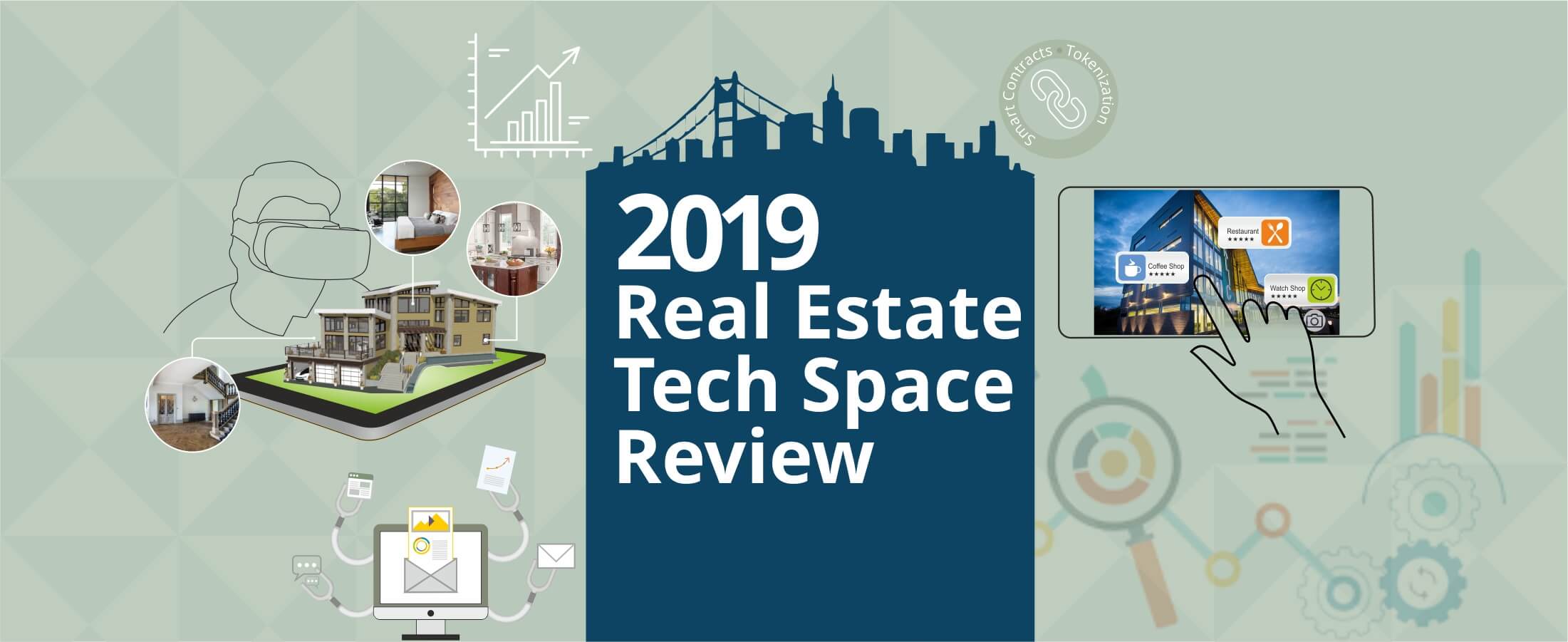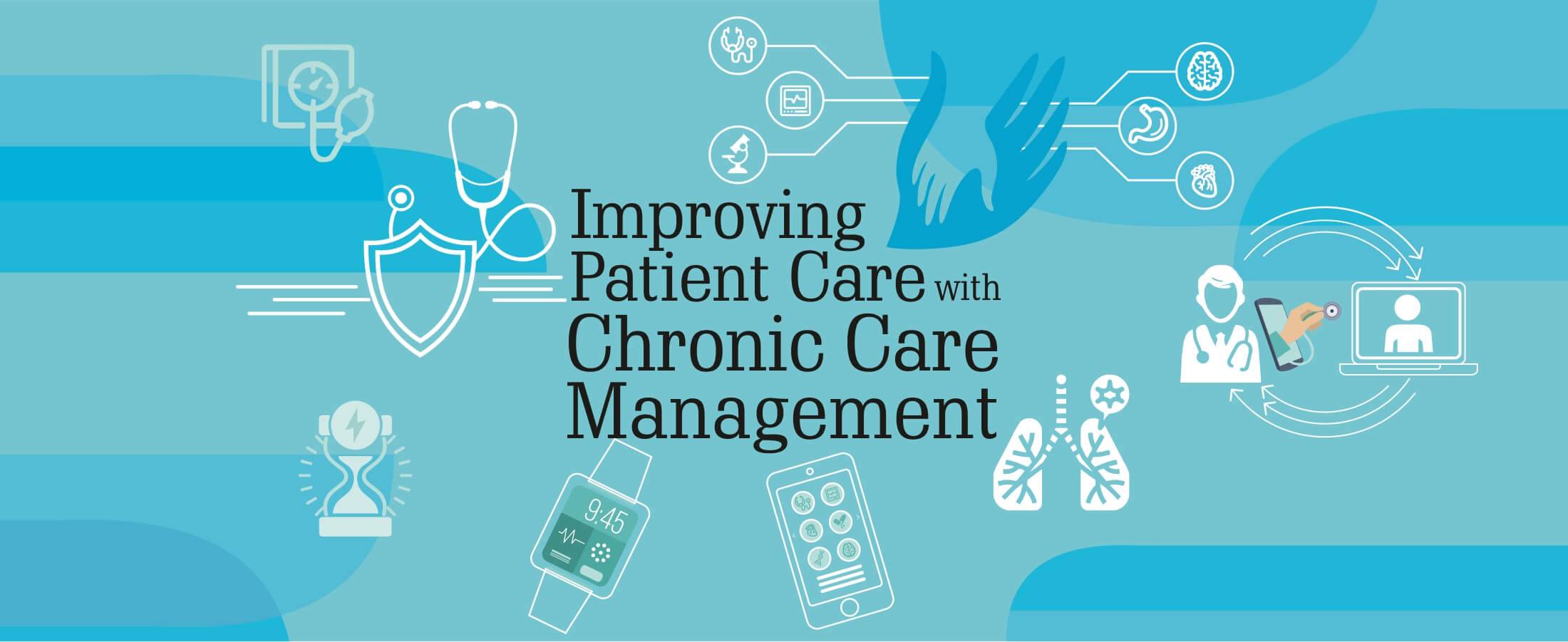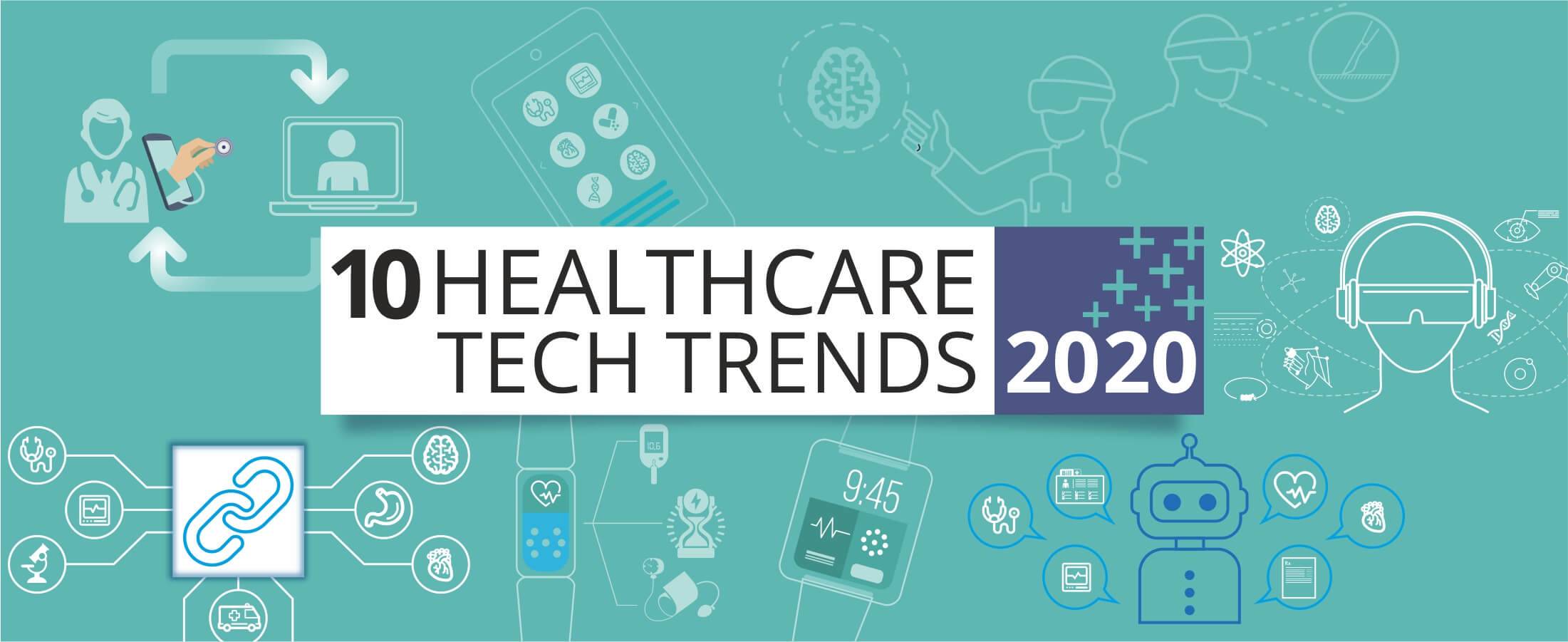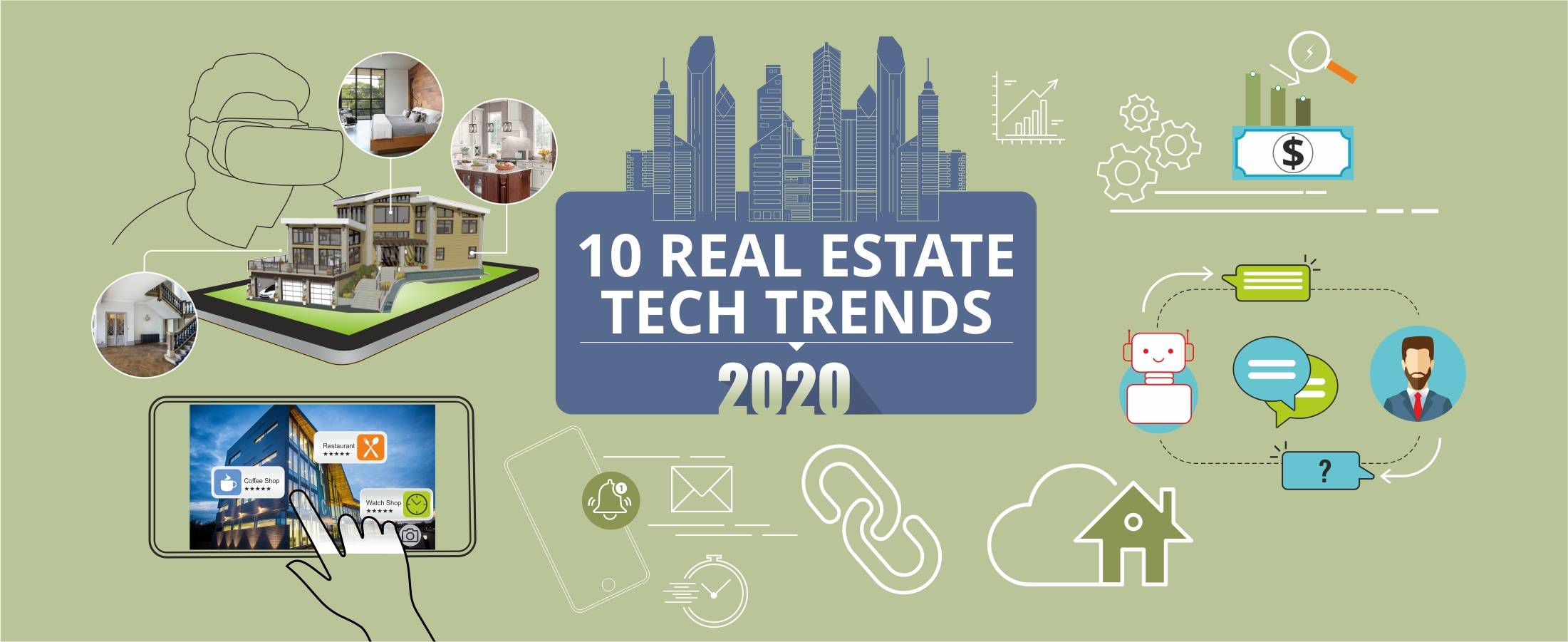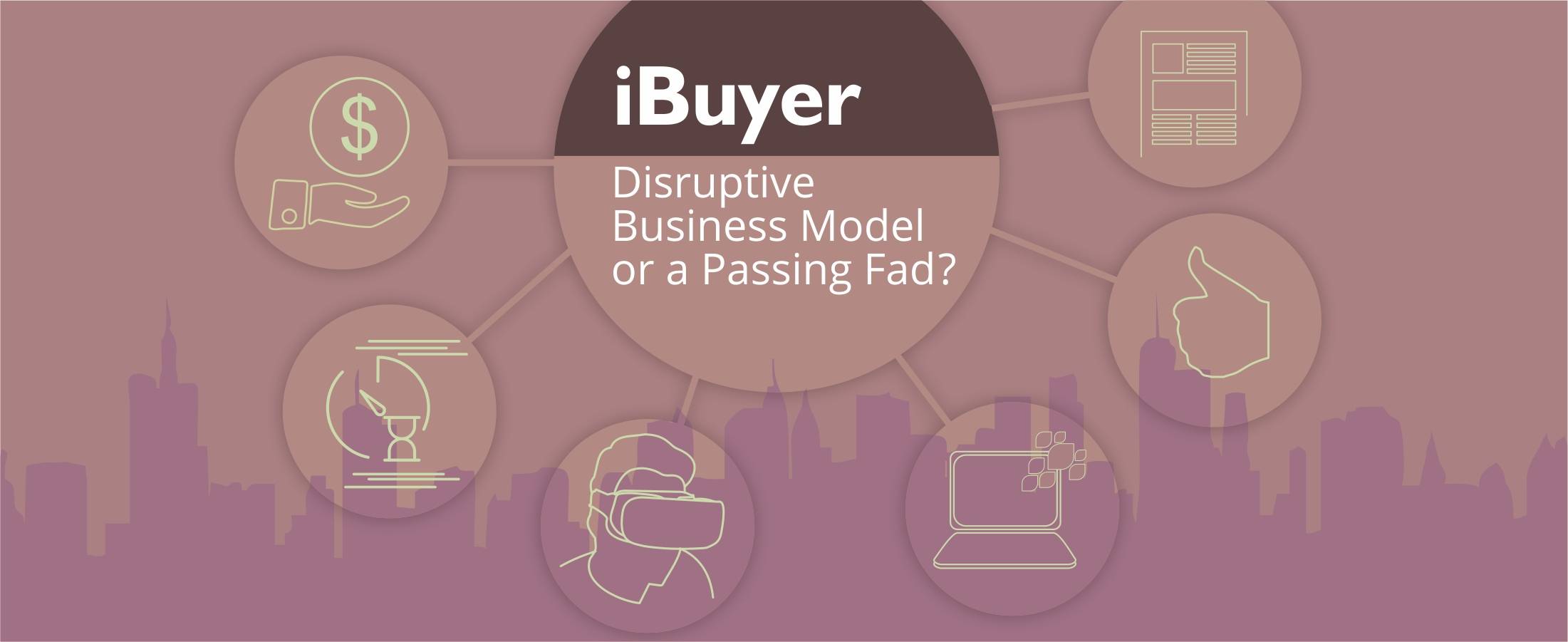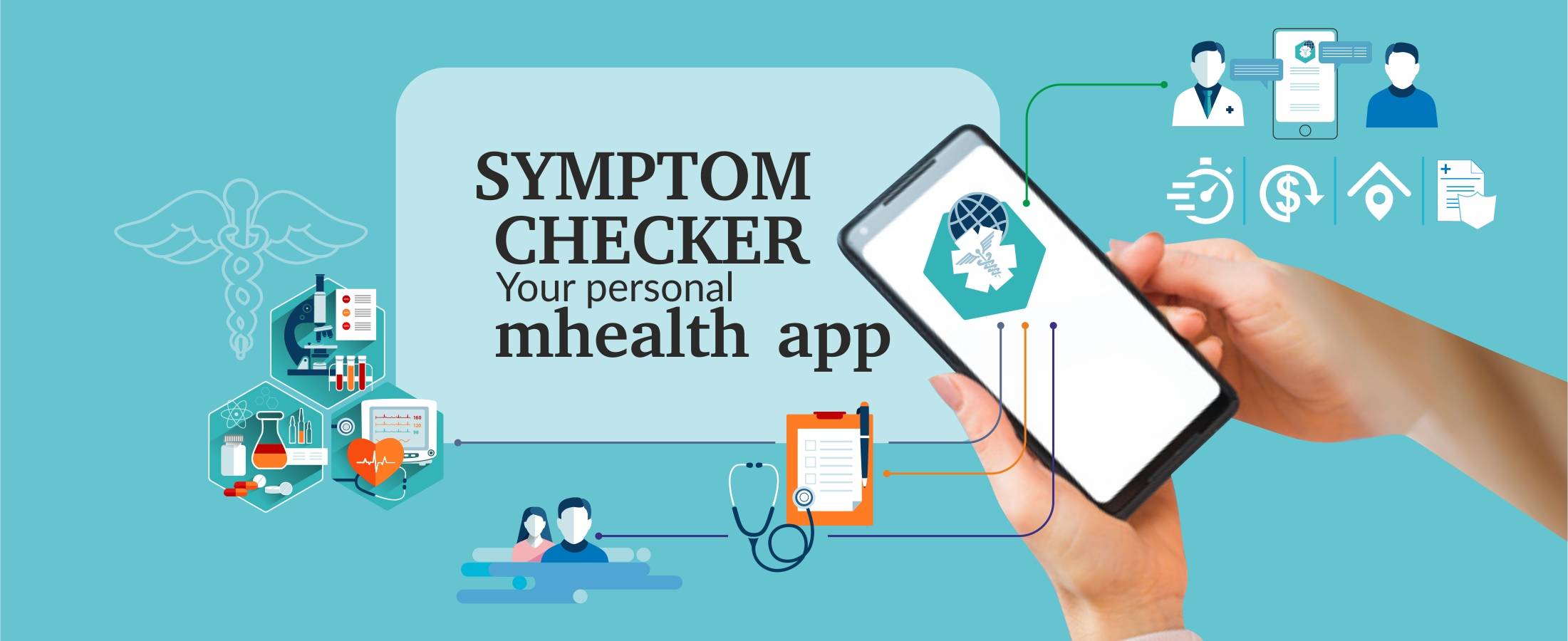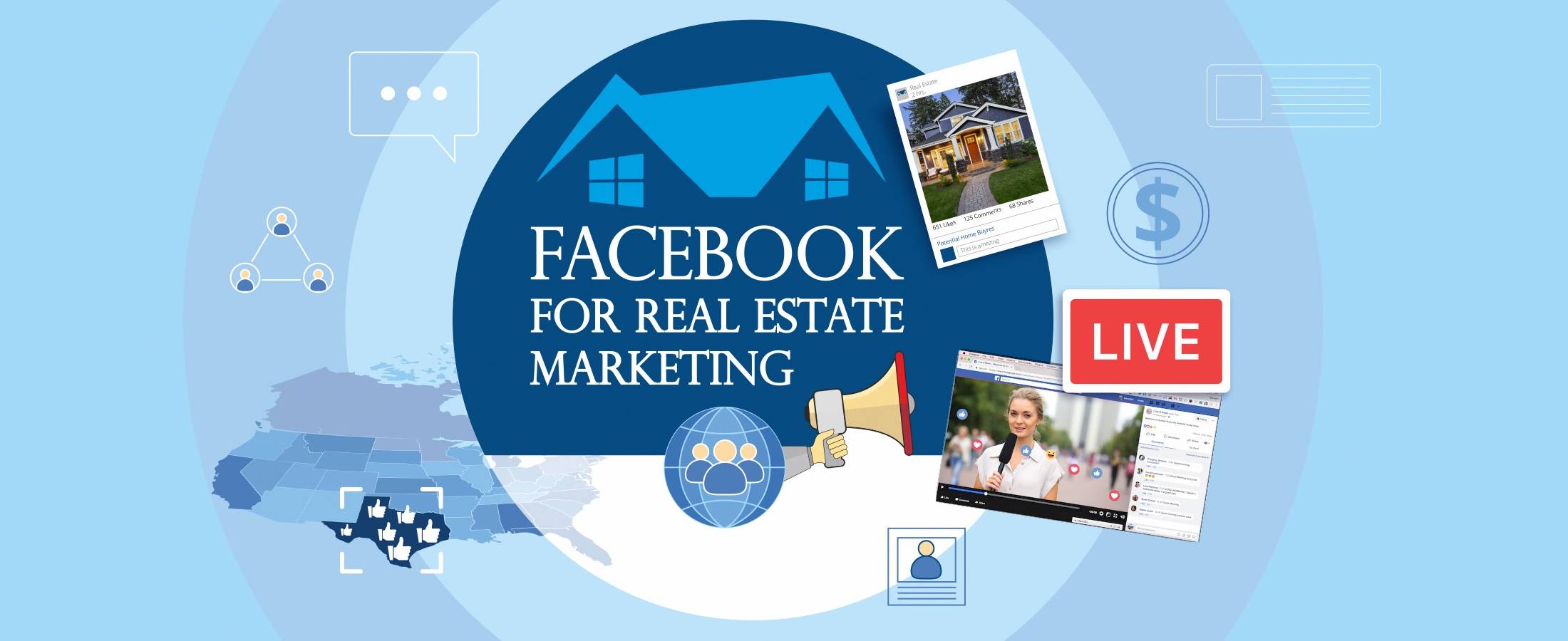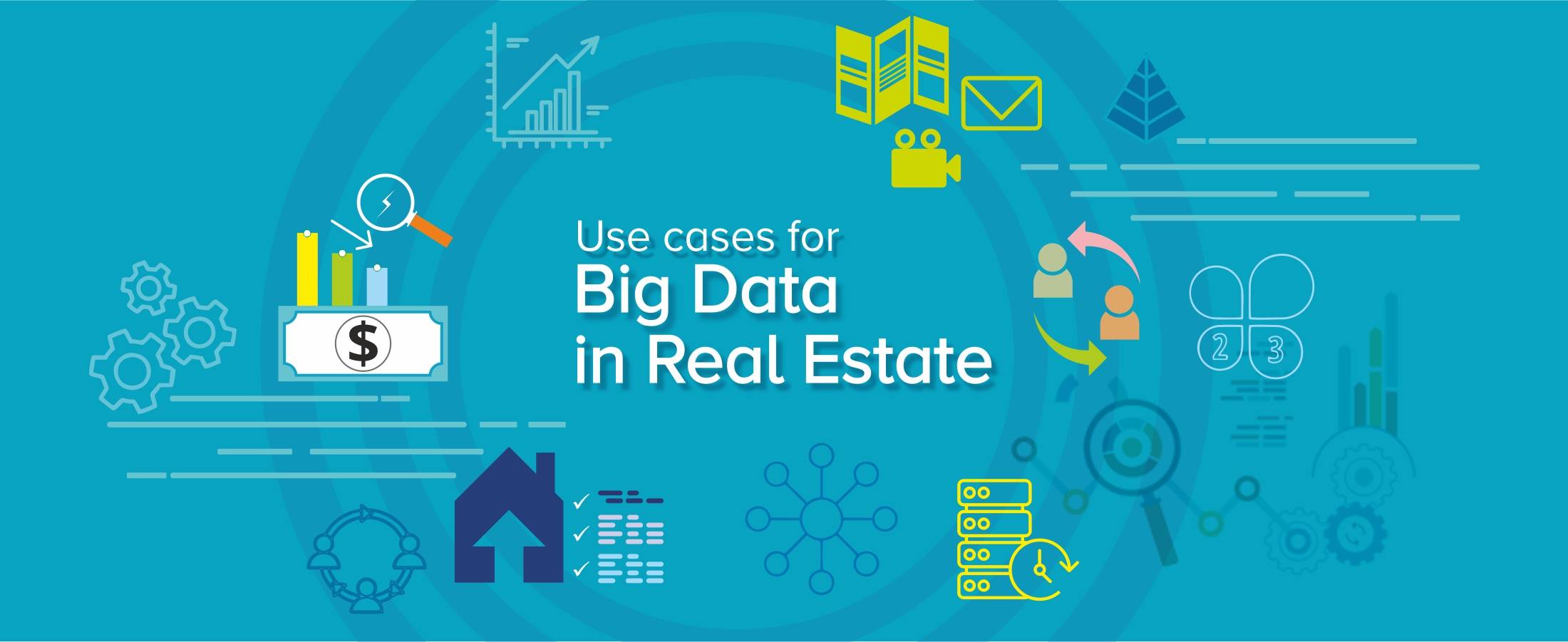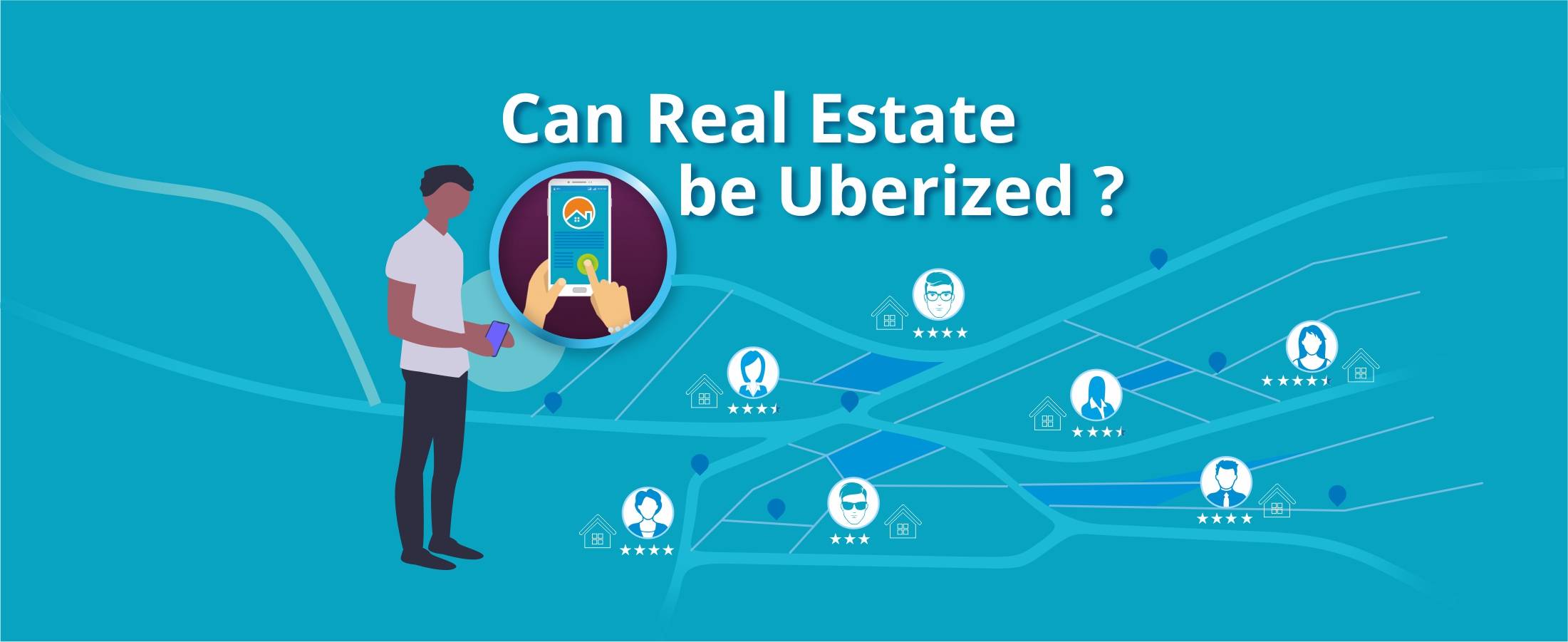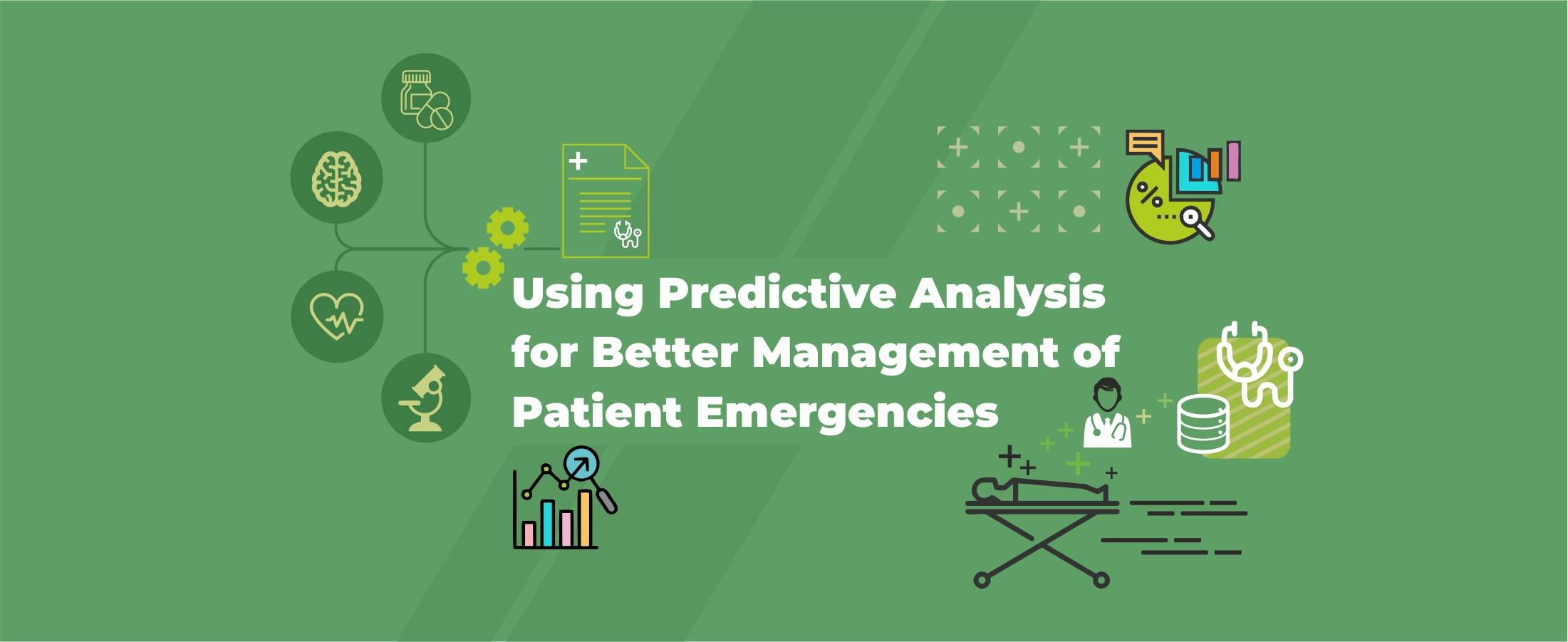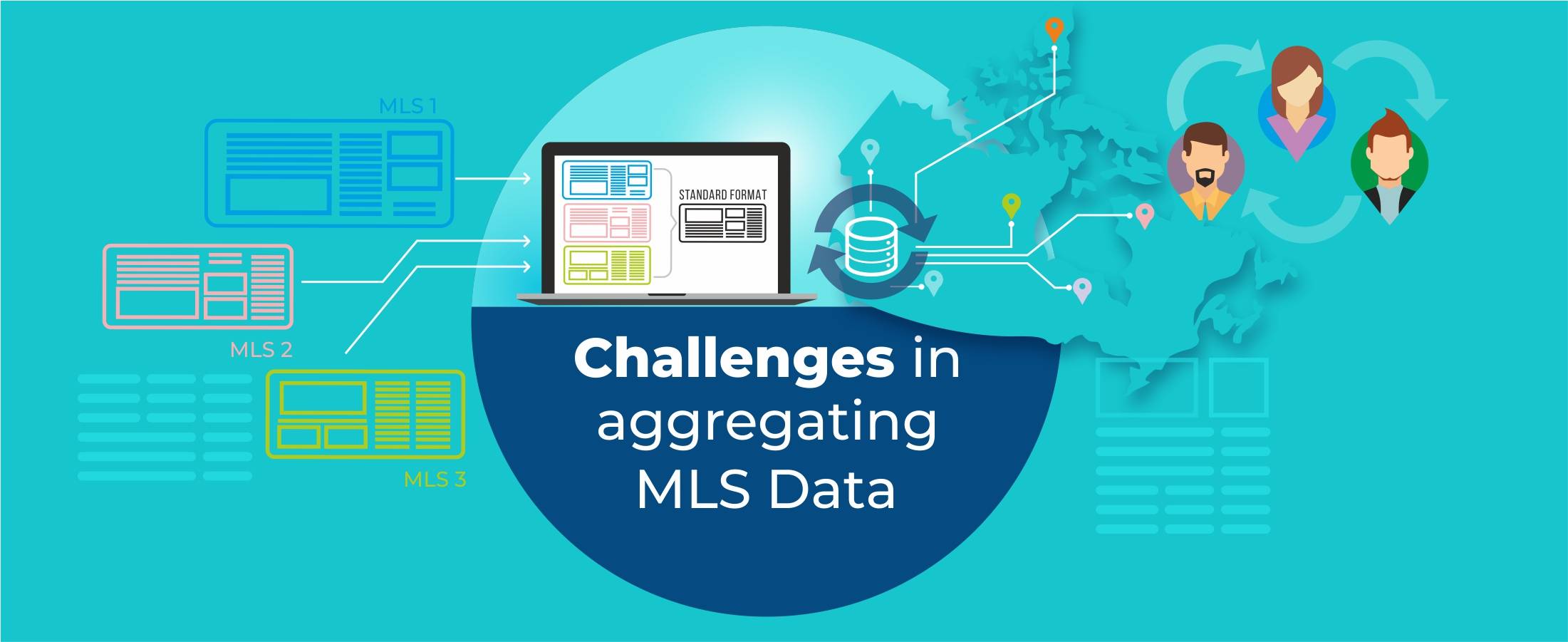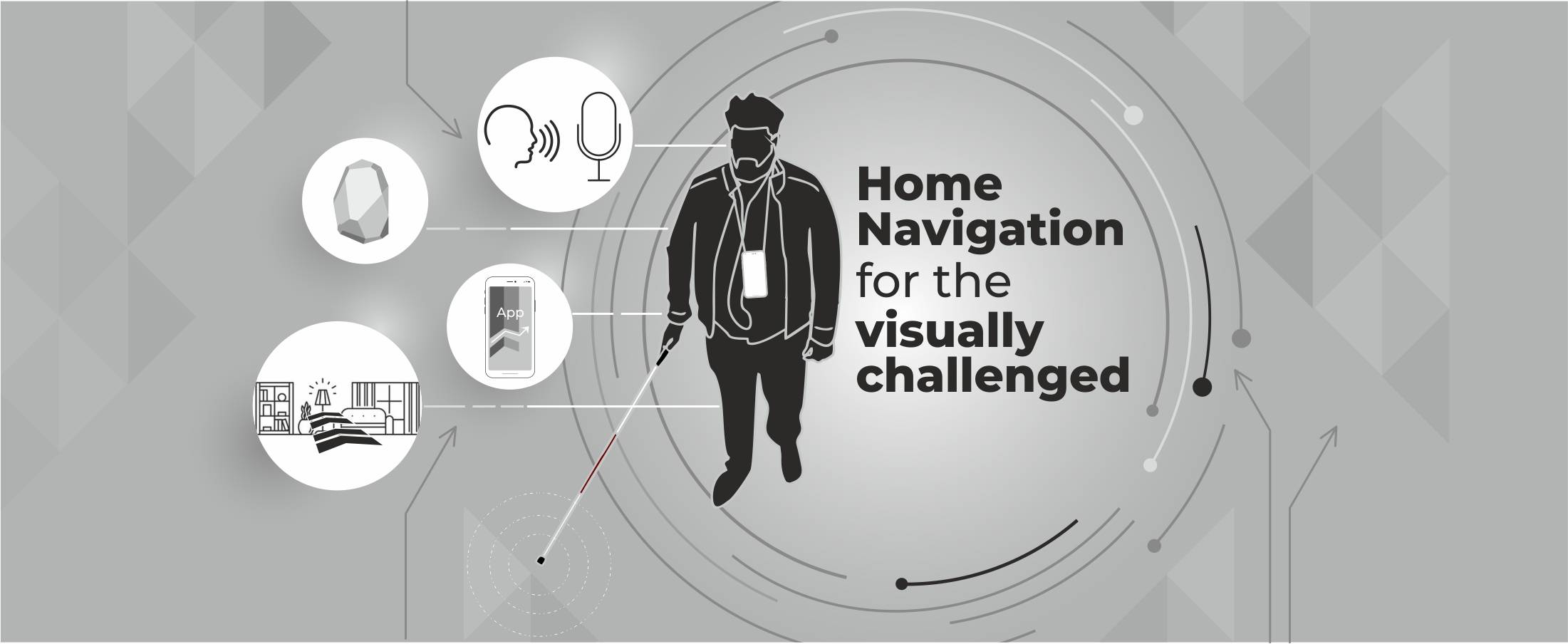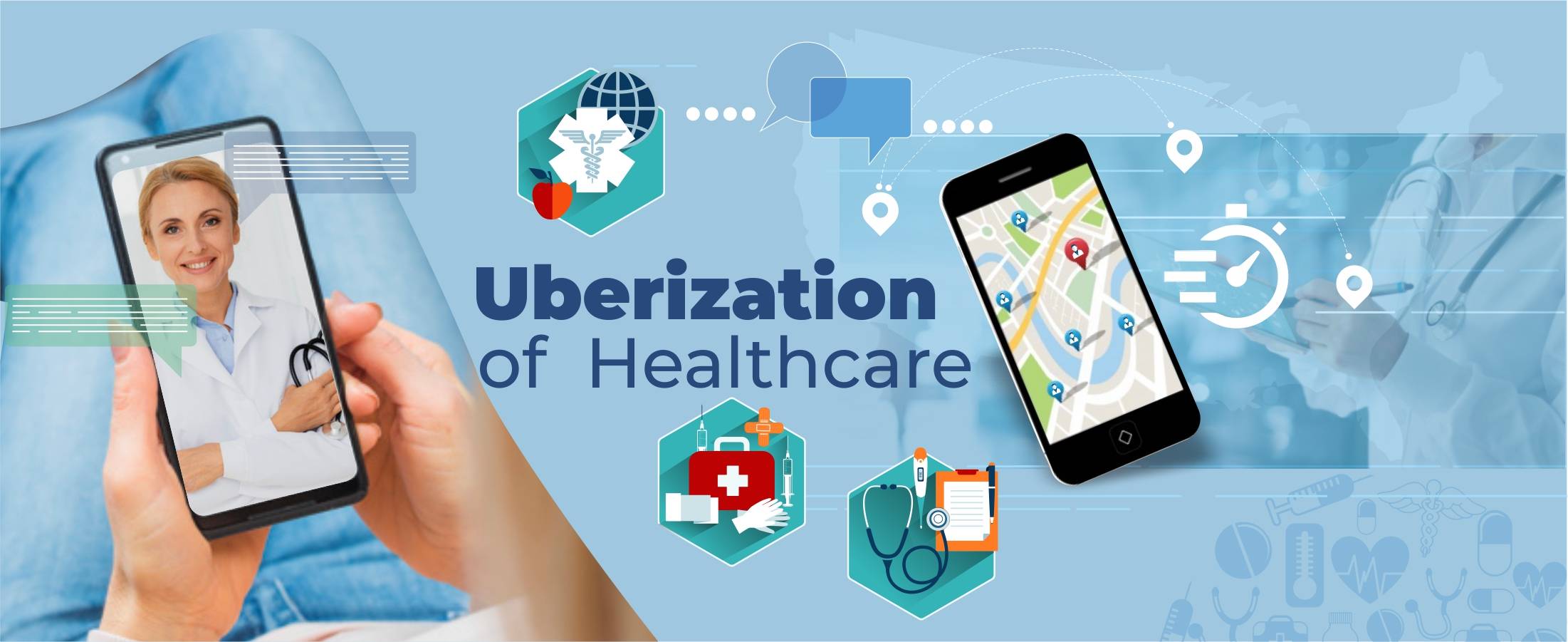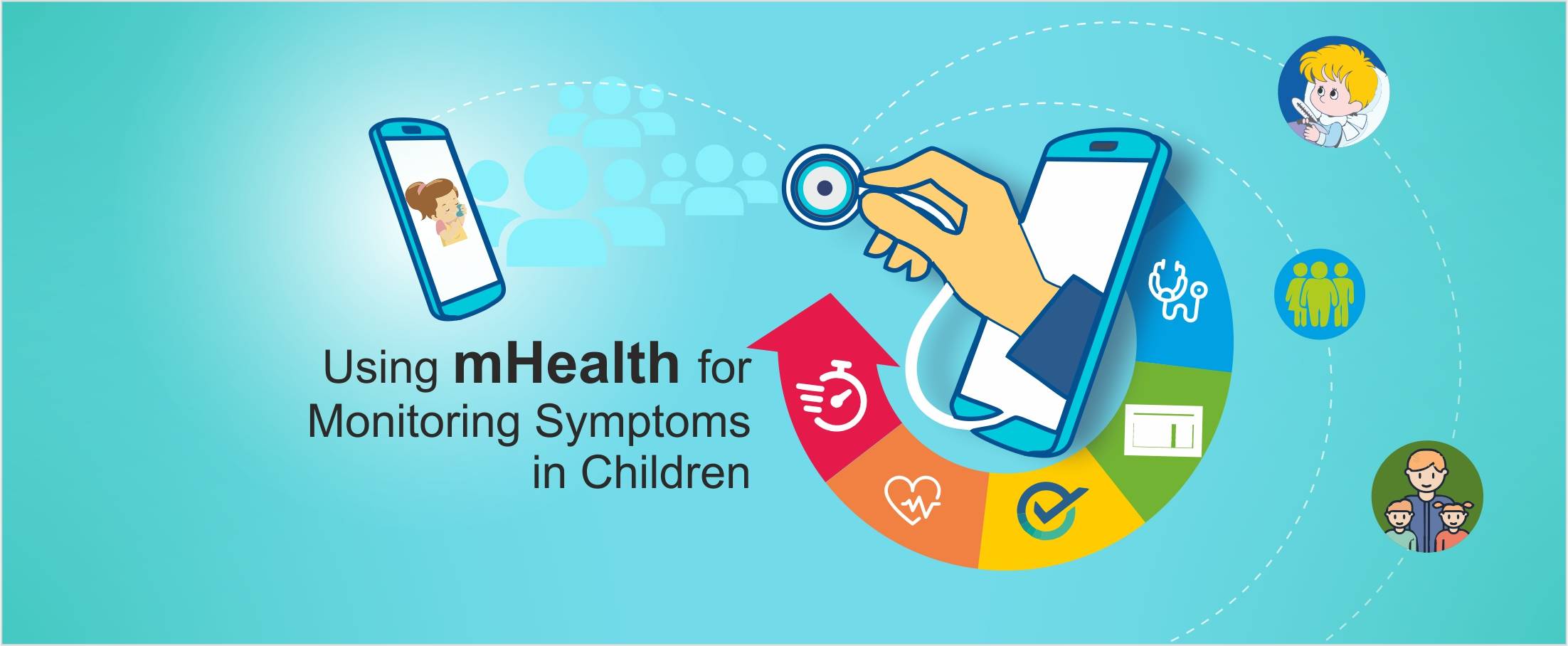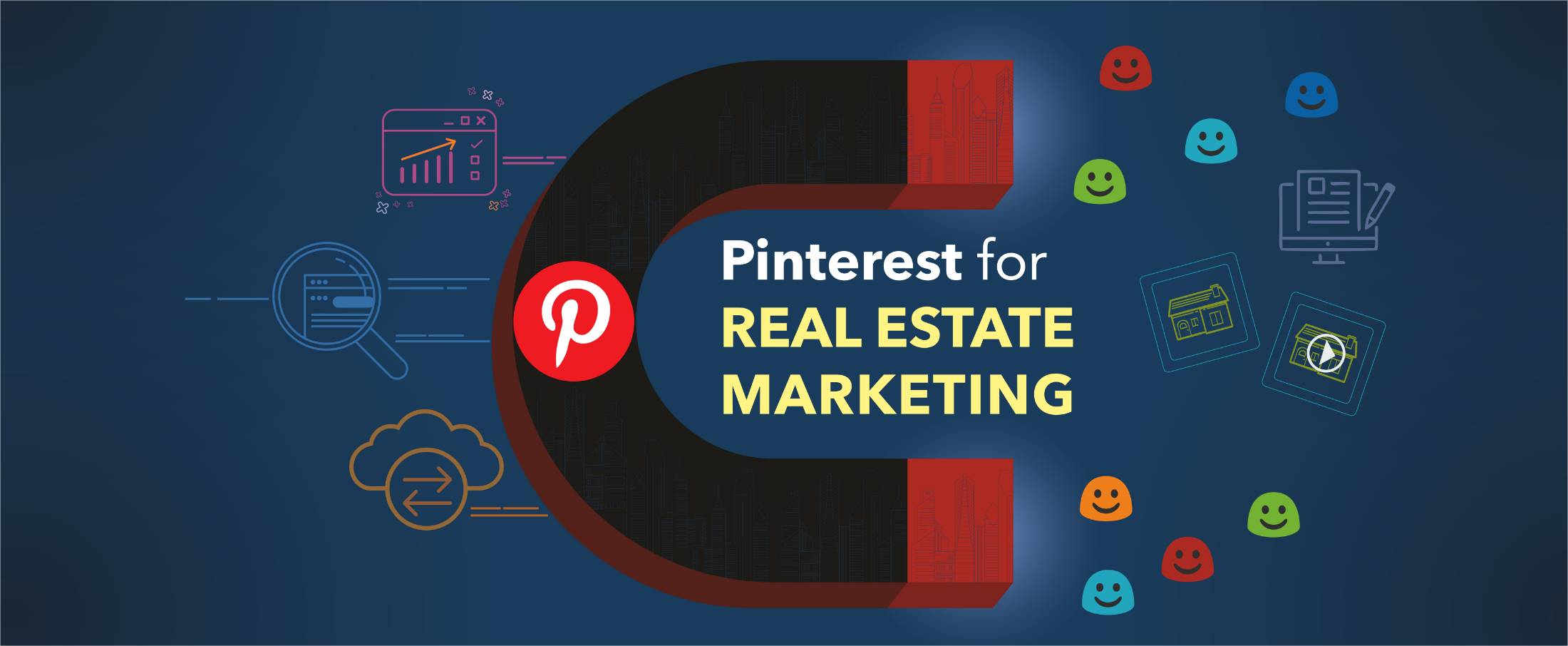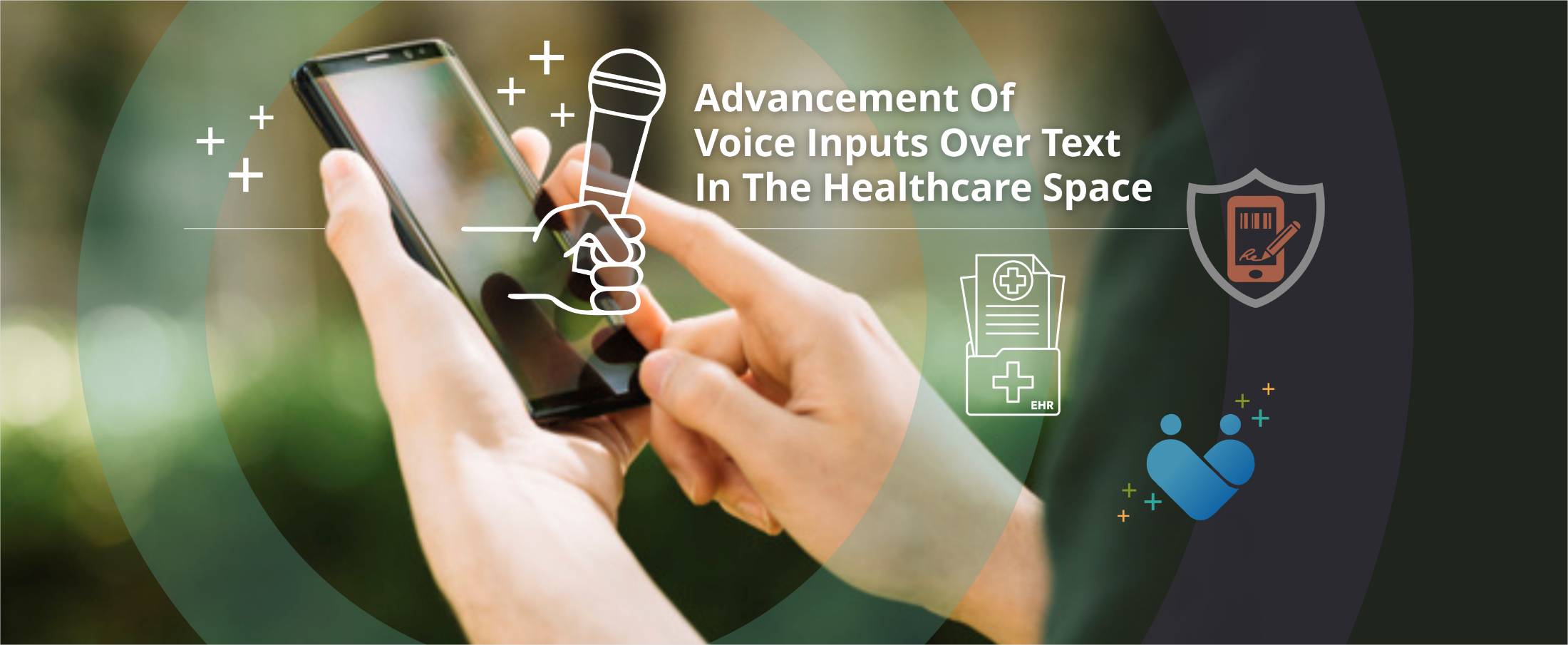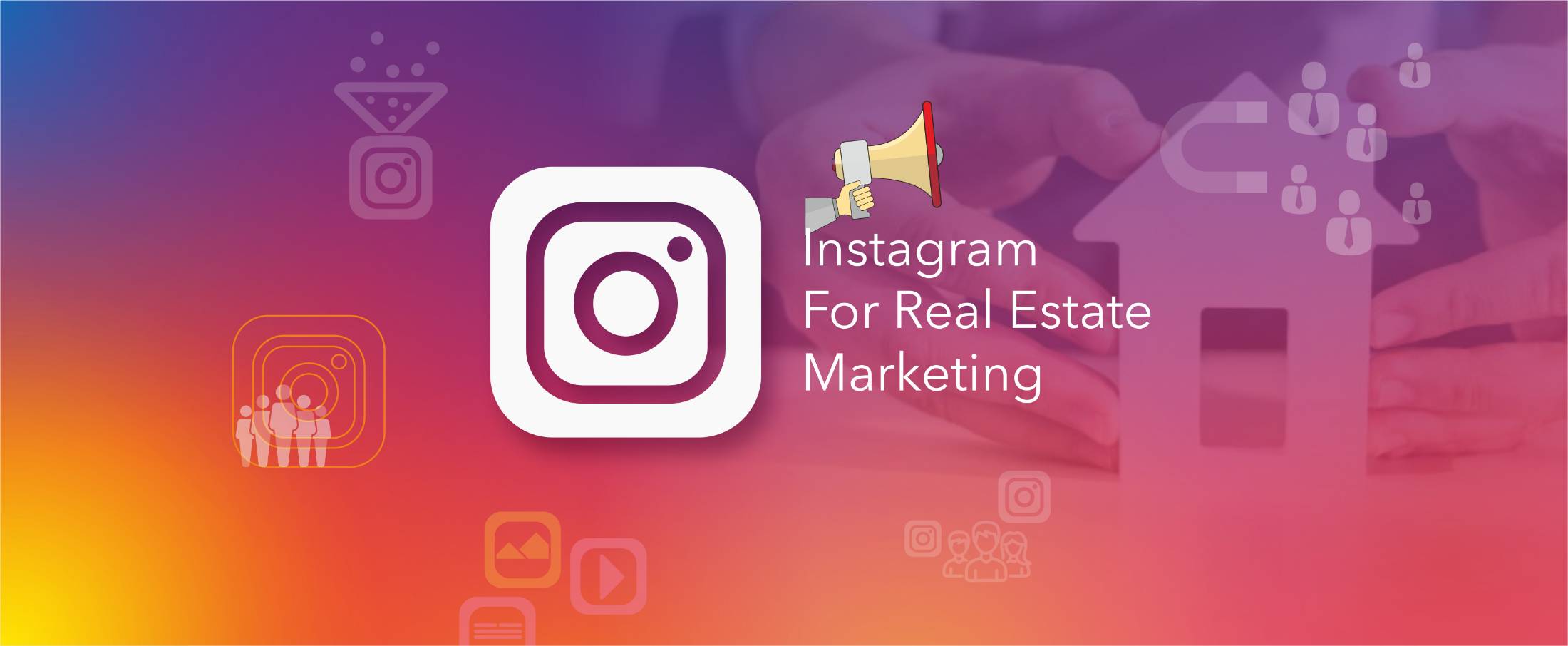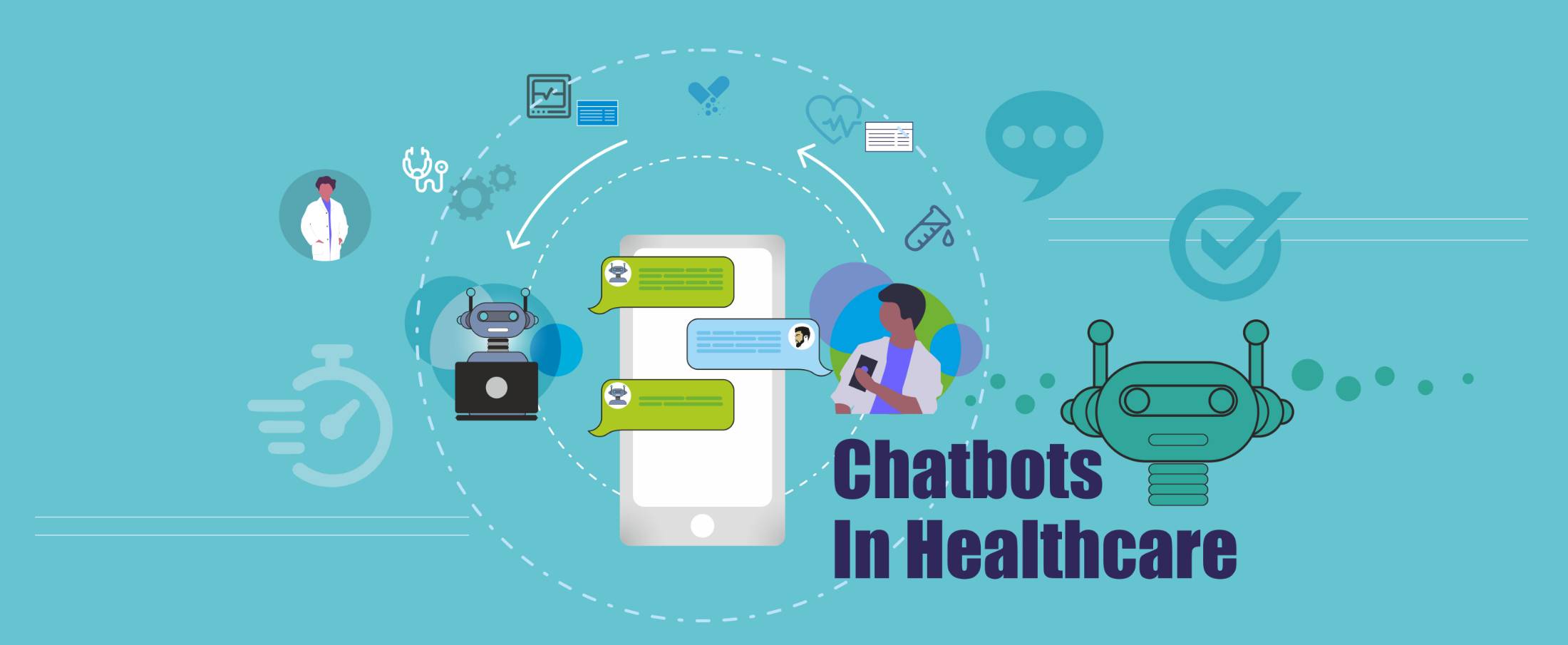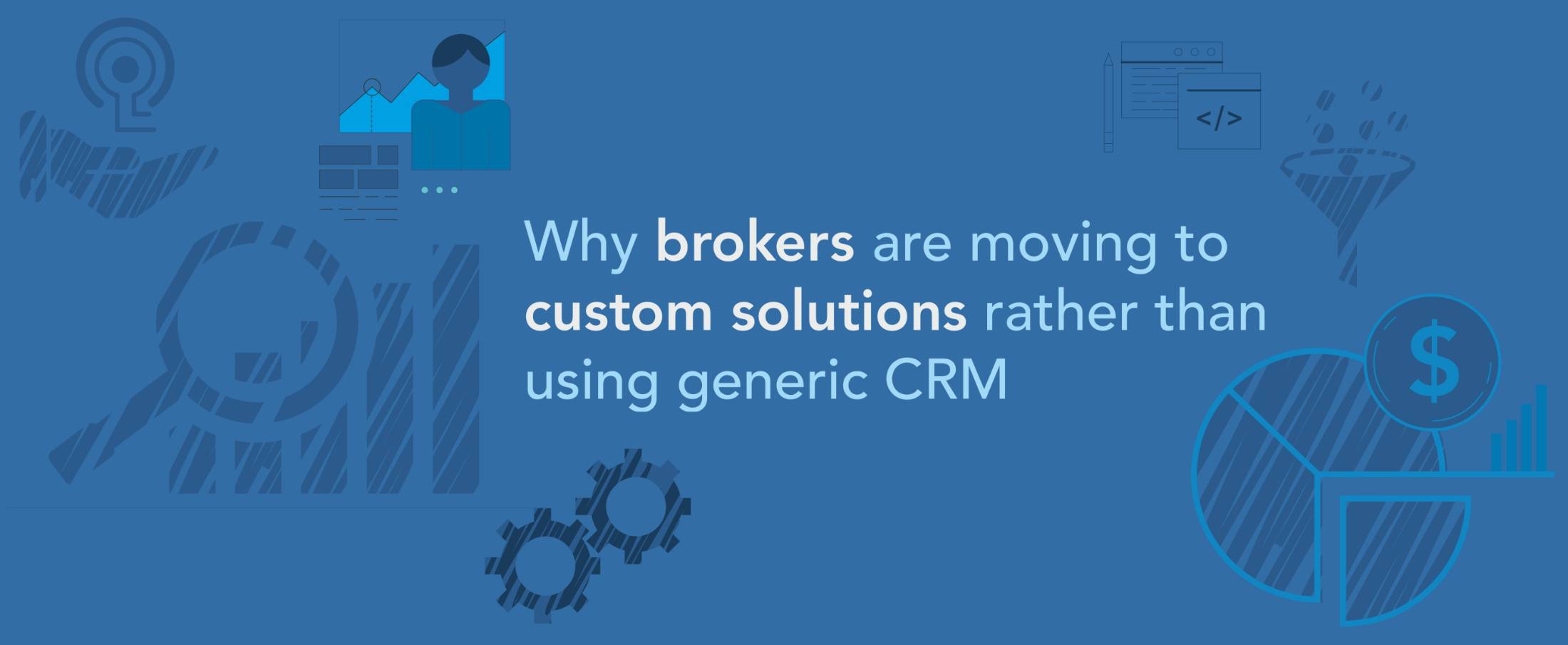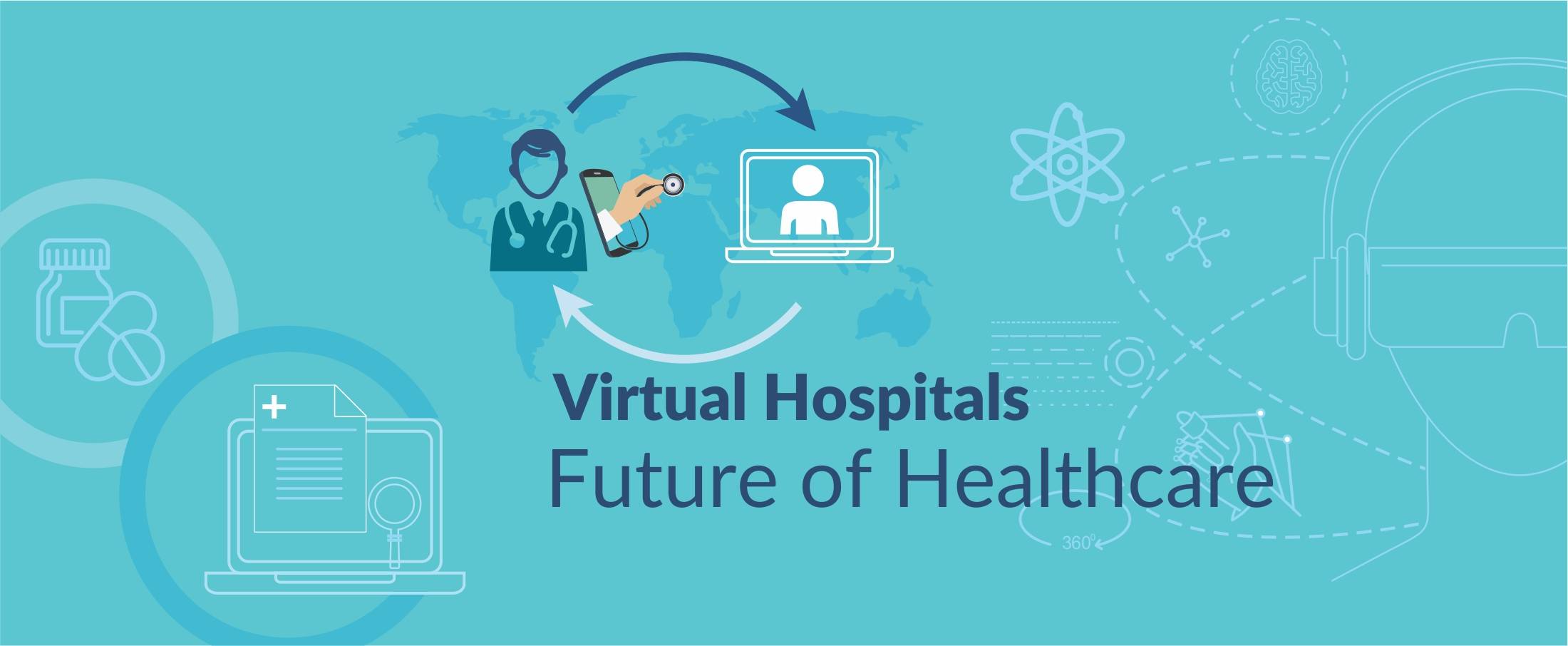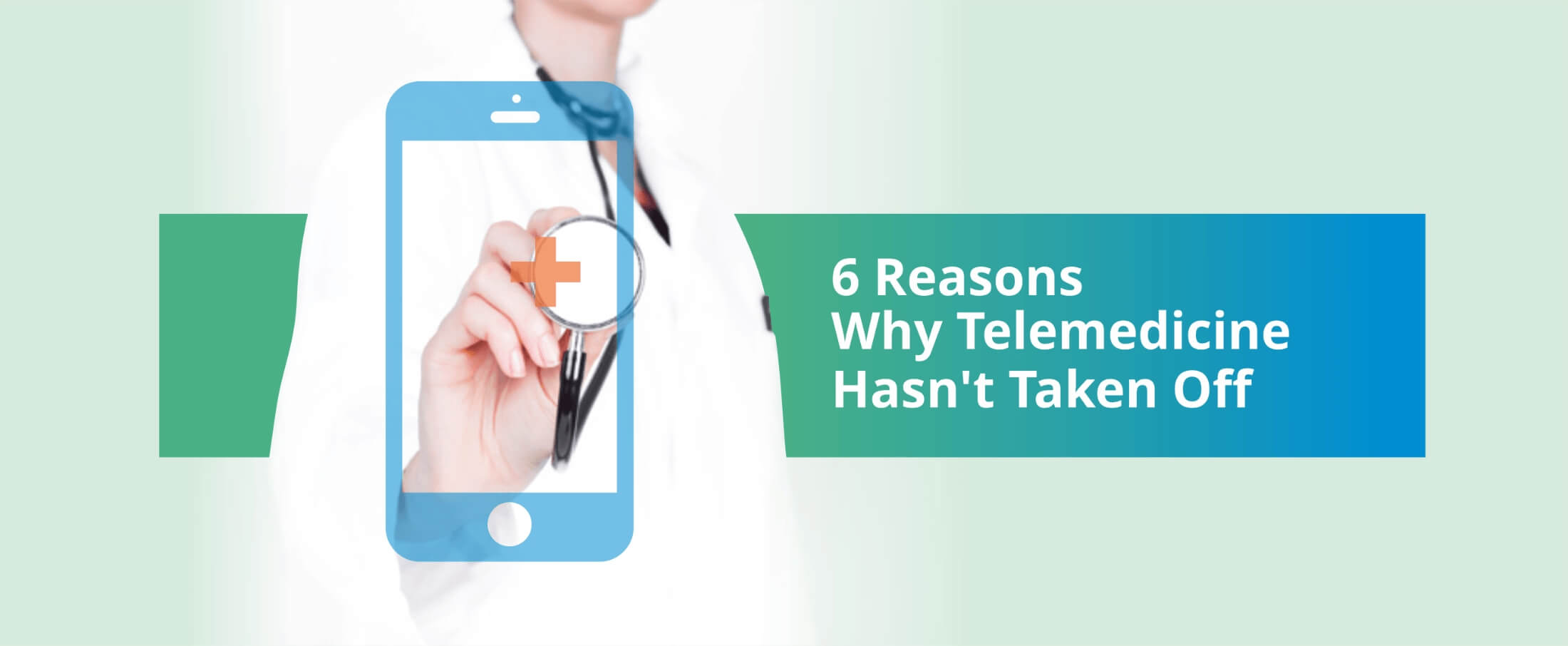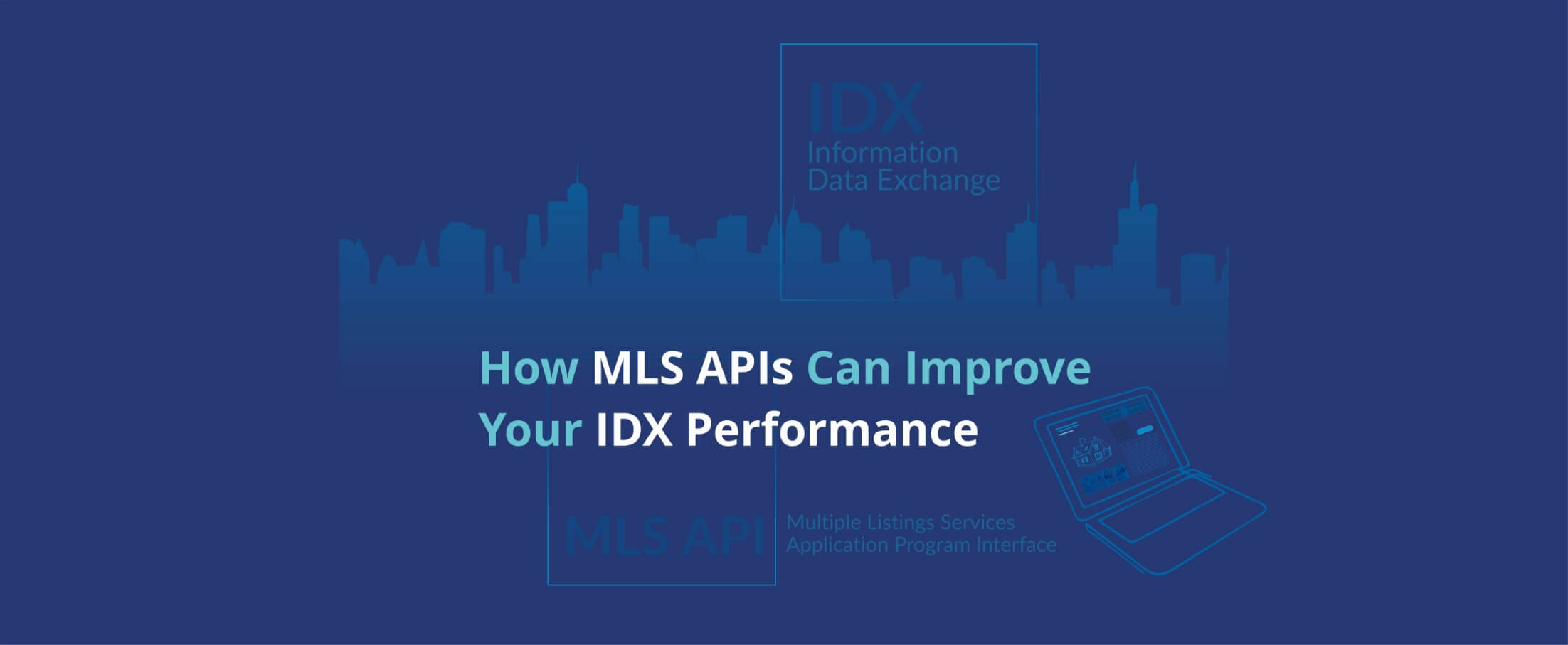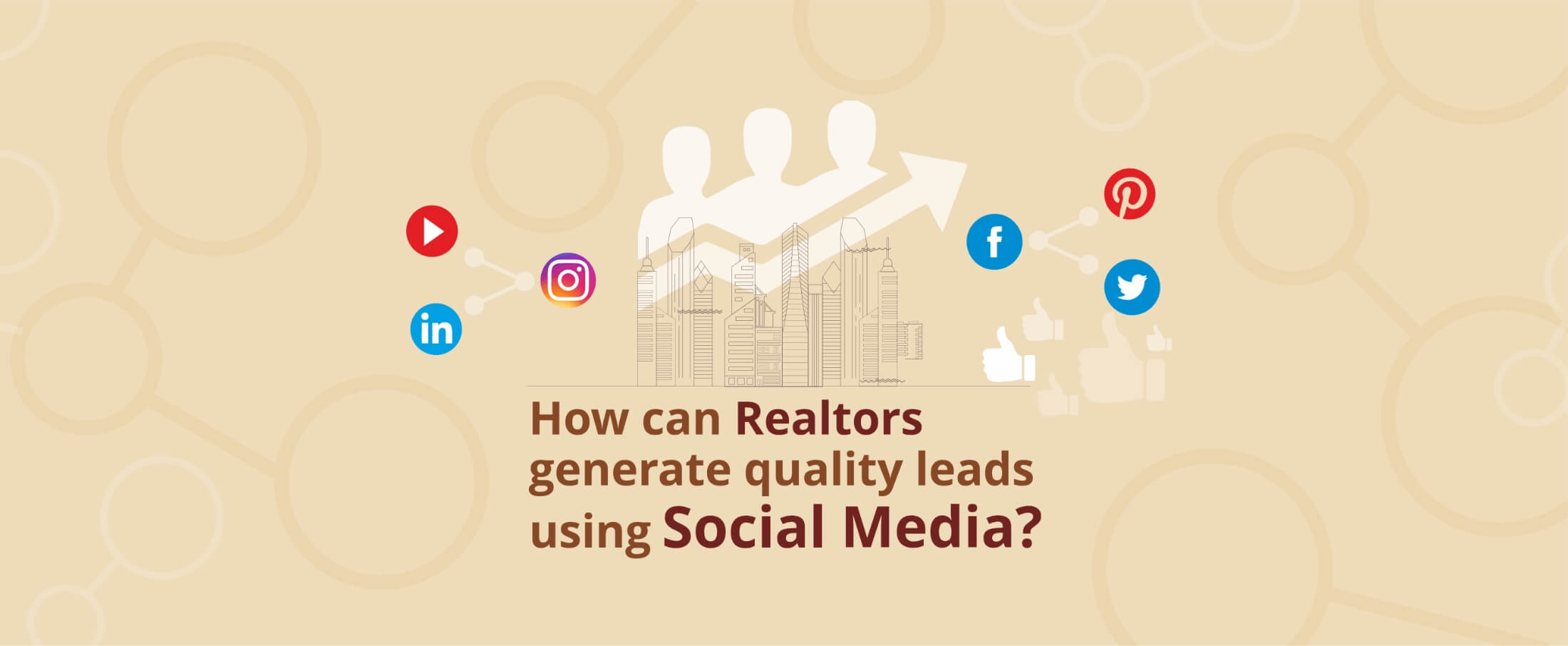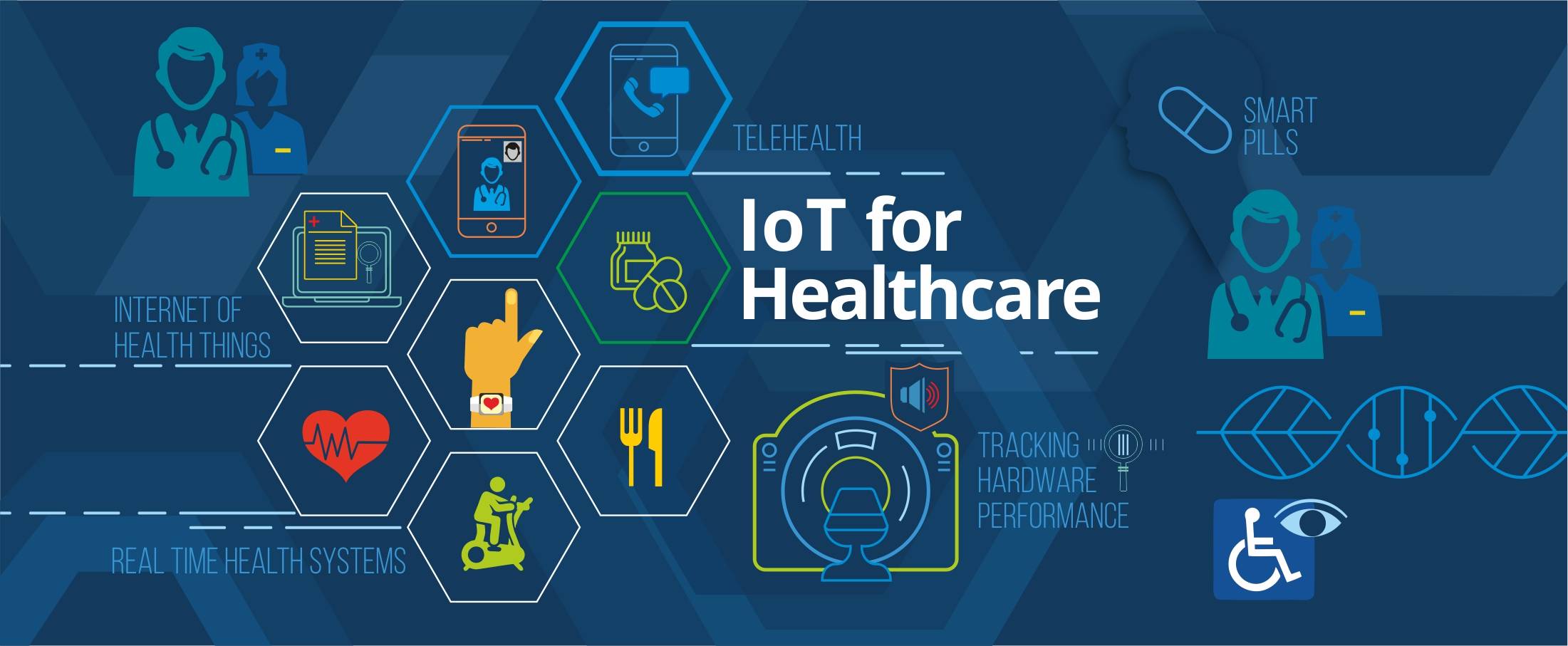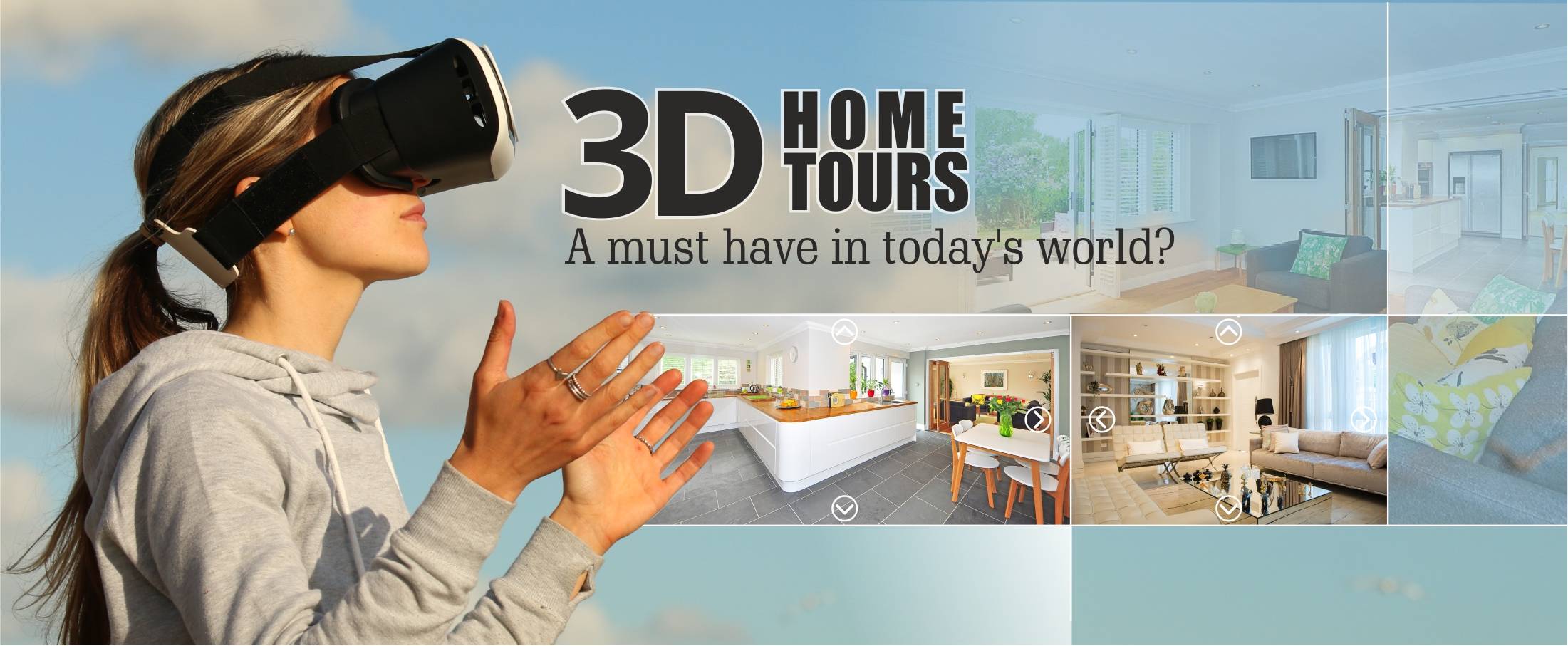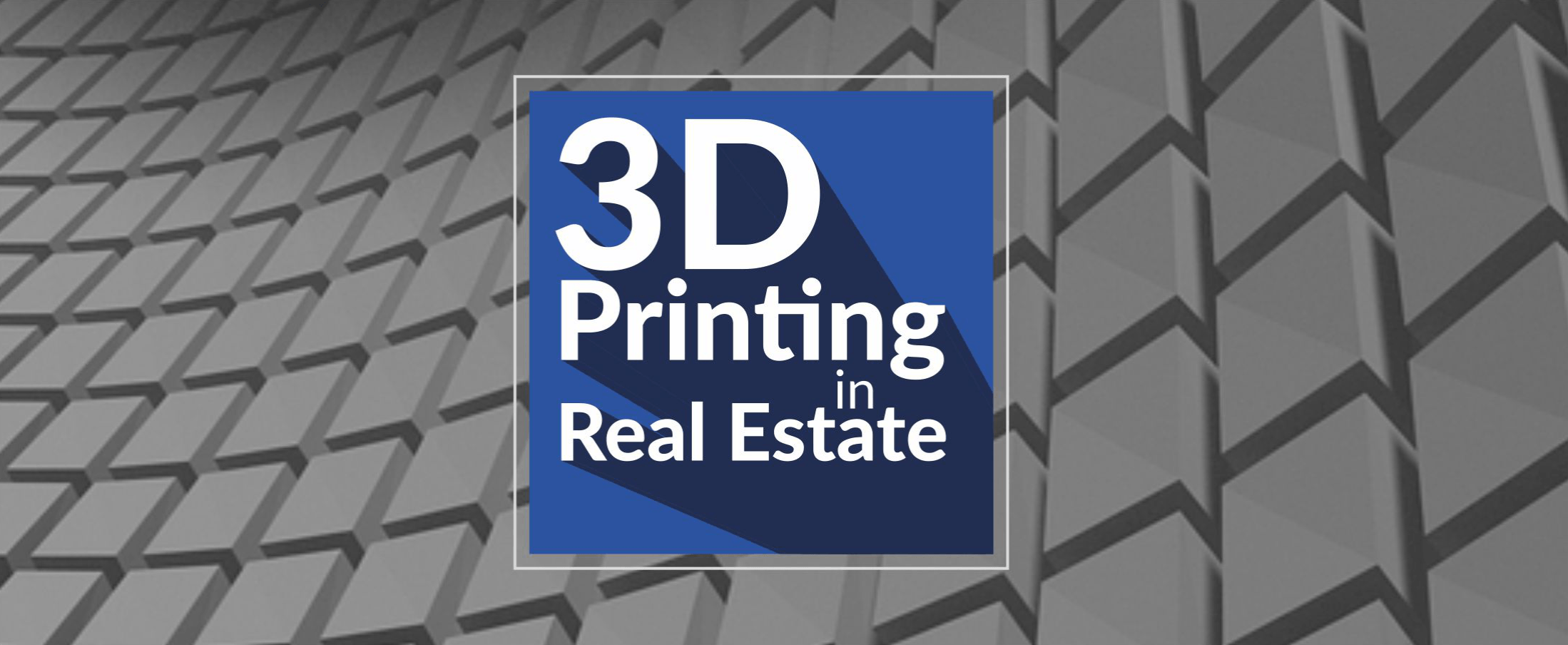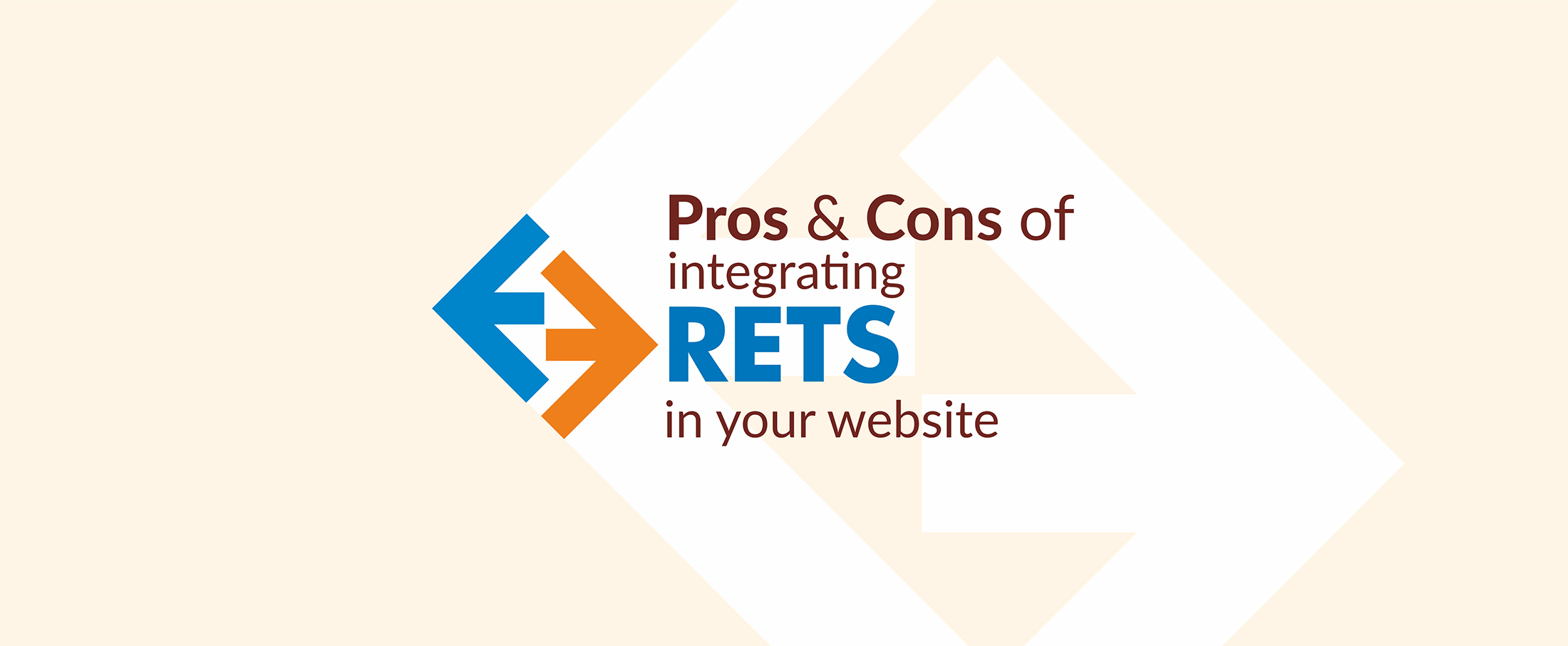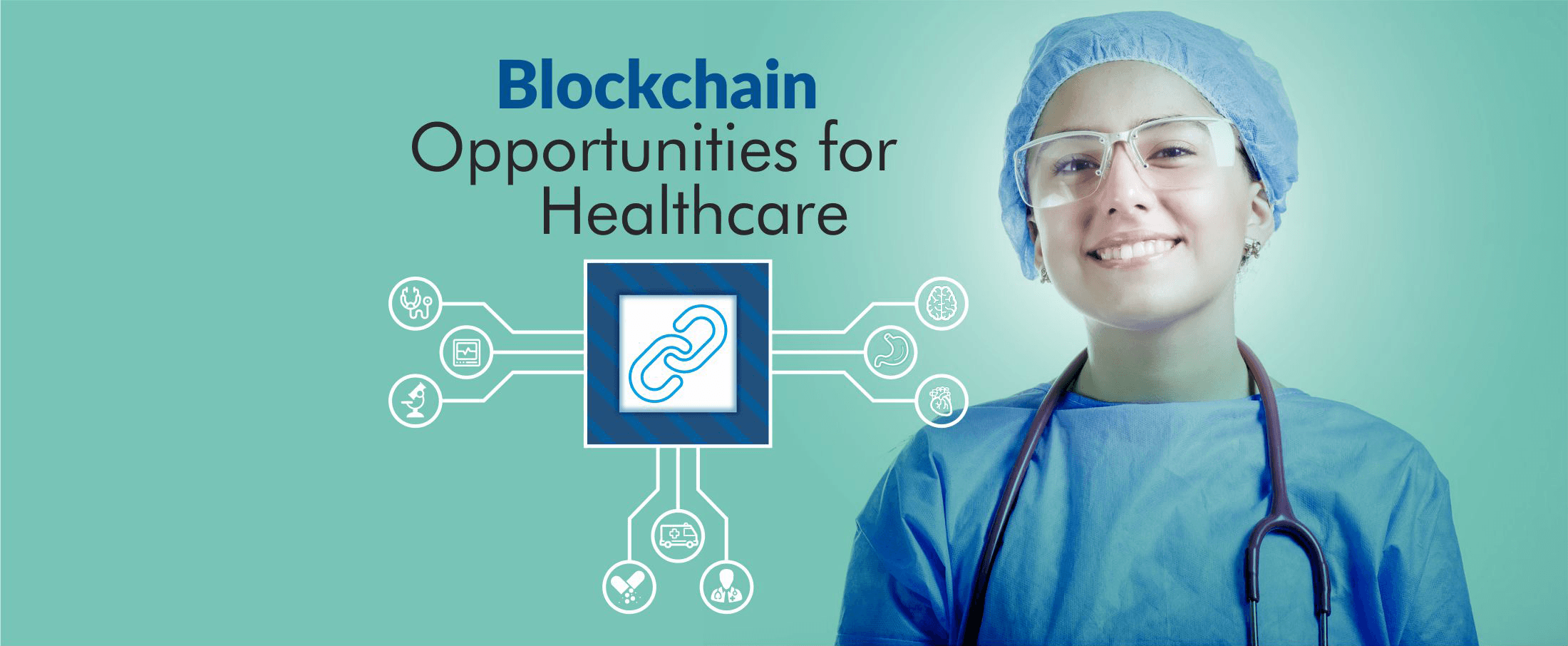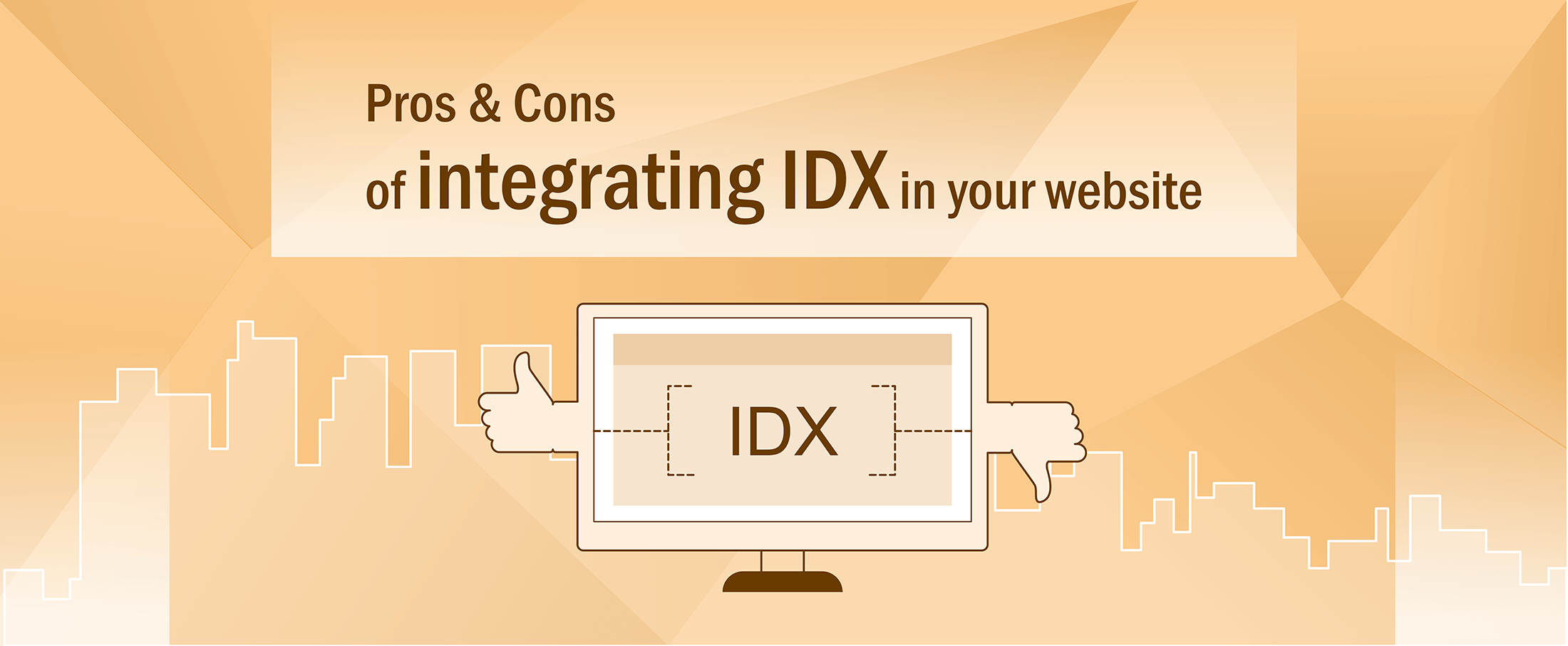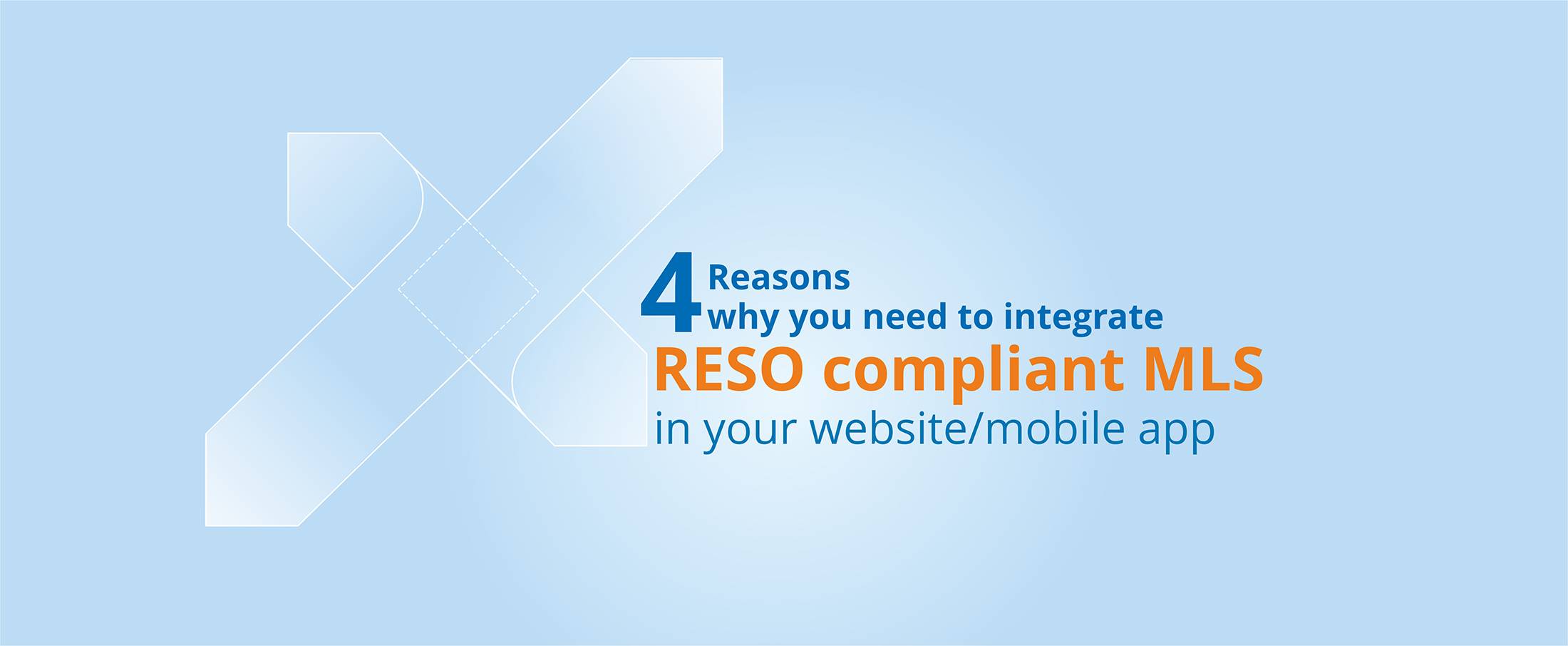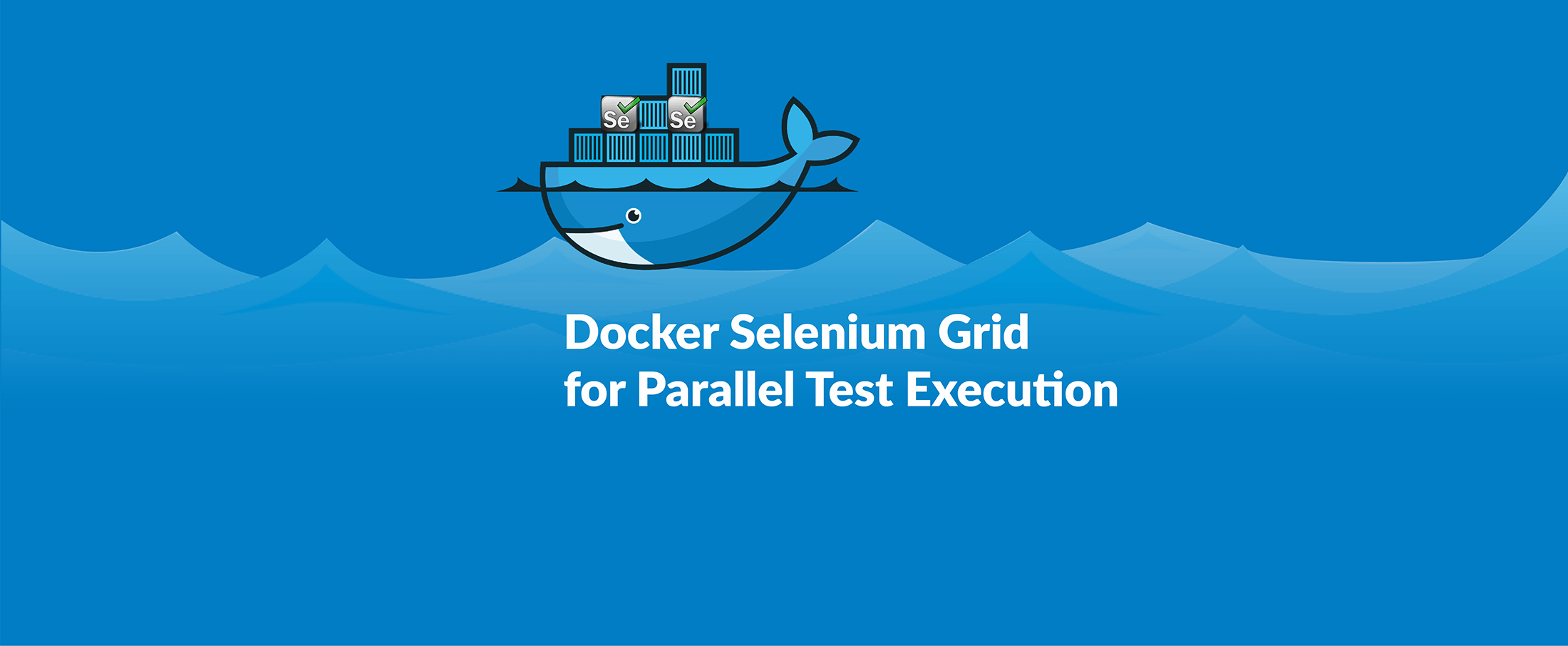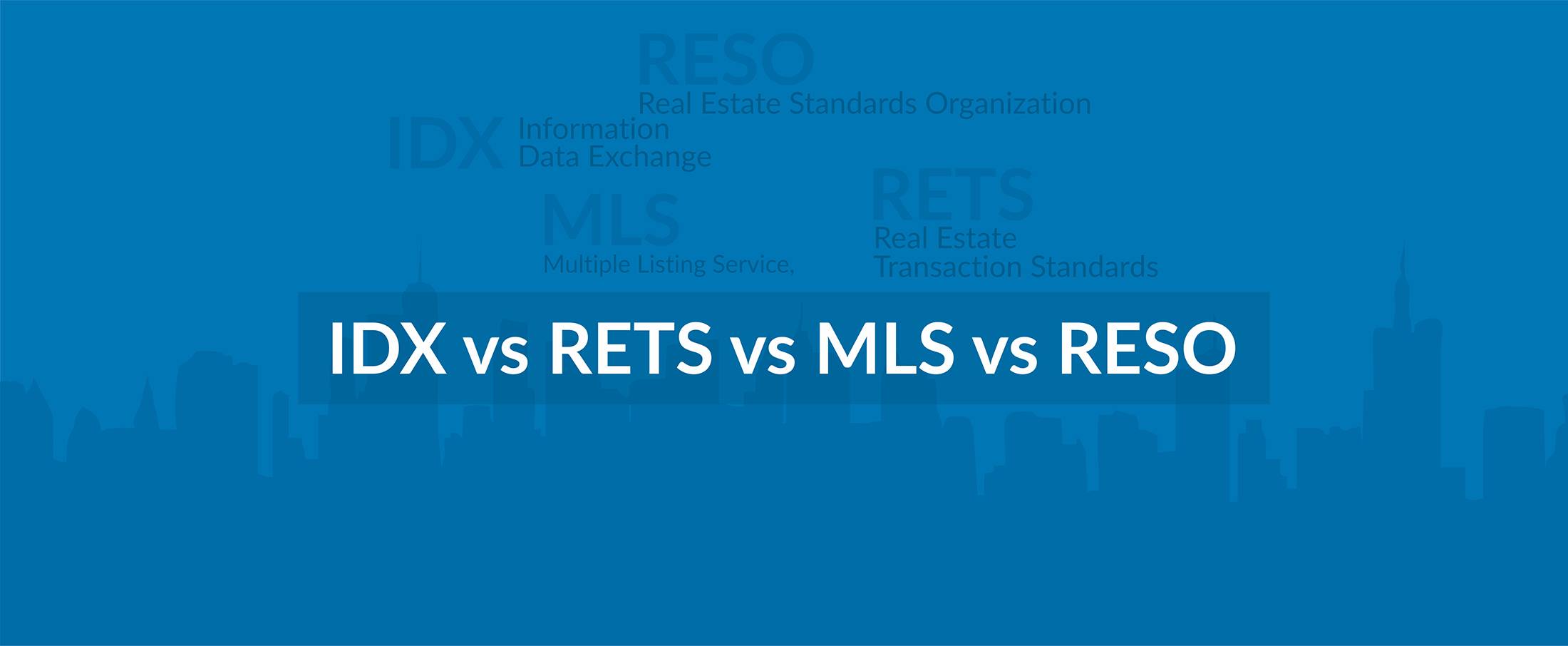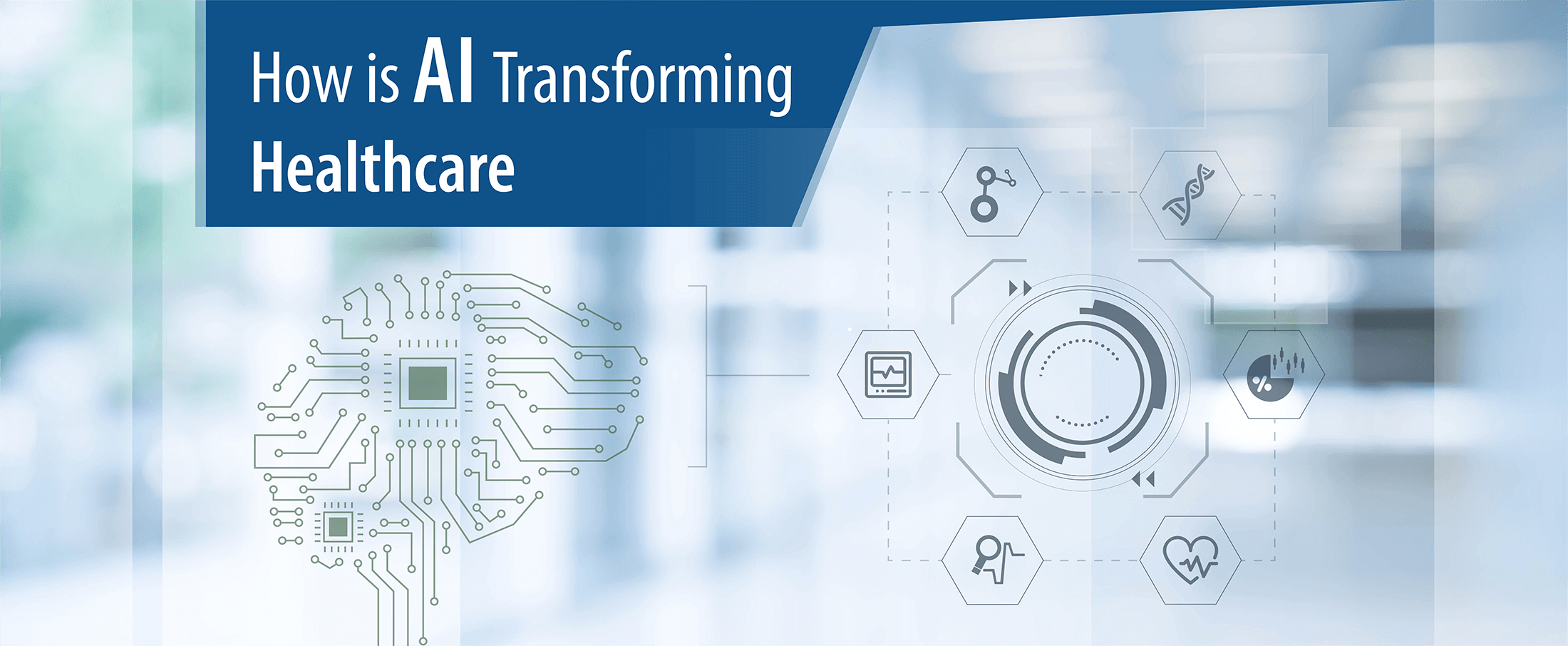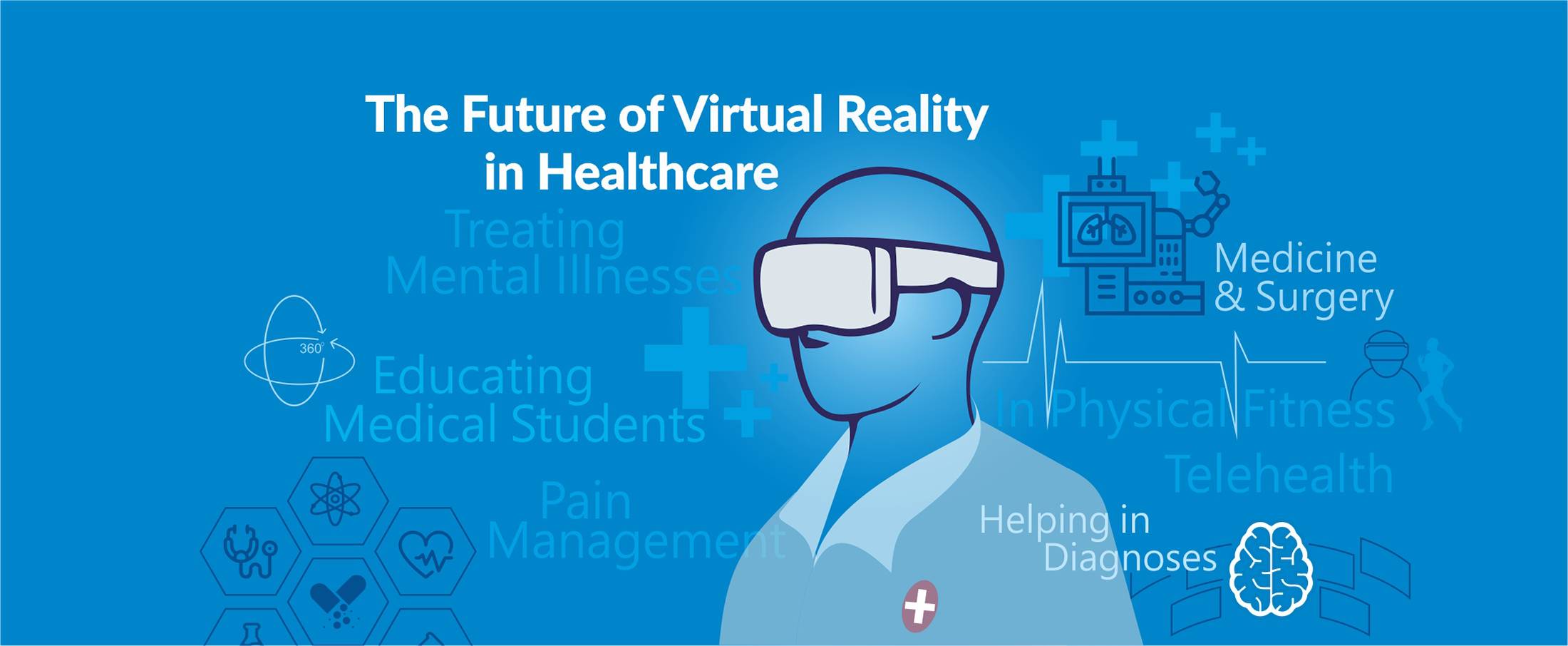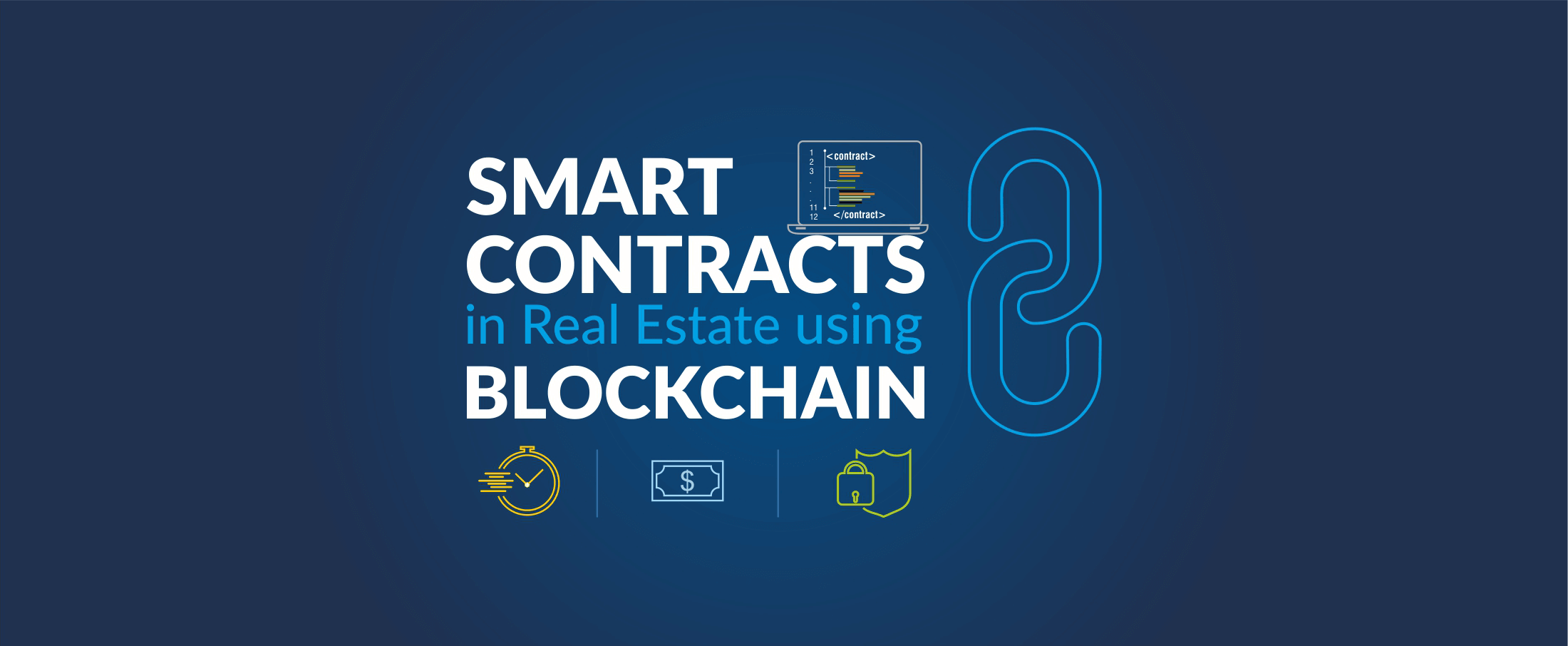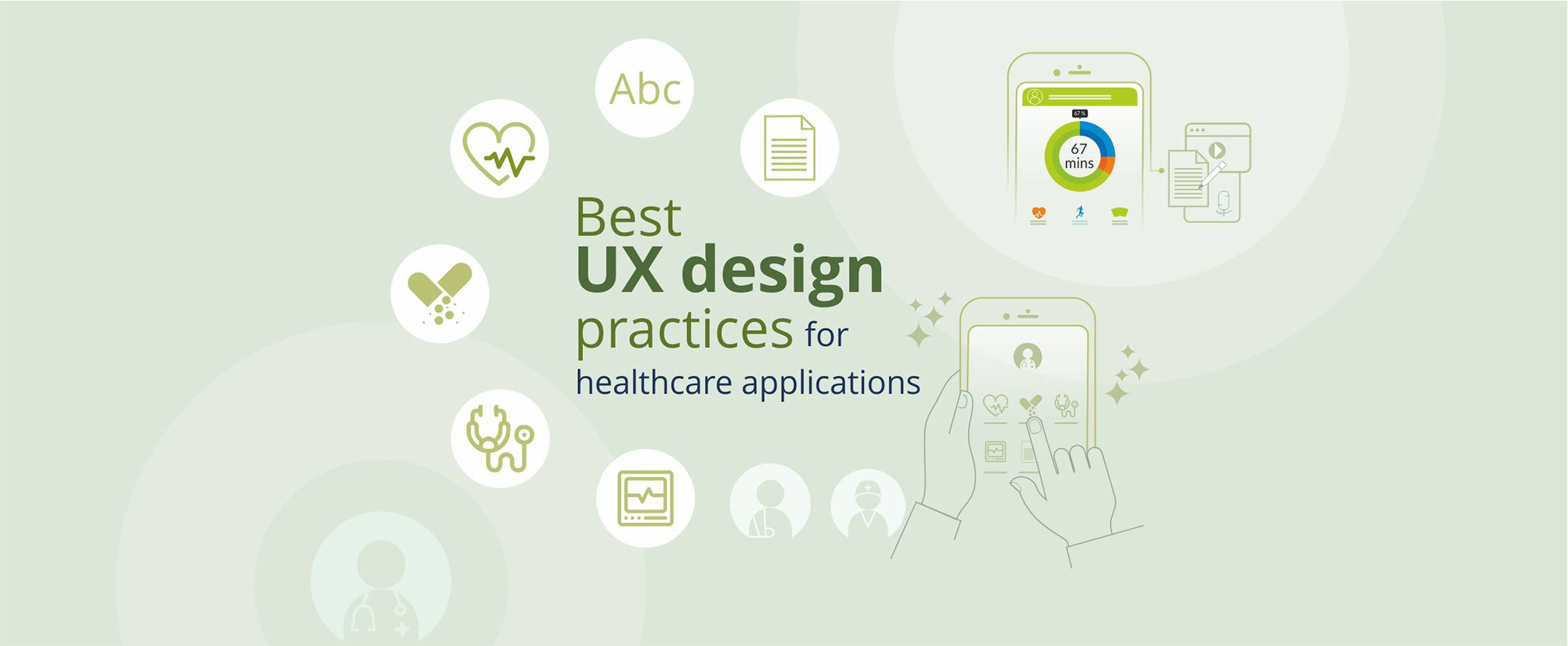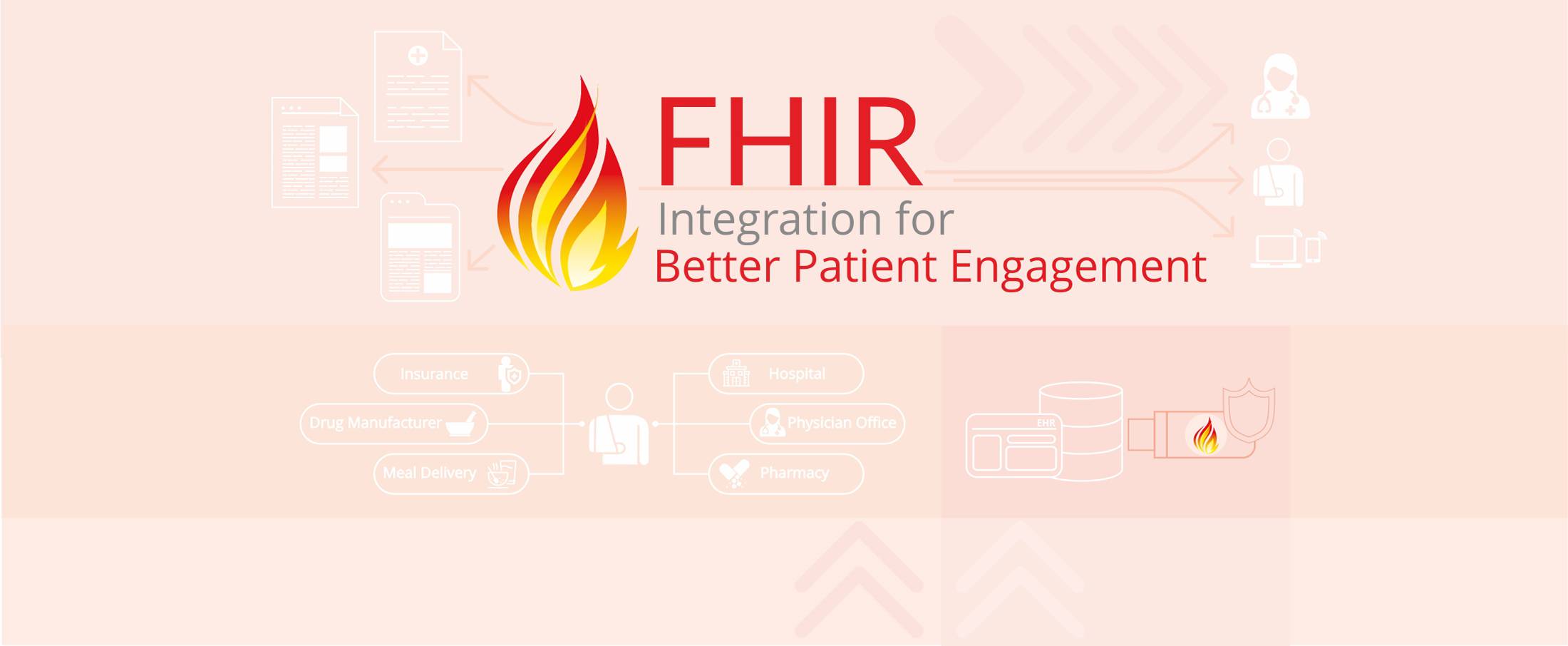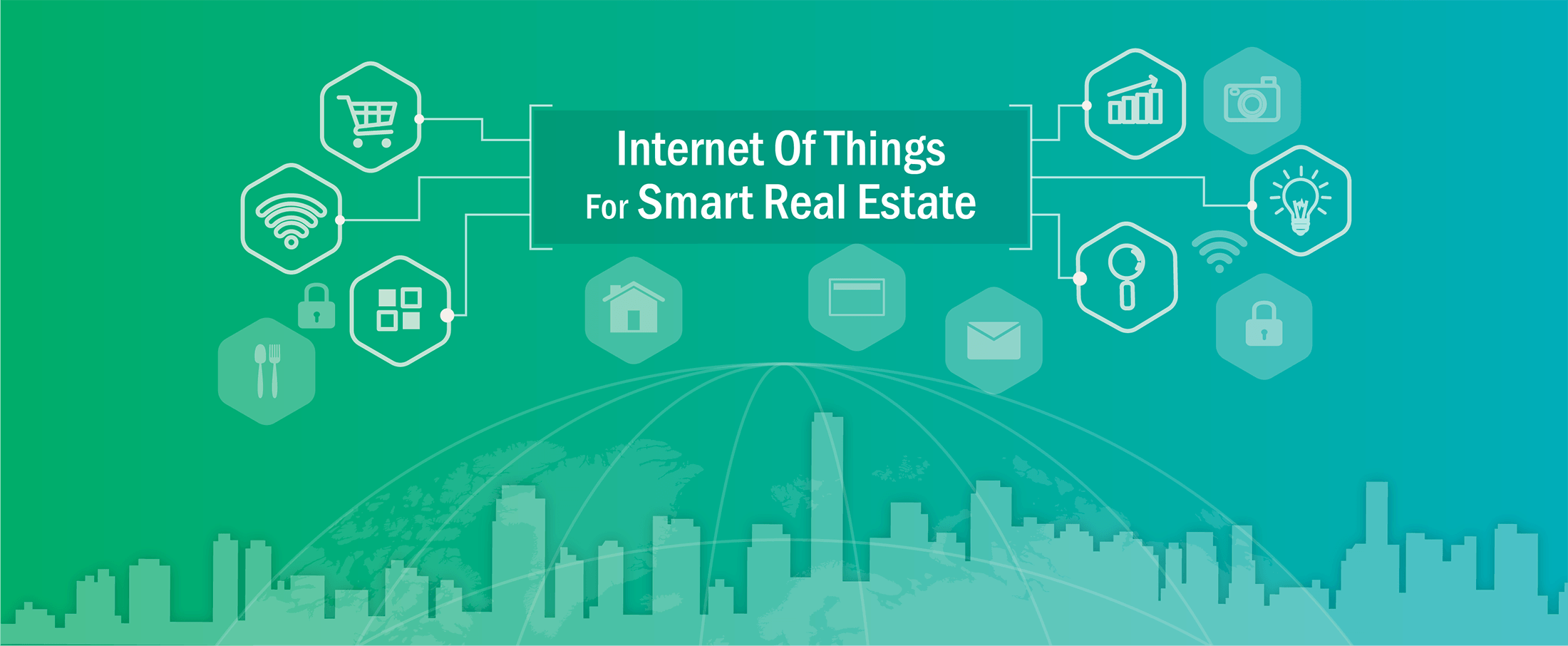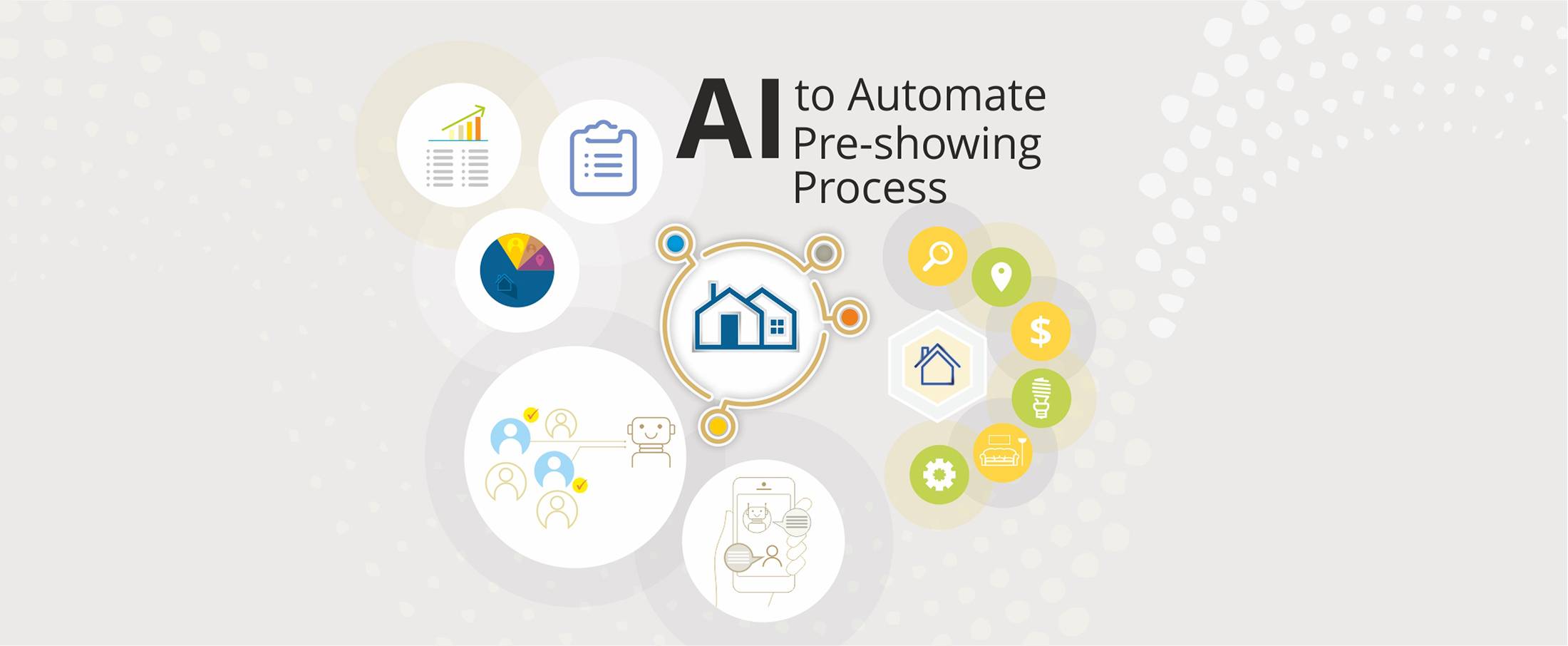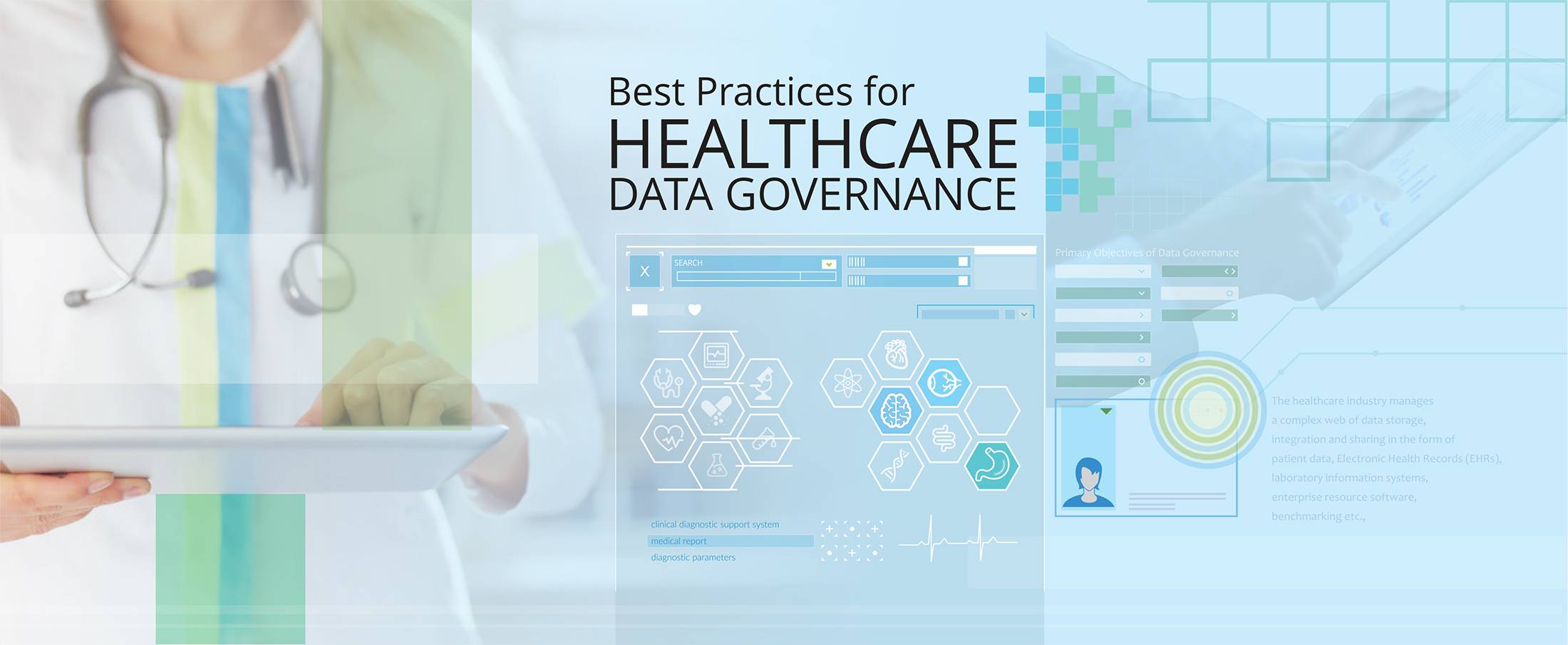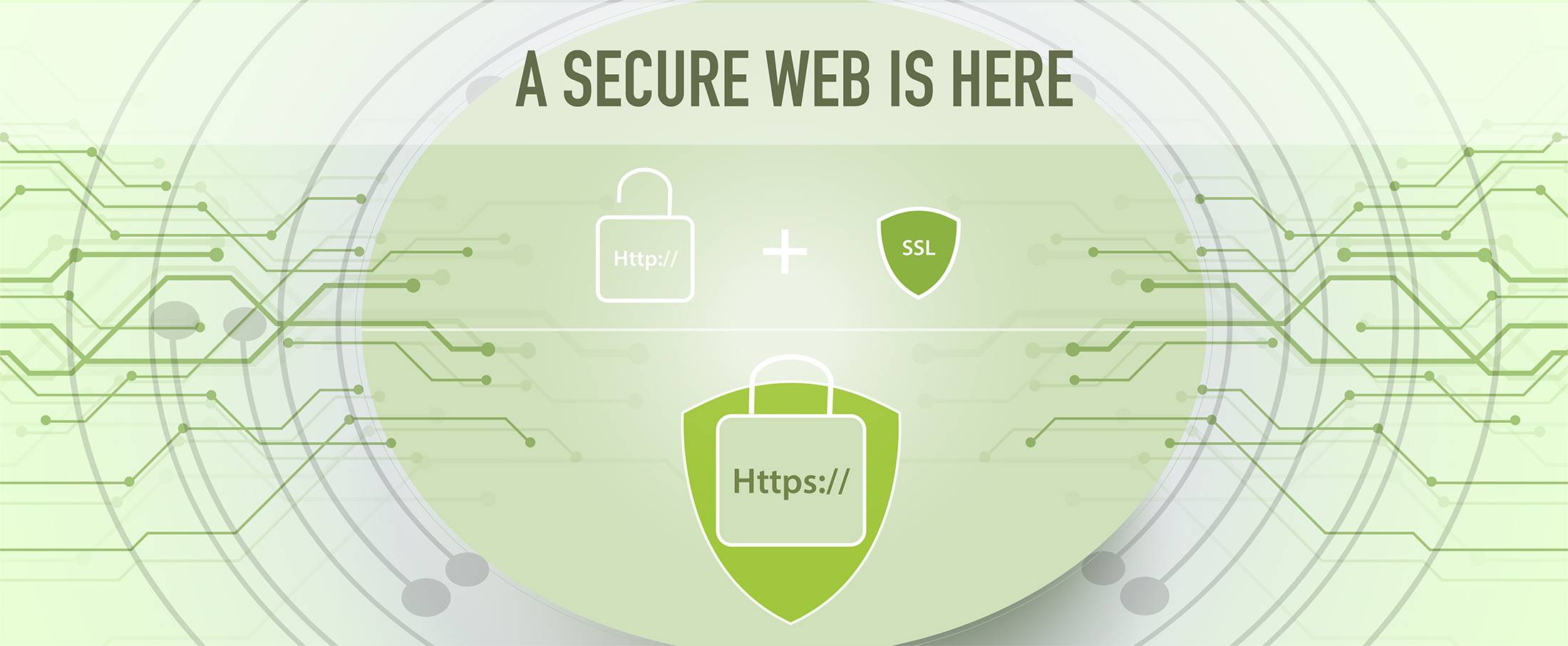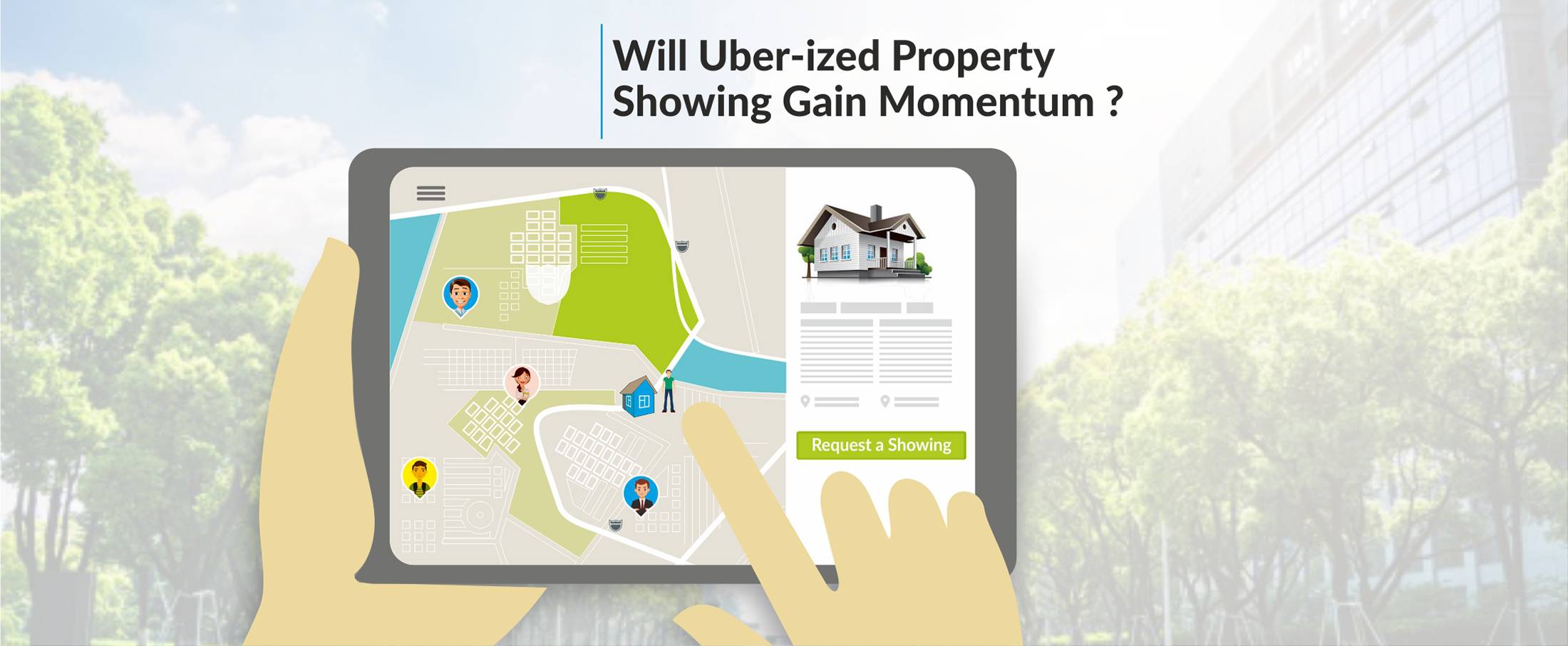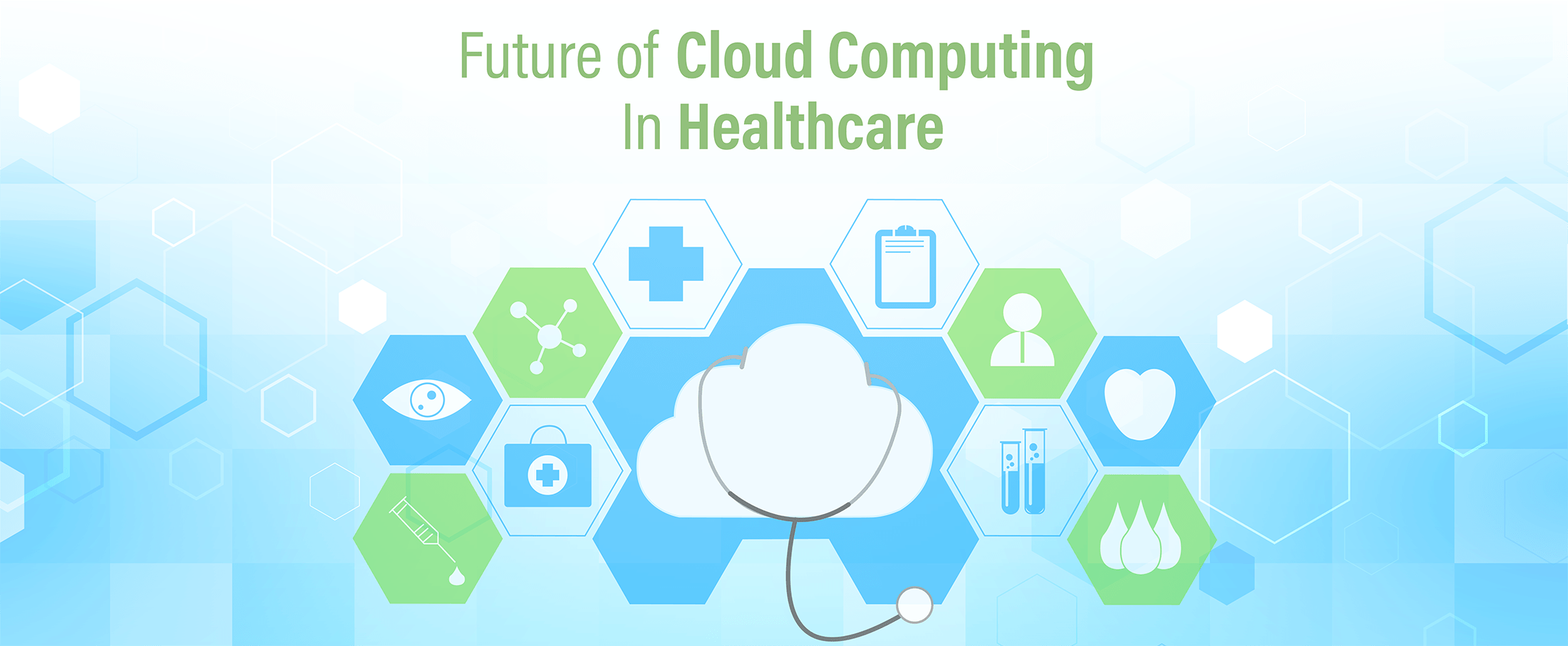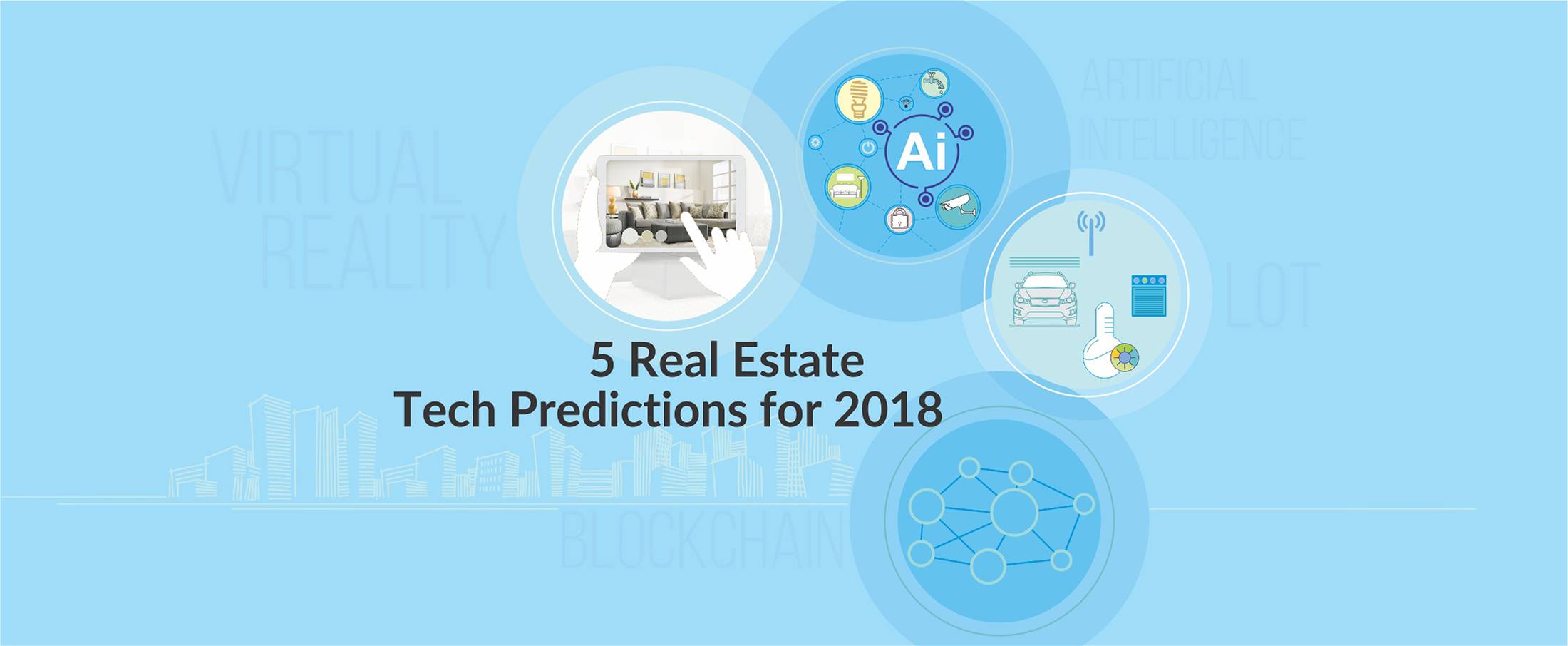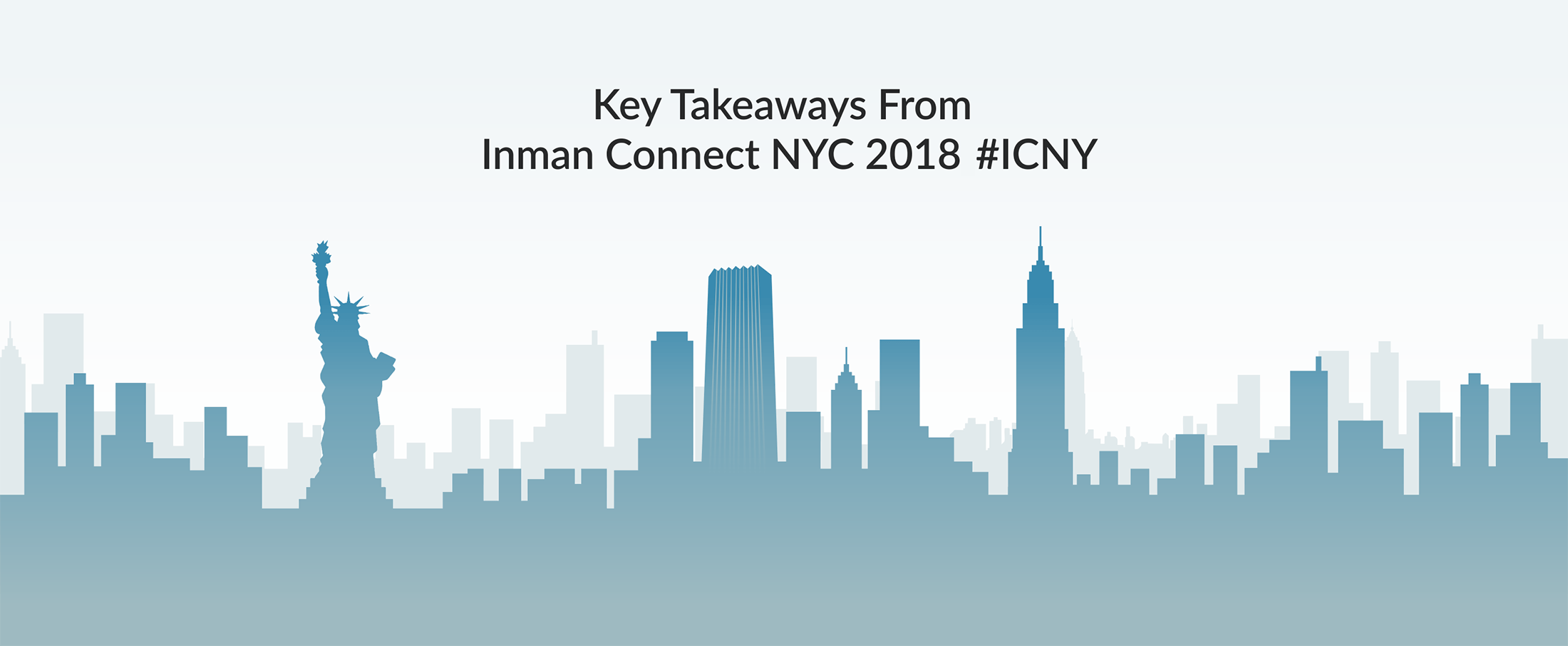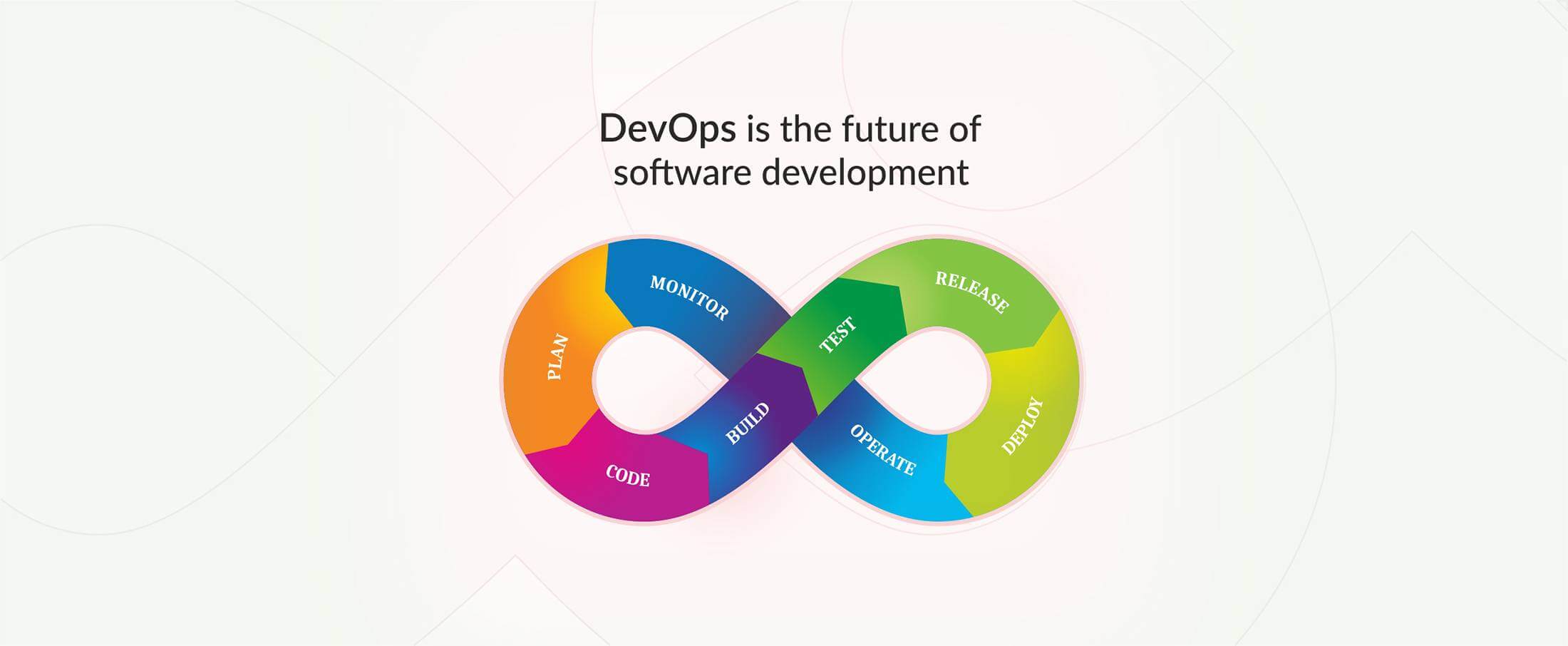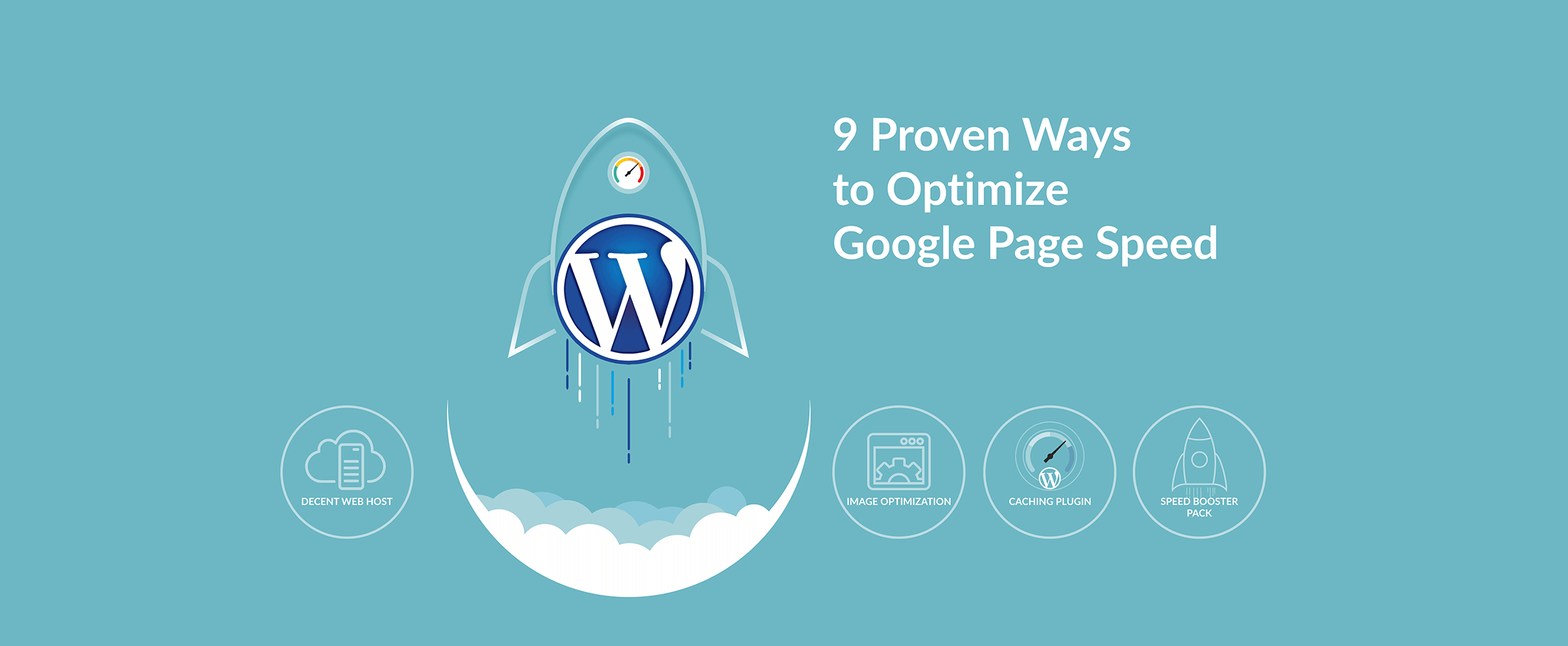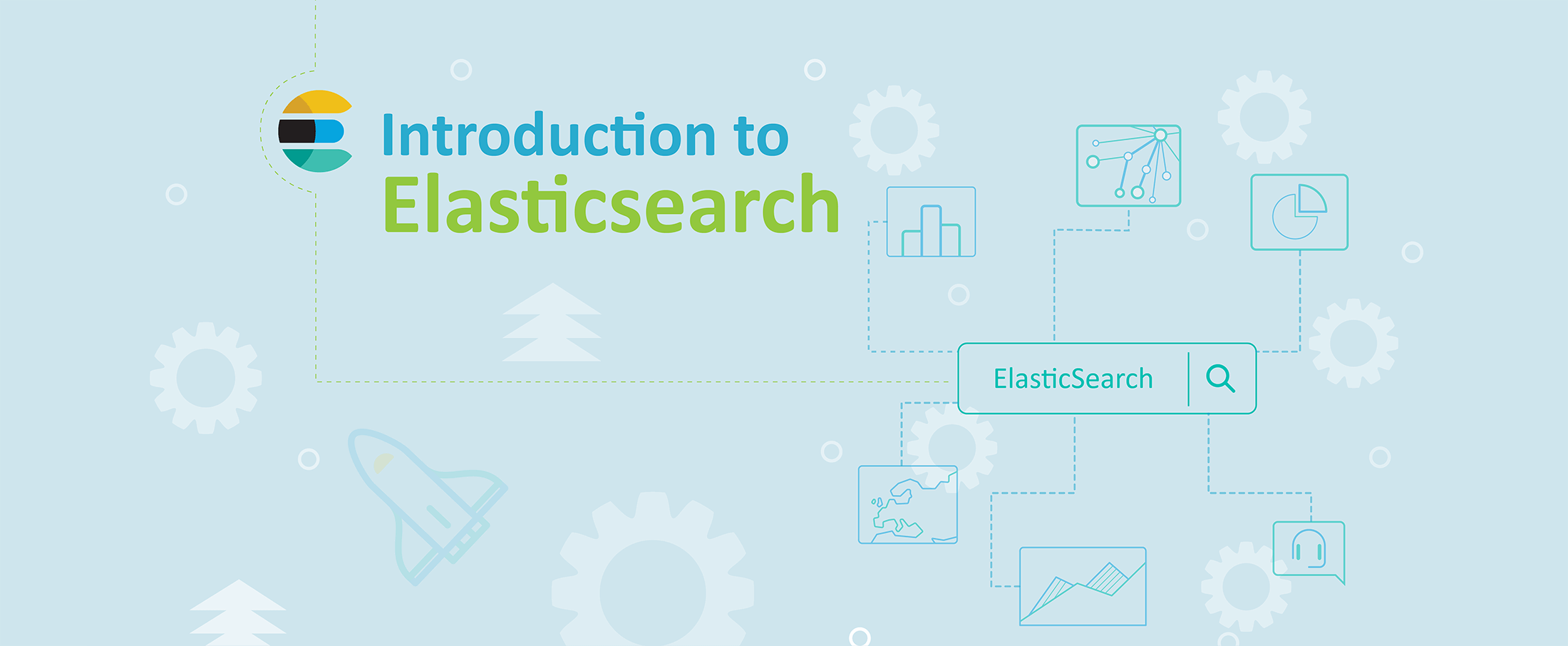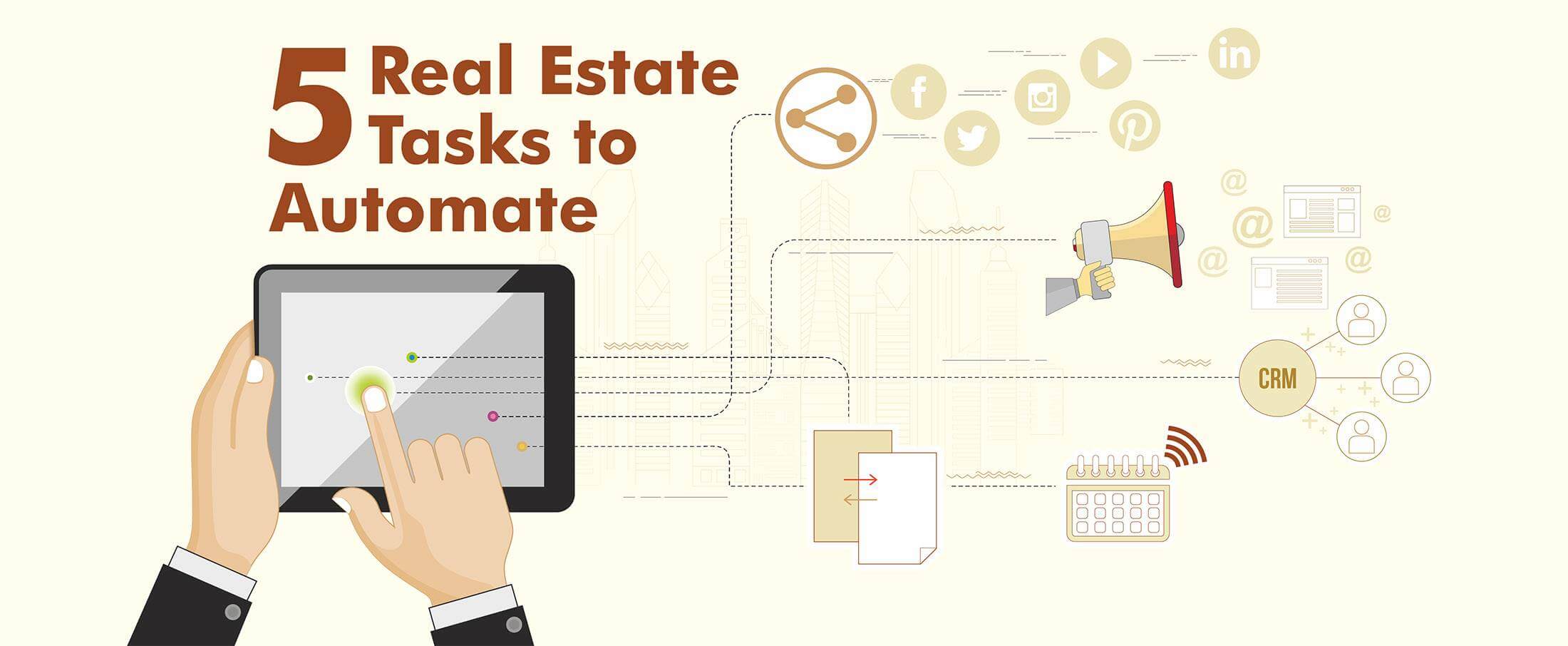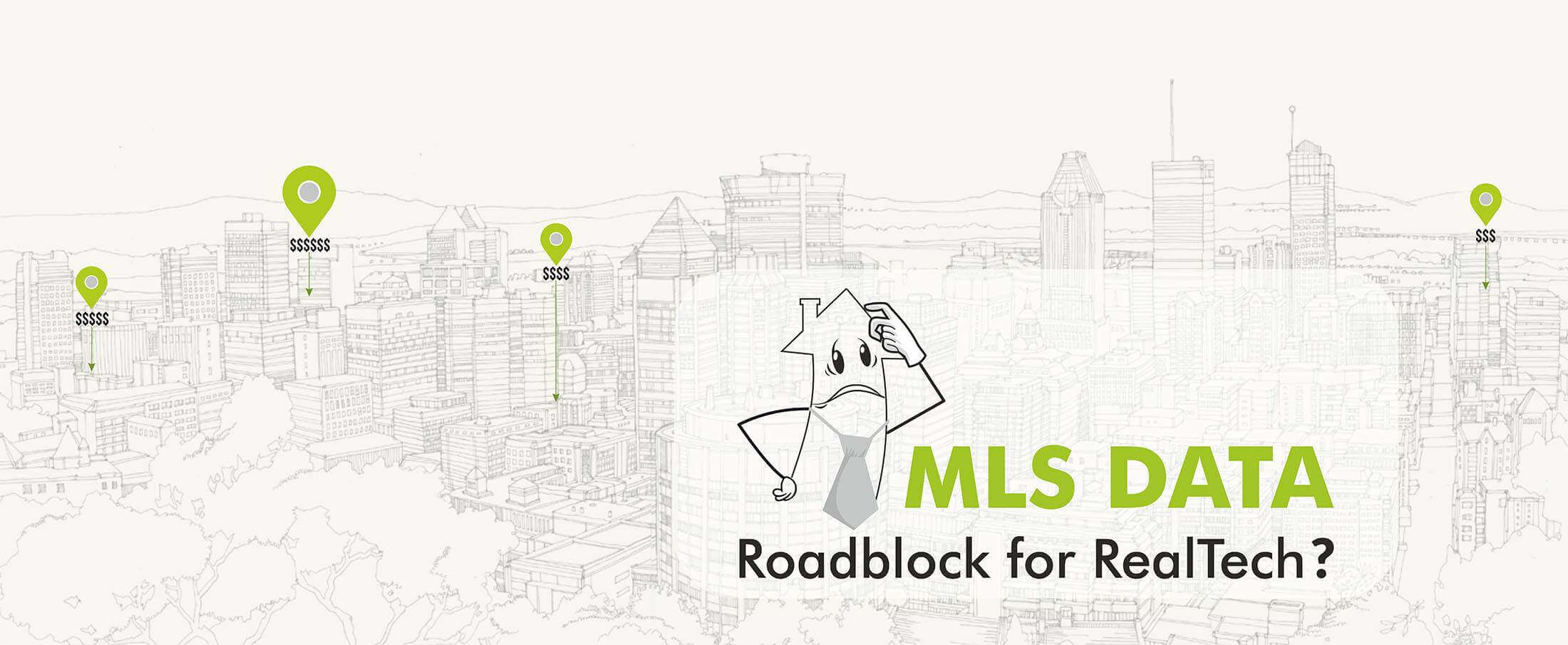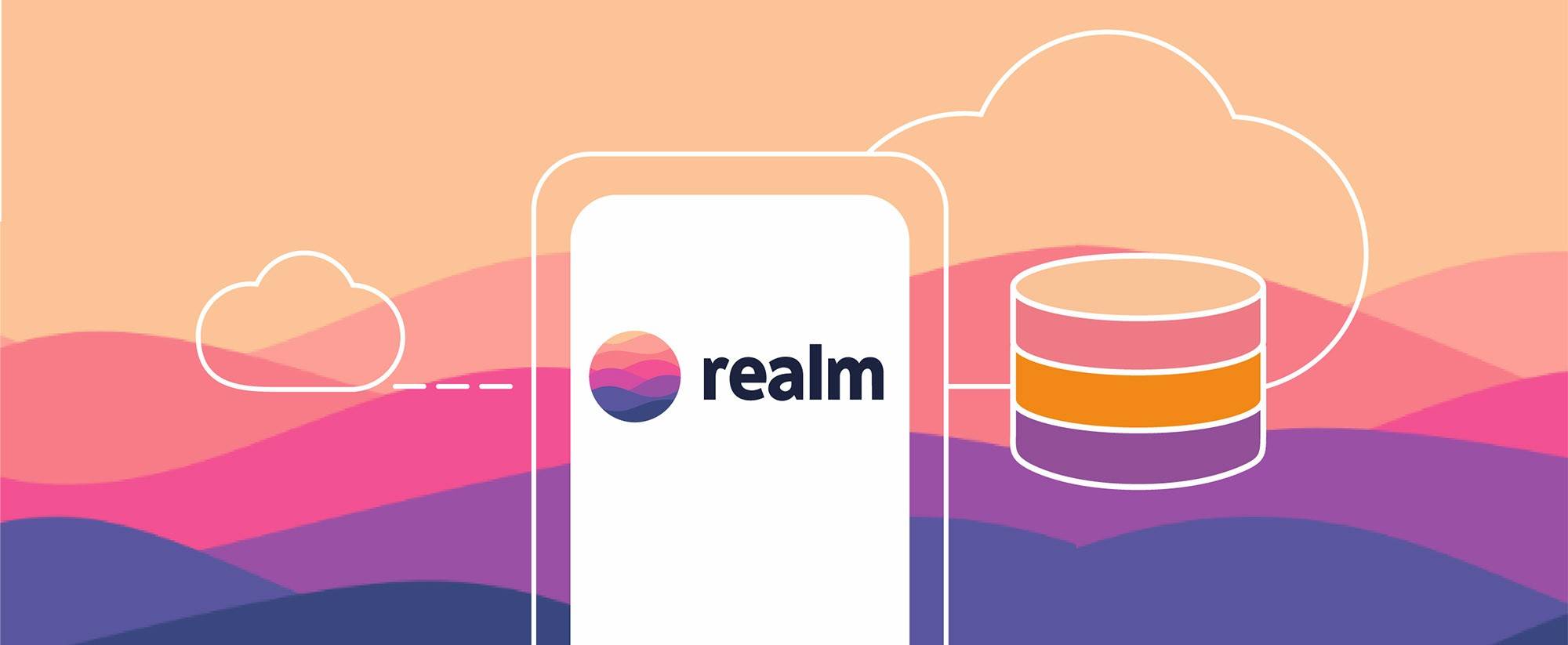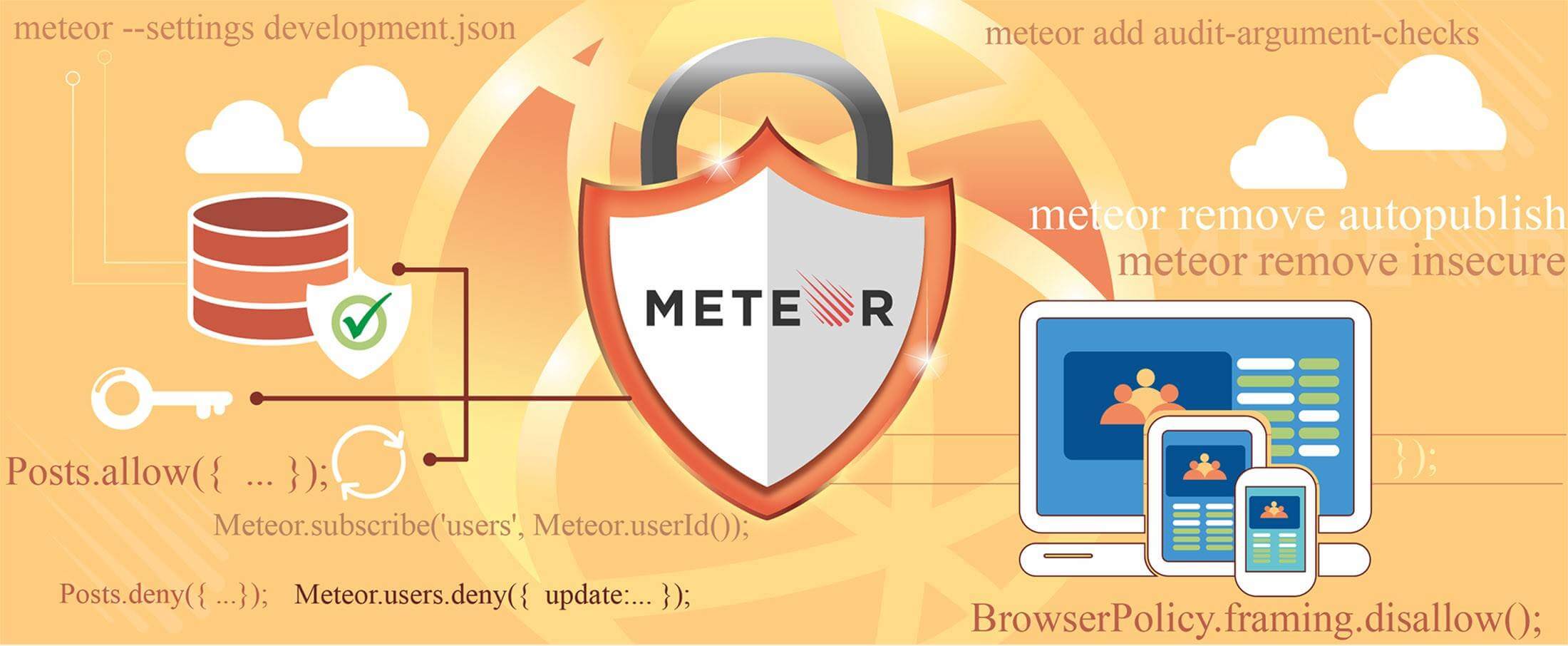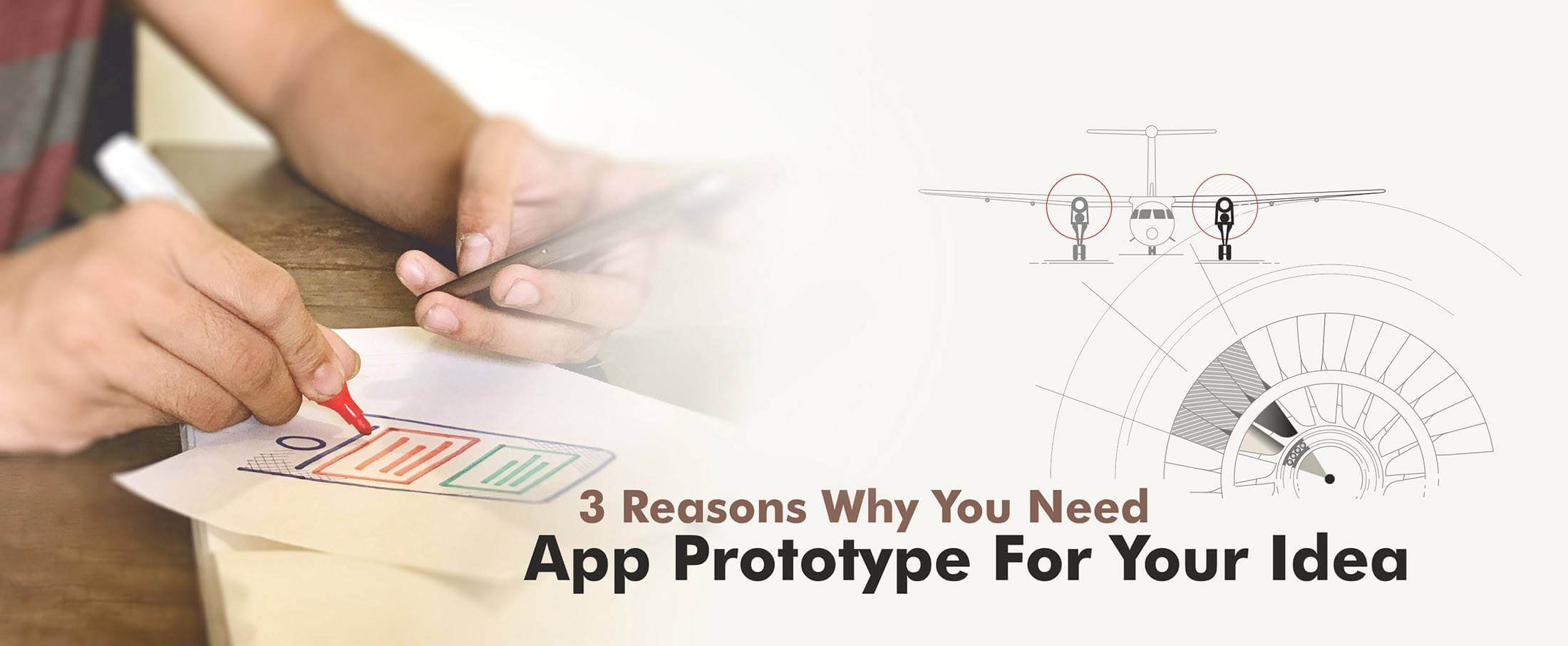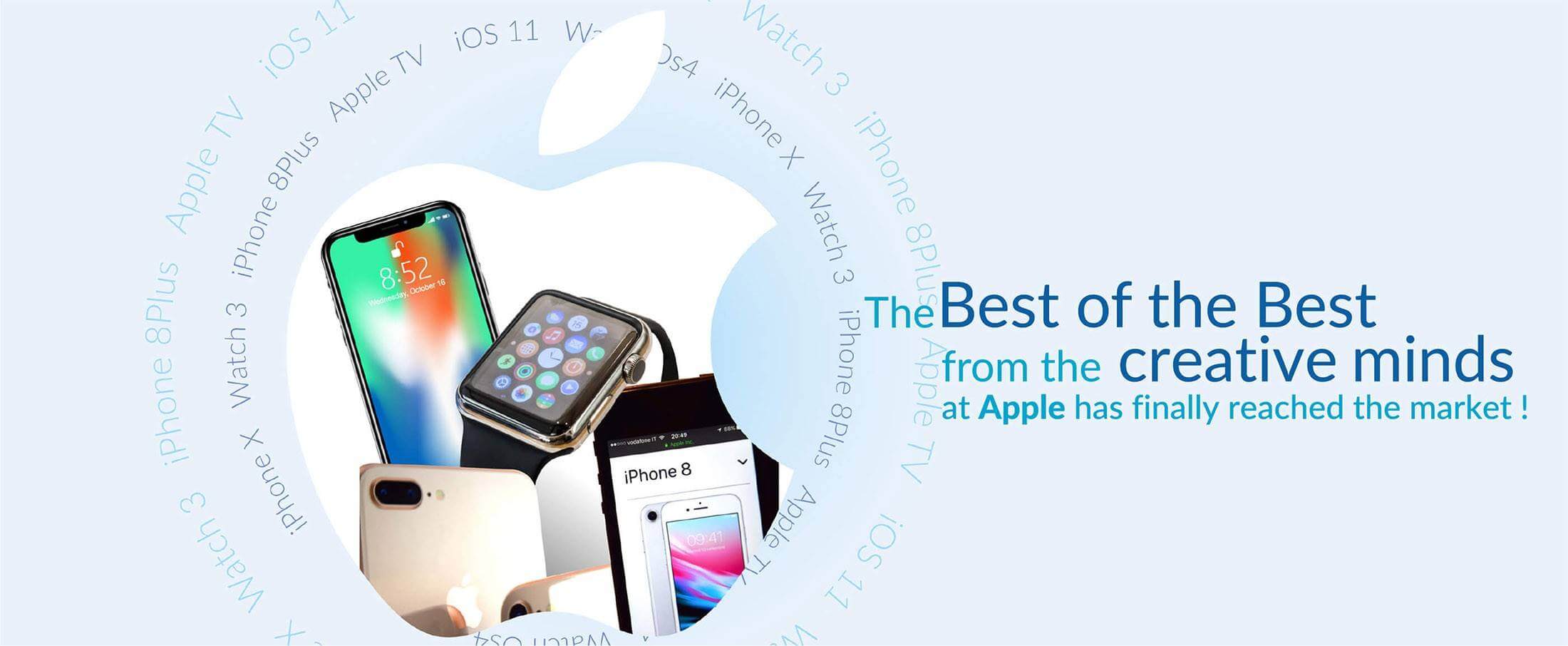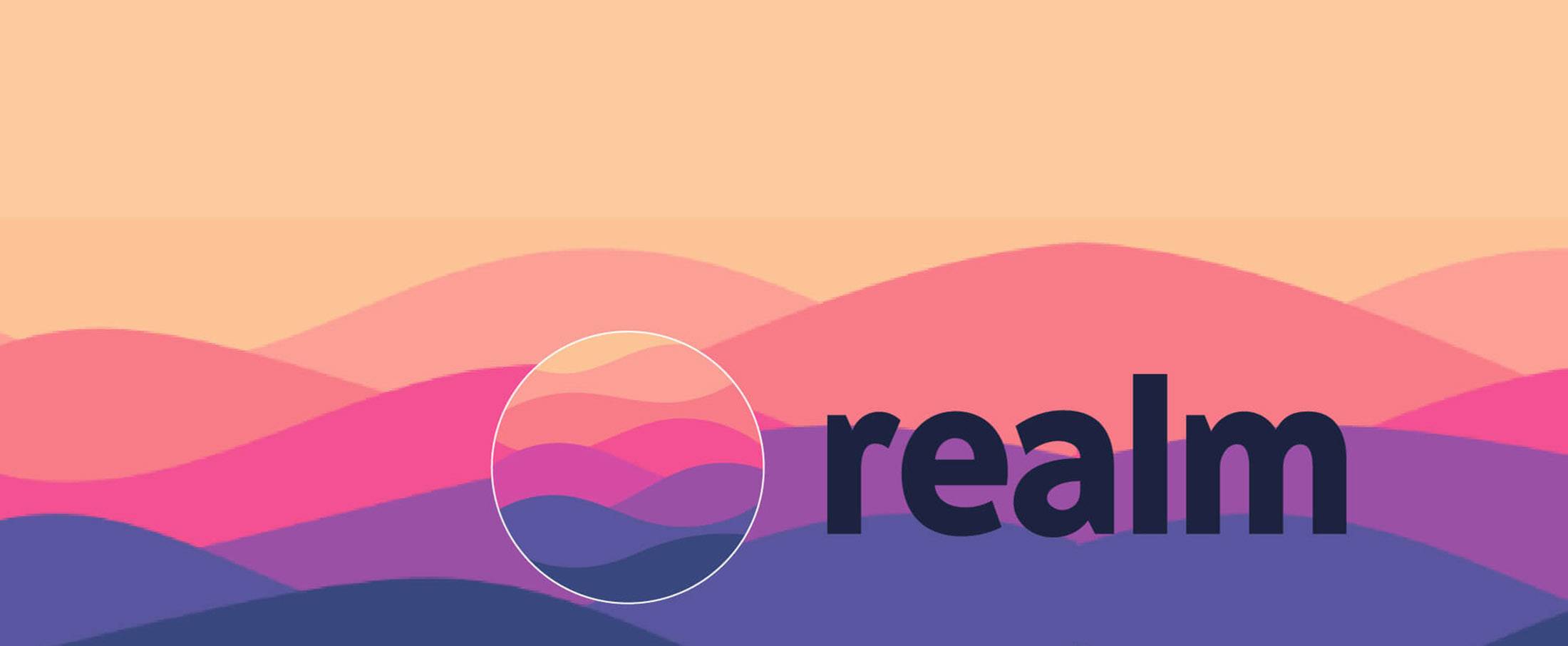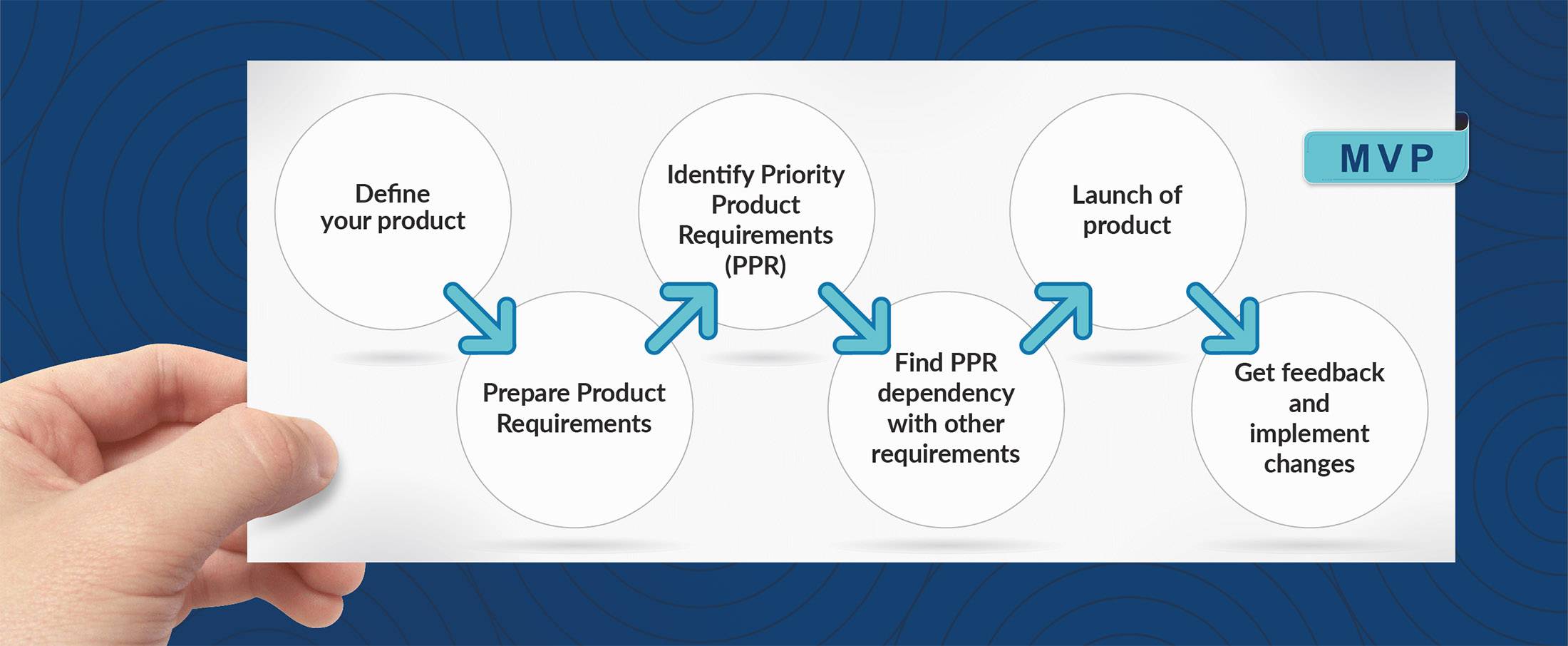8 Healthcare Tech Trends to watch out for in 2019
8 Healthcare Tech Trends to watch out for in 2019
The healthcare industry has seen a slow but steady disruption in terms of adapting technology and automation to increase its performance and efficiency. Over the years, the focus has shifted from products and services to a more solutions-based approach. Big data, healthcare analytics and telehealth are some of the latest buzzwords and their contributions to the healthcare have been considerable. 2018 has been a big year for healthcare tech, but 2019 is seeing some transformations in terms of innovation and solutions.
A Smart Car
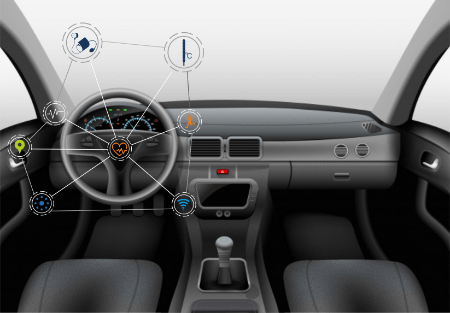
Known as automotive active health monitoring systems, this technology is quite recent and started to gain traction last year. It is estimated to increase at a 67% compounded annual rate until 2026. Basically, it is a smart car with devices that will measure passive vital signs like pulse, heart rate, blood pressure, body temperature, posture etc. The devices will be installed in all the accessories and parts that come into contact with humans and the data will be stored in the cloud. Companies such as Audi, Ford, BMW and Mercedes are already in the process of designing such vehicles and we might get to witness such a car in action in 2019.
Smartwatches
The smartwatch is taking a step further in terms of providing medically-relevant information to measure clinical-grade ECG and offer an overall review of the wearer’s health. Some examples of existing ECG smartwatches that have garnered attention are the Omron Heartguide and the Withings Move ECG. Predictions are that healthcare professionals will use smartwatches in clinical practice for diagnosing health issues of patients. How that pans out remains to be seen and we’re quite excited for it!
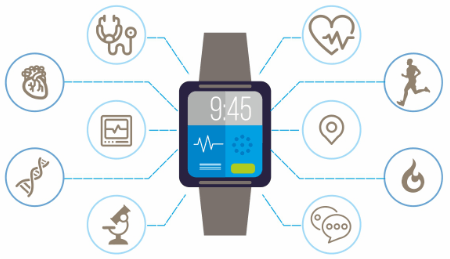
Blockchain

Developments in healthcare tech have brought about a greater need to quicker and more universal accessibility to patient data. Blockchain allows such access and portability among healthcare professionals and organizations by providing a common, open platform that takes care of the issue of trust as well. With patients now consulting multiple healthcare professionals depending on the type of health issue, access to records facilitates better and more efficient treatment. It also saves the time and resources spent in conducting routine tests and removes the danger of a misdiagnosis or wrong treatment.
Internet of Medical Things (IoMT)
A combination of the Internet of Things (IoT) and telemedicine, IoMT is a new concept that combines a number of wearable devices for monitoring vital signs. It includes EKG and ECG devices to monitor heart activity, as well as measuring pulse, blood sugar levels, blood pressure levels, and even skin temperature. IoMT is beneficial in terms of quality of patient treatment, profitability and the speed of treatment, consequently offering patients a positive experience. According to Frost and Sullivan, 60% of healthcare organizations had adopted IoT or IoMT in 2017 and this number is expected to rise to 20-30 billion devices in 2020.
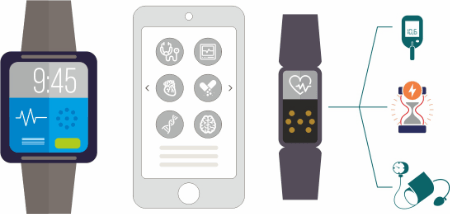
AR/VR/MR in Healthcare
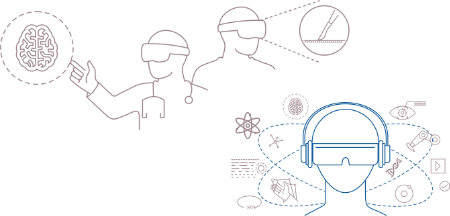
Augmented or virtual reality has been around in the healthcare industry for a while now. Since its introduction to healthcare, this technology has made massive contributions and solved many long-standing issues. For instance, it is used to train medical students by simulating medical procedures and asking students to treat a patient virtually. This helps prepare them better by offering a more realistic experience than simply viewing a procedure. It is also used to create stimulating and interactive virtual environments to treat patients who have dementia or have suffered from a stroke, among other uses.
Chatbots
There are many uses of chatbots in healthcare tech. For instance, they are great for answering patient queries, or as ‘assistants’ for elderly or critical patients to hand out medicine reminders or other important instructions. Similarly, medical professionals are now making use of ‘digital assistants’ to perform a variety of tasks right from scheduling and remembering appointments to billing procedures and medicine refills. This has revolutionized small processes and enabled organizations to save both time and cost whilst making patient-related procedures quick and efficient.
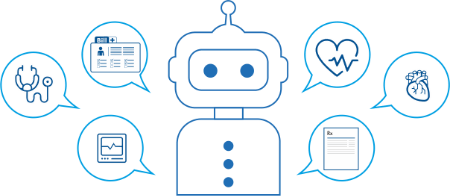
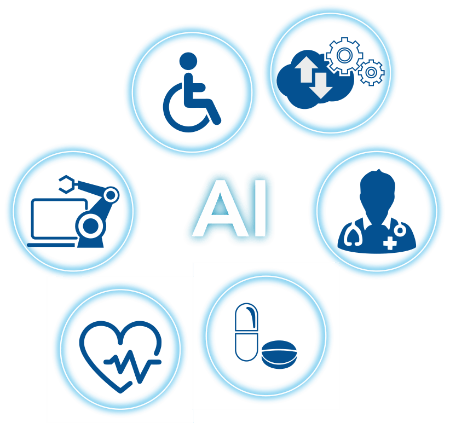
Artificial Intelligence
AI has greatly facilitated healthcare professionals in terms of faster and more accurate diagnoses. It processes information and provides decision-making data quickly and efficiently. Analytics has also helped healthcare professionals to diagnose pre-existing or predisposing health issues by monitoring current vital statistics.
Telemedicine
Telemedicine was large in 2018 and it looks like that trend is set to continue this year too. Telemedicine is particularly useful where patients have lack of access to carers owing to limited availability of professionals or even mobility issues in the case of elderly or critical patients. This technology helps caregivers connect to patients virtually and offer their services, thereby ensuring that patients are cared for effectively.
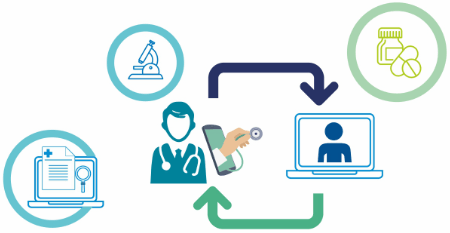
Parting Thoughts
A lot of what was already there in 2018 is set to repeat itself in 2019. Some technologies will evolve to accommodate more features and functionalities. The aim of healthcare tech in 2019 is to provide faster and more accurate solutions to patients in terms of diagnoses and administrative processes while saving time and optimizing costs.
- Artificial Intelligence
- Blockchain
- Chat Bots
- EHR
- EMR
- Healthcare
- IoMT
- Smart Car
- Smart Watches
- Telehealth
- Telemedicine
- Virtual Reality
Mobifilia
4 April 2019
